A World Heritage Site is a landmark or area with legal protection by an international convention guarded by the United Nations Educational, Scientific and Cultural Organization (UNESCO). World Heritage Sites are designated by UNESCO for having cultural, historical, scientific or other forms of significance. World Heritage is the designation for places on Earth that are of outstanding universal value to humanity and as such, have been inscribed on the World Heritage List to be protected for future generations to appreciate and enjoy. There are three types of sites cultural, natural, and mixed. Let’s have a look into all the World Heritage Sites in India.
There are 38 World Heritage Sites in India. These include 29 cultural sites, 8 natural sites and 1 mixed-criteria site. India has the sixth-largest number of sites in the world. With Maharashtra having 5 sites the most number of world heritage sites in an Indian state.
List of World Heritage Sites in India
| Sr. No. | World Heritage Sites | Region | Period | Inscription & Extensions |
| 1 | Ajanta Caves | Aurangabad, Maharashtra | 2nd century BC to the 6th century | 1983 |
| 2 | Ellora Caves | Aurangabad, Maharashtra | 600 to 1000 AD | 1983 |
| 3 | Agra Fort | Agra, Uttar Pradesh | 16th century | 1983 |
| 4 | Taj Mahal | Agra, Uttar Pradesh | 17th century | 1983 |
| 5 | Sun Temple, Konârak | Puri, Odisha | 13th-century | 1984 |
| 6 | Group of Monuments at Mahabalipuram | Mahabalipuram, Tamil Nadu | 7th and 8th centuries | 1984 |
| 7 | Kaziranga National Park | Assam | 20th century | 1985 |
| 8 | Manas Wildlife Sanctuary | Assam | 20th century | 1985 |
| 9 | Keoladeo National Park | Bharatpur, Rajasthan | 1981 | 1985 |
| 10 | Churches and Convents of Goa | Velha Goa (Old Goa), Goa | 16th and 18th centuries | 1986 |
| 11 | Khajuraho Group of Monuments | Madhya Pradesh | 950 AD to 1050 AD | 1986 |
| 12 | Group of Monuments at Hampi | Ballari, Karnataka | 14th and 16th centuries | 1986 |
| 13 | Fatehpur Sikri | Agra, Uttar Pradesh | 16th century | 1986 |
| 14 | Group of Monuments at Pattadakal | Bagalkot, Karnataka | 8th century | 1987 |
| 15 | Elephanta Caves | Elephanta Island, Maharashtra | 5th to 8th centuries | 1987 |
| 16 | Great Living Chola Temples | Brihadeeswarar temple, Gangaikonda Cholapuram, Airavateshwarar Temple, Darasuram, Brihadeeswarar Temple, Thanjavur, Tamil Nadu | 11th and 12th century | 1987 |
| 17 | Sundarbans National Park | West Bengal | 1939 and 1982 | 1987 |
| 18 | Nanda Devi and Valley of Flowers National Parks | Uttarakhand | 1939 and 1982 | 1988, 2005 |
| 19 | Buddhist Monuments at Sanchi | Raisen, Madhya Pradesh | 2nd and 1st centuries BC to the 12th century AD | 1989 |
| 20 | Humayun’s Tomb | Delhi | 1572 | 1993 |
| 21 | Qutb Minar and its Monuments, Delhi | Delhi | Late 12th century | 1993 |
| 22 | Mountain Railways of India | Darjeeling Himalayan Railway (1999), Darjeeling, West Bengal Nilgiri Mountain Railway (2005) Ooty, Tamil Nadu Kalka-Shimla Railway, Himachal Pradesh (2008) | 19th and early 20th centuries | 1999, 2005, 2008 |
| 23 | Mahabodhi Temple Complex at Bodh Gaya | Gaya, Bihar | 3rd century BC, 5th and 6th century AD and 19th century | 2002 |
| 24 | Rock Shelters of Bhimbetka | Raisen, Madhya Pradesh | 30,000 years | 2003 |
| 25 | Chhatrapati Shivaji Terminus (formerly Victoria Terminus) | Mumbai, Maharashtra | 1887–1888 | 2004 |
| 26 | Champaner-Pavagadh Archaeological Park | Panchmahal, Gujarat | Prehistoric and 8th to 14th centuries | 2004 |
| 27 | Red Fort Complex | Delhi | 1648 | 2007 |
| 28 | The Jantar Mantar | Jaipur, Rajasthan | 1727 and 1734 | 2010 |
| 29 | Western Ghats | Agasthyamalai Sub-Cluster, Periyar Sub-Cluster, Anamalai sub-cluster, Nilgiri sub-cluster, Talakaveri Sub-Cluster, Kudremukh Sub-Cluster, Sahyadri Sub-Cluster | 2012 | |
| 30 | Hill Forts of Rajasthan | Chittorgarh, Kumbhalgarh, Sawai Madhopur, Jhalawar, Jaipur, and Jaisalmer in Rajasthan | 7th to 16th centuries | 2013 |
| 31 | Rani ki vav (The Queen’s Stepwell) | Patan, Gujarat | 11th century AD | 2014 |
| 32 | Great Himalayan National Park | Kullu, Himachal Pradesh | 2014 | |
| 33 | Archaeological Site of Nalanda Mahavihara at Nalanda, Bihar | Nalanda, Bihar | 5th to 12th centuries | 2016 |
| 34 | Khangchendzonga National Park | Sikkim | 2016 | |
| 35 | The Architectural Work Of Le Corbusier | Chandigarh, India | 20th century | 2016 |
| 36 | Historic City of Ahmedabad | Ahmedabad, Gujarat | 15th century | 2017 |
| 37 | The Victorian and Art Deco Ensemble of Mumbai | Mumbai, Maharashtra | 1862 | 2018 |
| 38 | Jaipur | Jaipur, Rajasthan | 18 November 1727 | 2019 |
Ajanta Caves
The Ajanta Caves are Buddhists caves built in two phases. The first was from the reign of Emperor Ashoka. The second, further additions were made during the 5th and 6th centuries AD of the Gupta period. The caves depict richly decorated fresco paintings, reminiscent of the Sigiriya paintings and sculptures in Sri Lanka. There are 31 rock-cut cave monuments which are unique representations of the religious art of Buddhism. In 1983, the Ajanta Caves was inscribed as a UNESCO World Heritage site.
Ajanta Caves Images
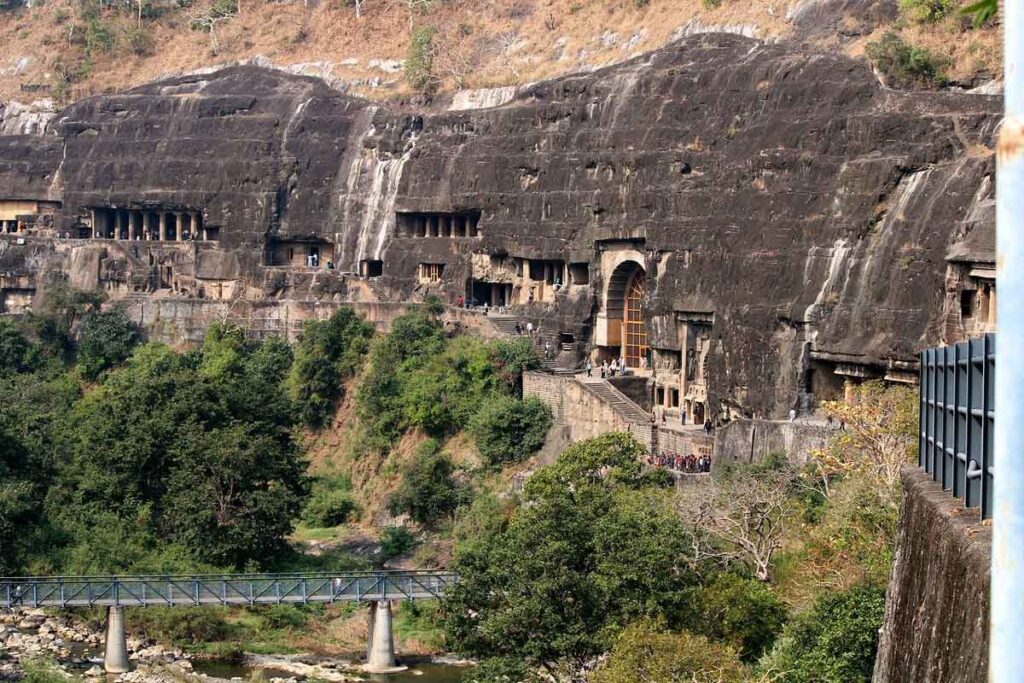
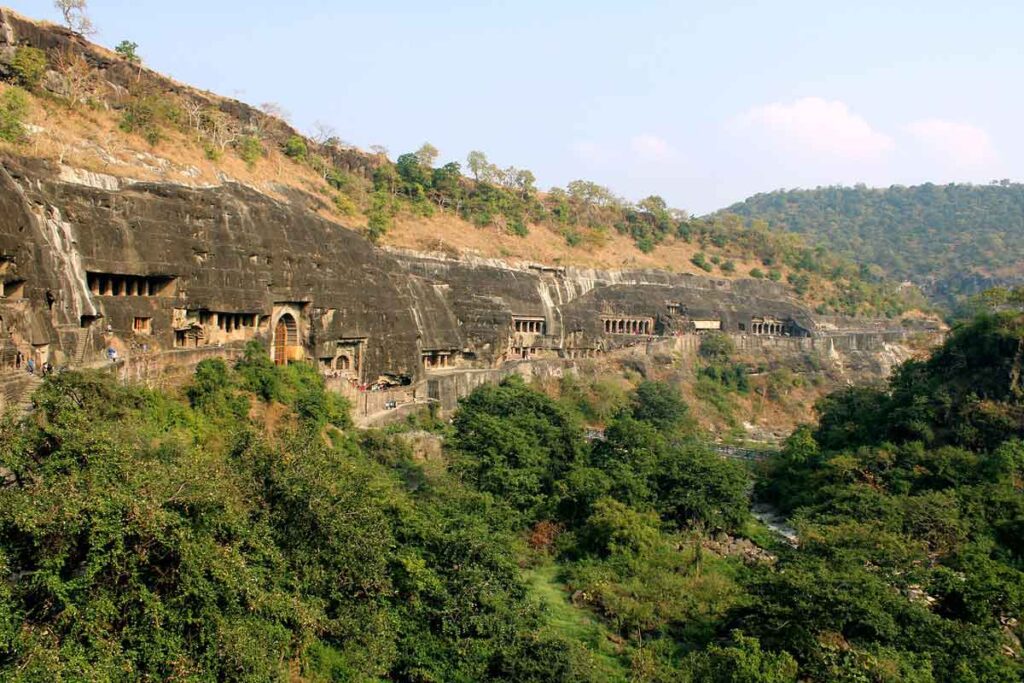
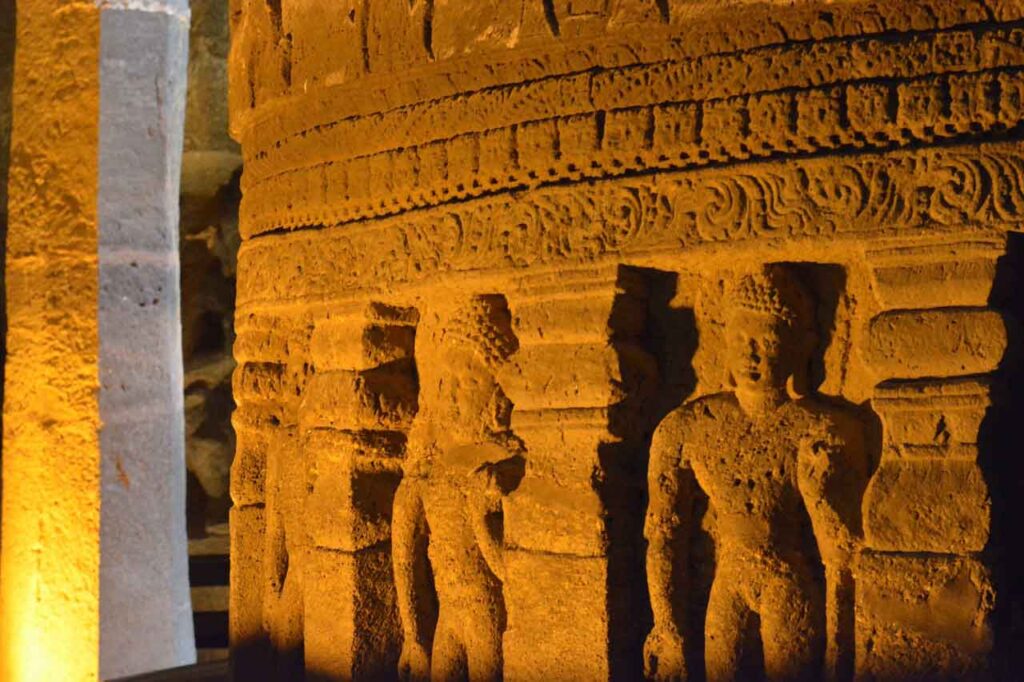
Ellora Caves
About 100 kilometres (62 miles) west of the Ajanta Caves. Ellora caves are one of the largest rock-cut monastery-temple cave complexes in the world, featuring Hindu, Buddhist and Jain monuments, and artwork. There are over 100 caves at the site, all excavated from the basalt cliffs in the Charanandri Hills, 34 of which are open to the public. These consist of 12 Buddhist (caves 1–12), 17 Hindu (caves 13–29) and 5 Jain (caves 30–34) caves. In 1983, the Ellora Caves was inscribed as a UNESCO World Heritage site.
Ellora Caves Images
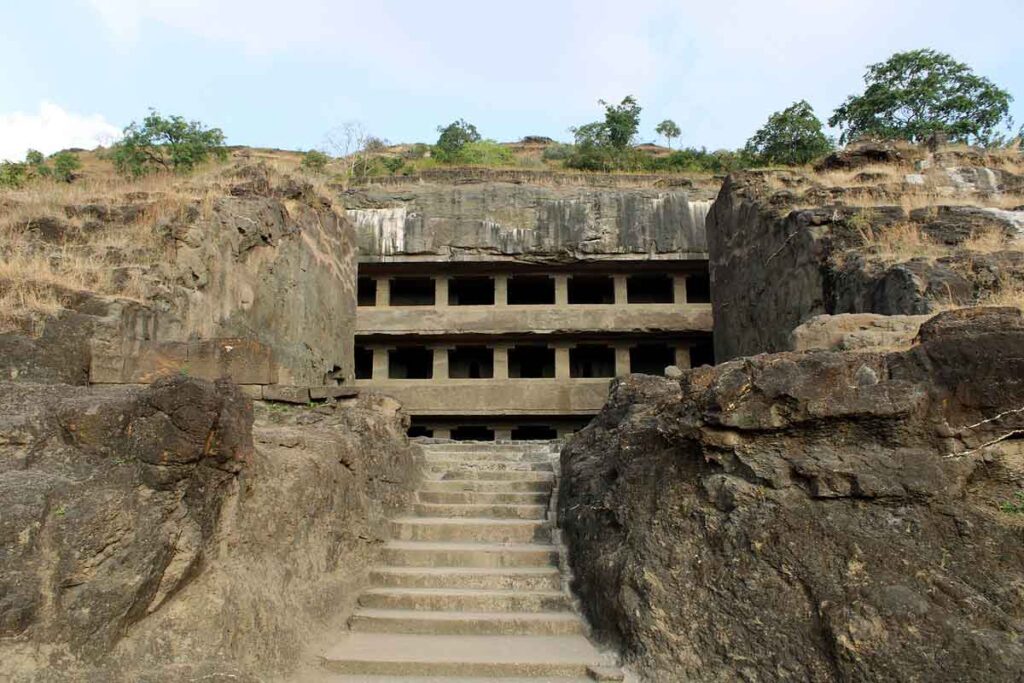
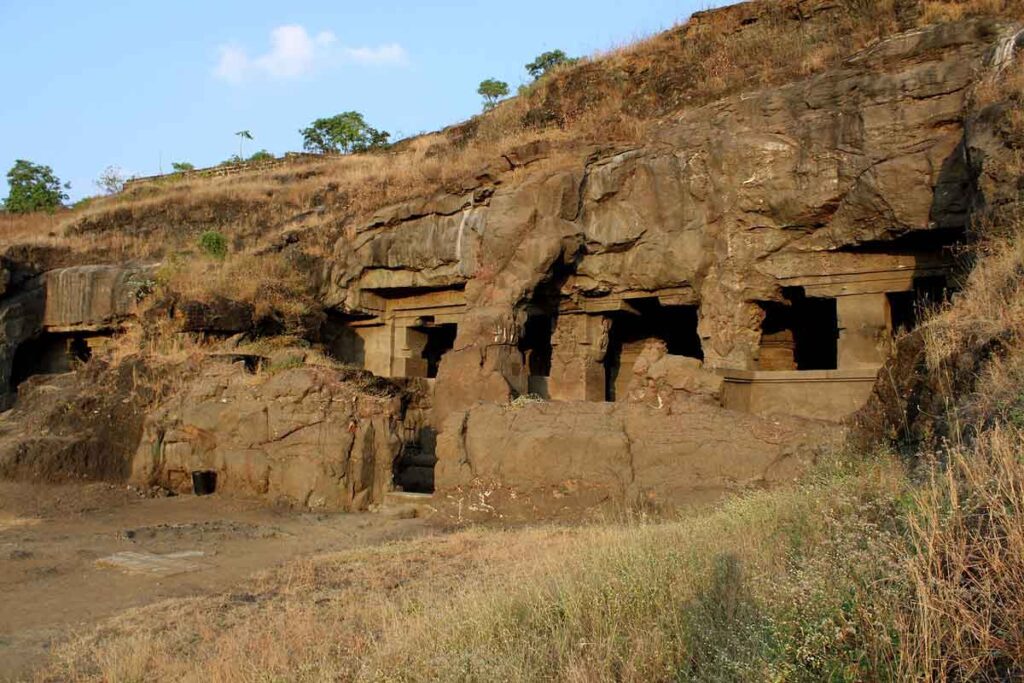
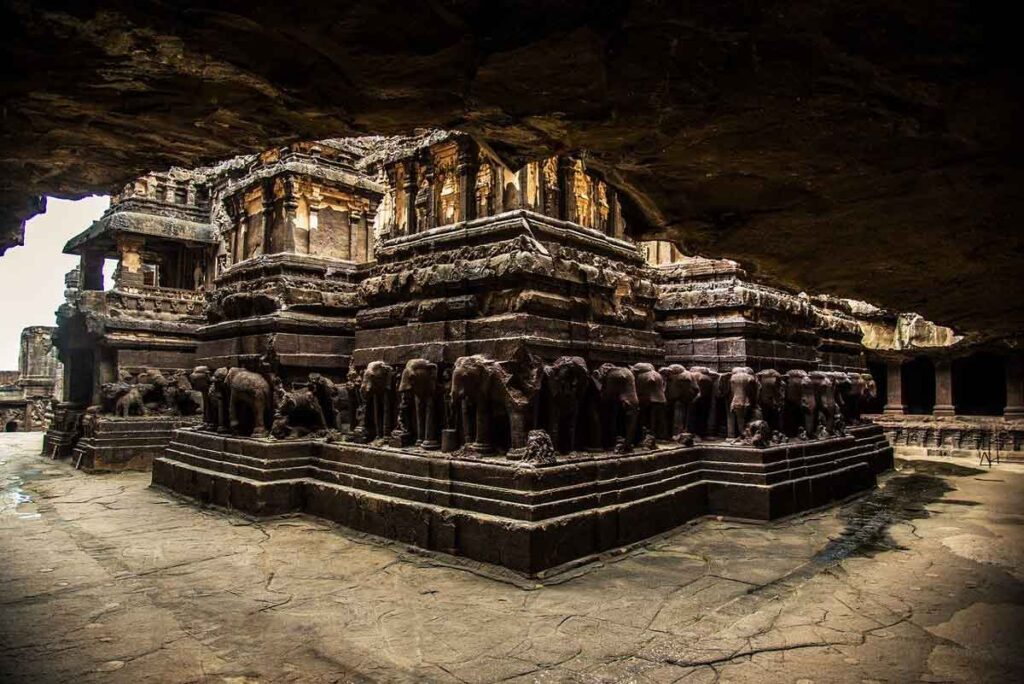
Agra Fort
The Agra Fort, also known as the “Lal –Qila”, “Fort Rouge” or “Qila-i-Akbari”, is the highlight of the city of Agra, then capital of the Mughal Sultanate. Agra Fort was built in 16th century 1573 under the reign of Akbar one of the greatest Mughal Emperors. It took more than 4000 workers and eight years for completion. In 1983, the Agra fort was inscribed as a UNESCO World Heritage site.
Agra Fort Images
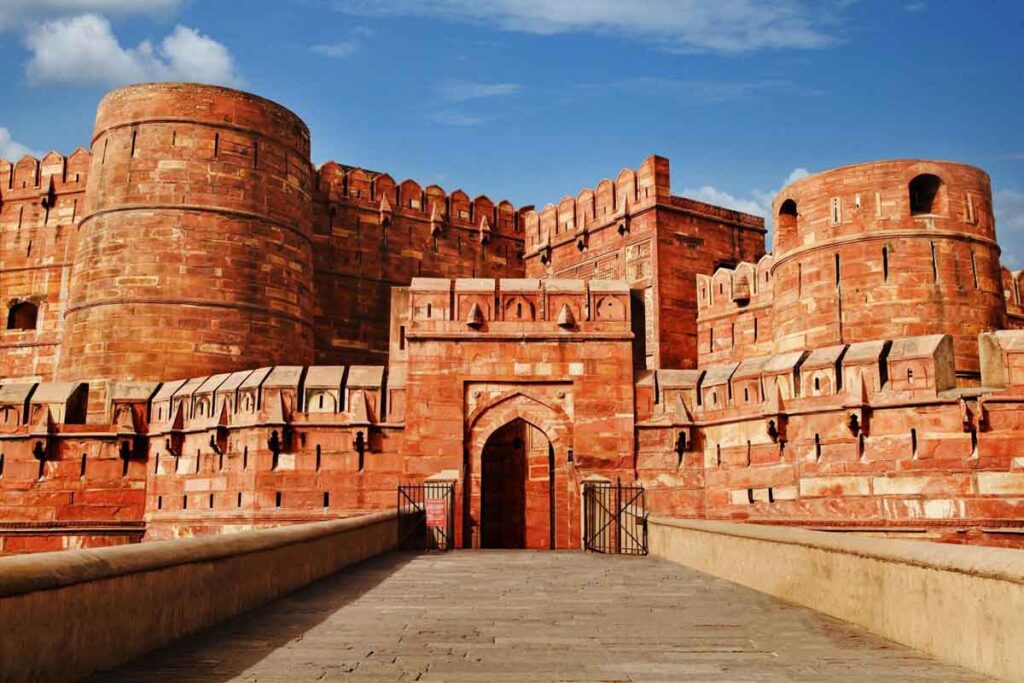
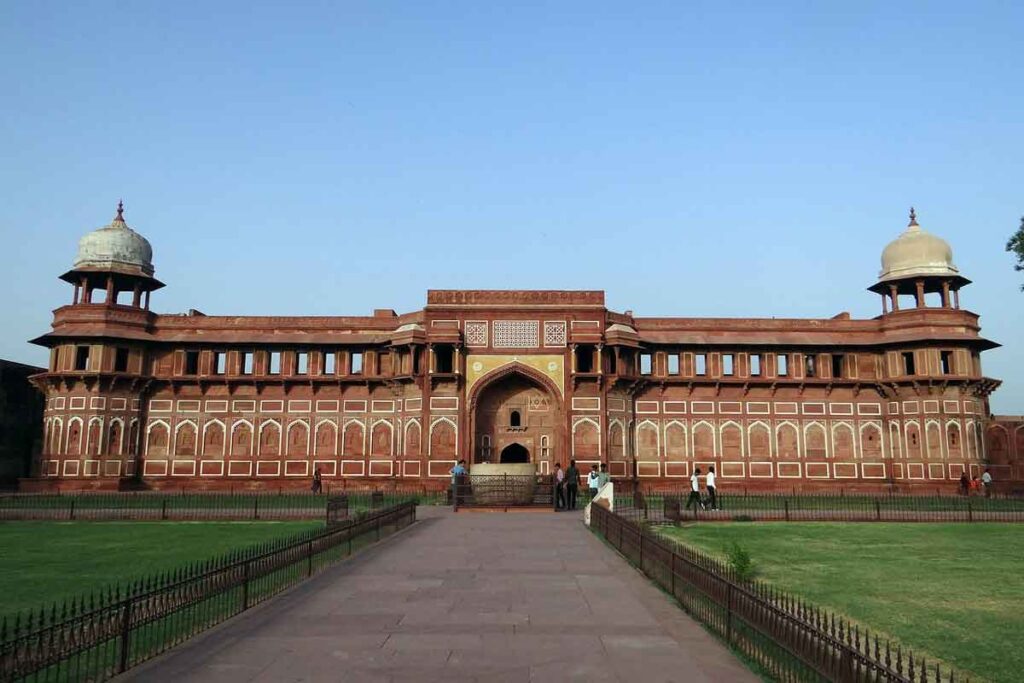
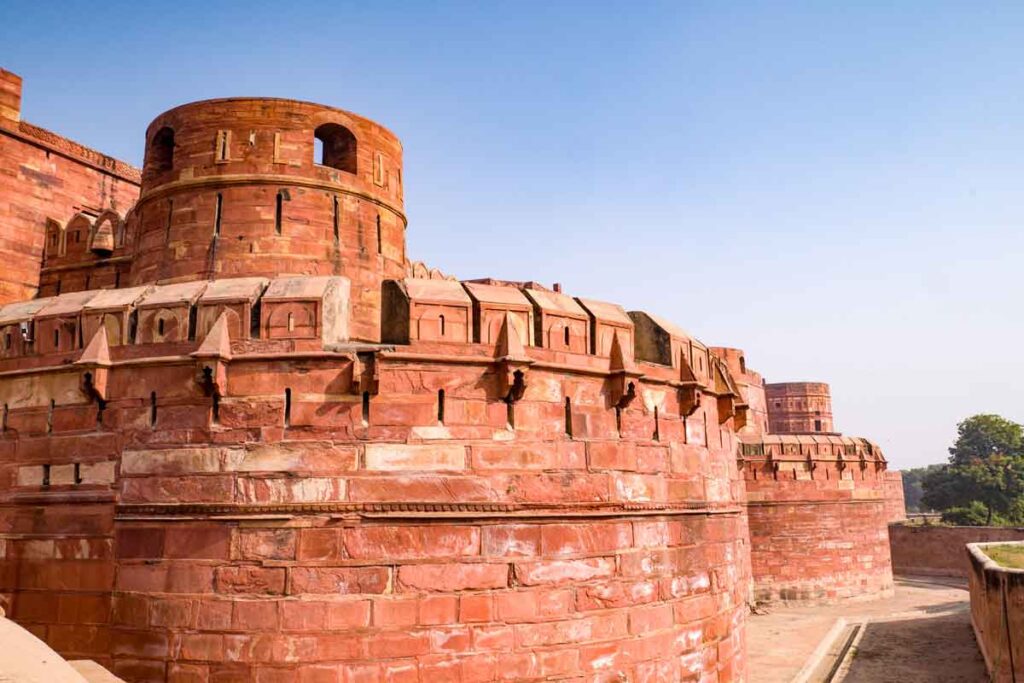
Taj Mahal
The Taj Mahal, one of the Seven Wonders of the World, is a mausoleum — a funerary mosque. It was built by Emperor Shahjahan in memory of his third wife Begum Mumtaz Mahal who had died in 1631. Taj Mahal was built in the 17th century. In 1983, the Taj Mahal was inscribed as a UNESCO World Heritage site.
Taj Mahal Images
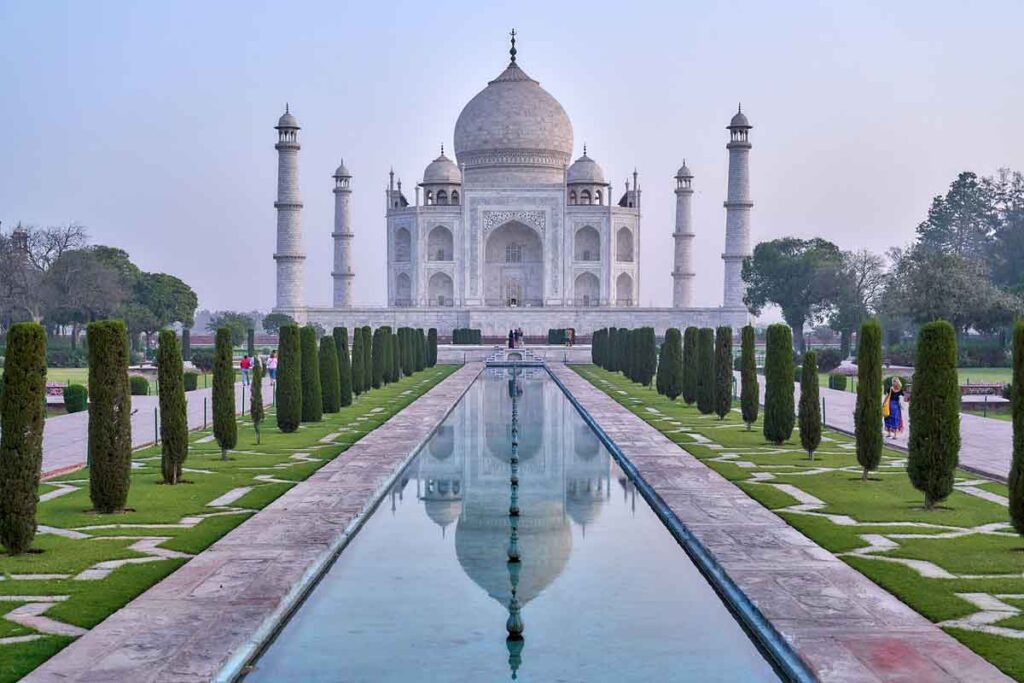
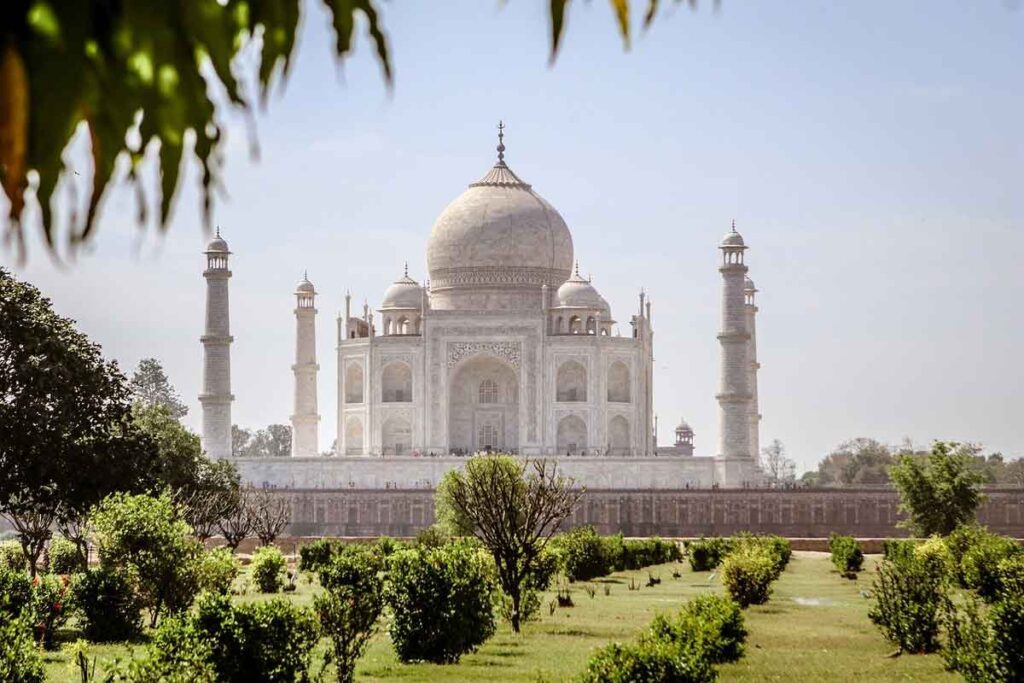
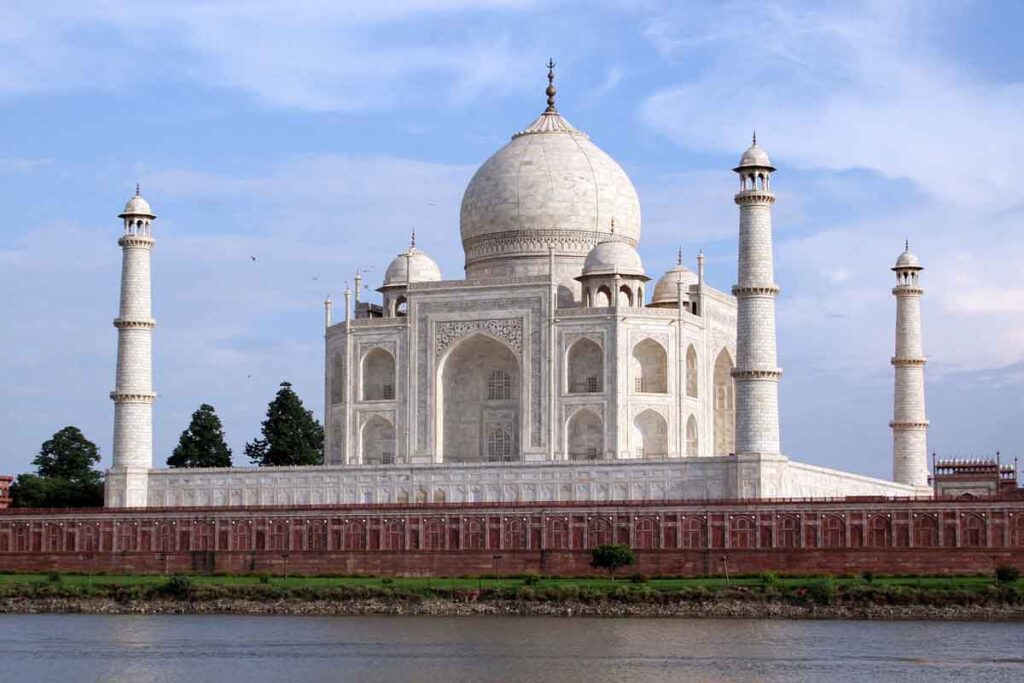
Sun Temple, Konarak
It is built in the form of the chariot of Surya (Arka), the sun god with 24 wheels, and is heavily decorated with symbolic stone carvings and led by a team of six horses. It was constructed from oxidizing weathered ferruginous-coloured sandstone by King Narasimhadeva I of the Eastern Ganga Dynasty. The temple is one of the most renowned temples in India. In 1984, Konarak Sun Temple was inscribed as a UNESCO World Heritage site.
Konarak Sun Temple Images
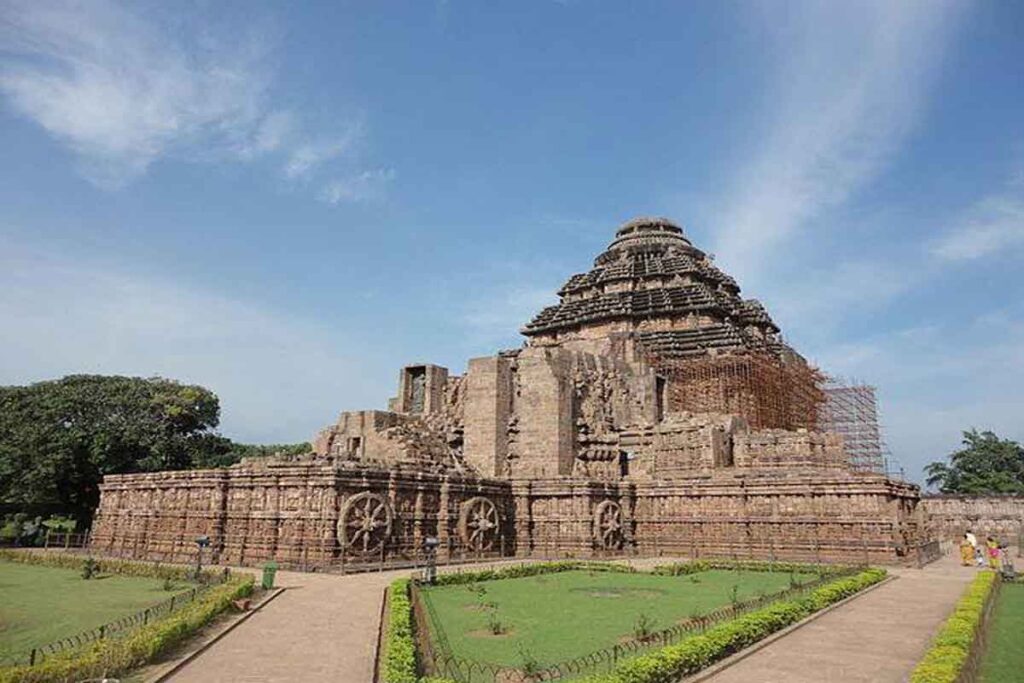
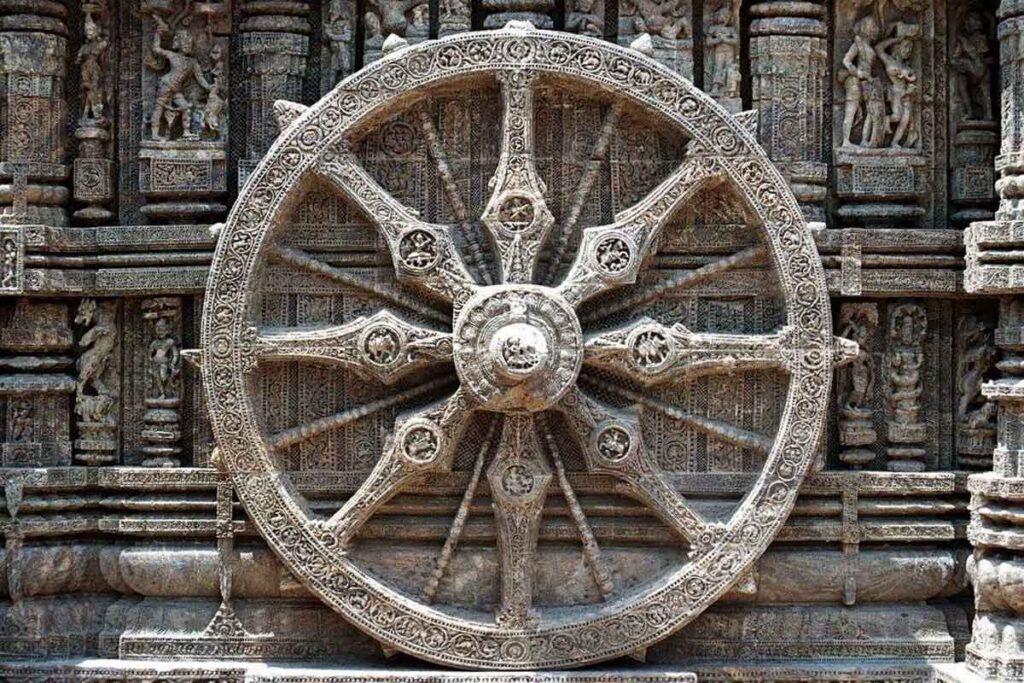
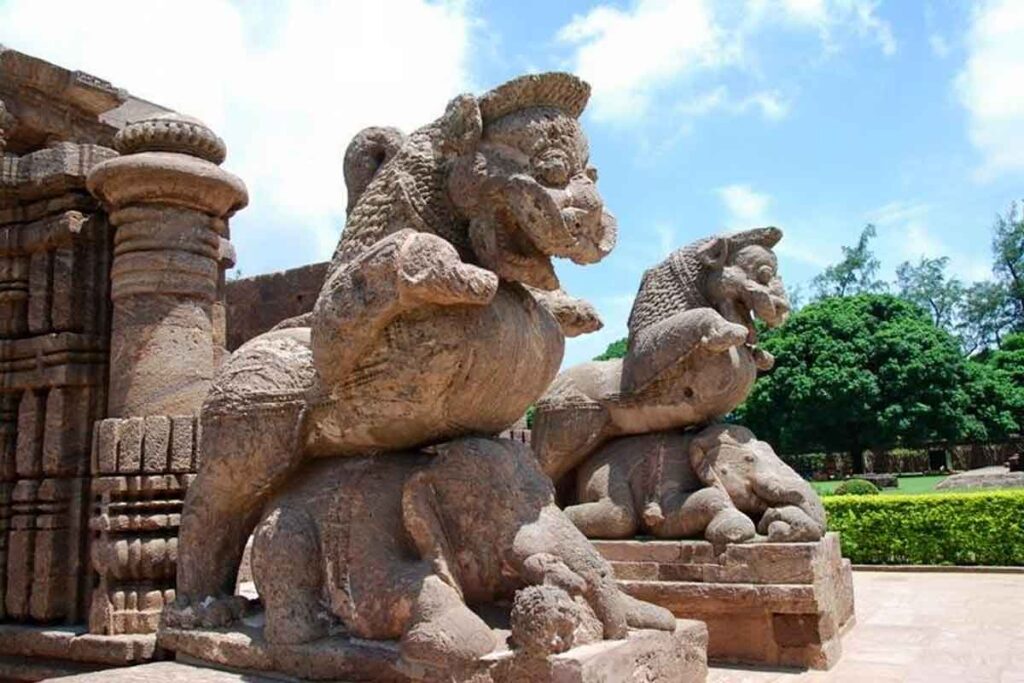
Group of Monuments at Mahabalipuram
The Group of Monuments at Mahabalipuram is a collection of 7th- and 8th-century religious monuments. The site has 40 ancient monuments and Hindu temples, including one of the largest open-air rock reliefs in the world. This Group of Monuments at Mahabalipuram was inscribed as UNESCO World Heritage Sites in India at 1984
Group of Monuments at Mahabalipuram Images
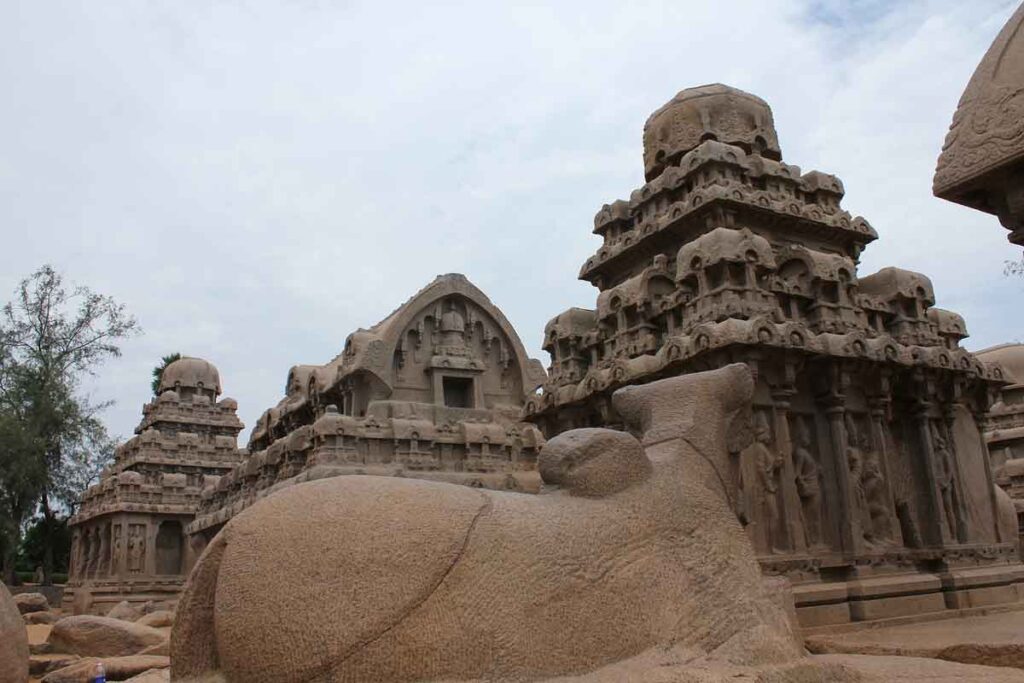
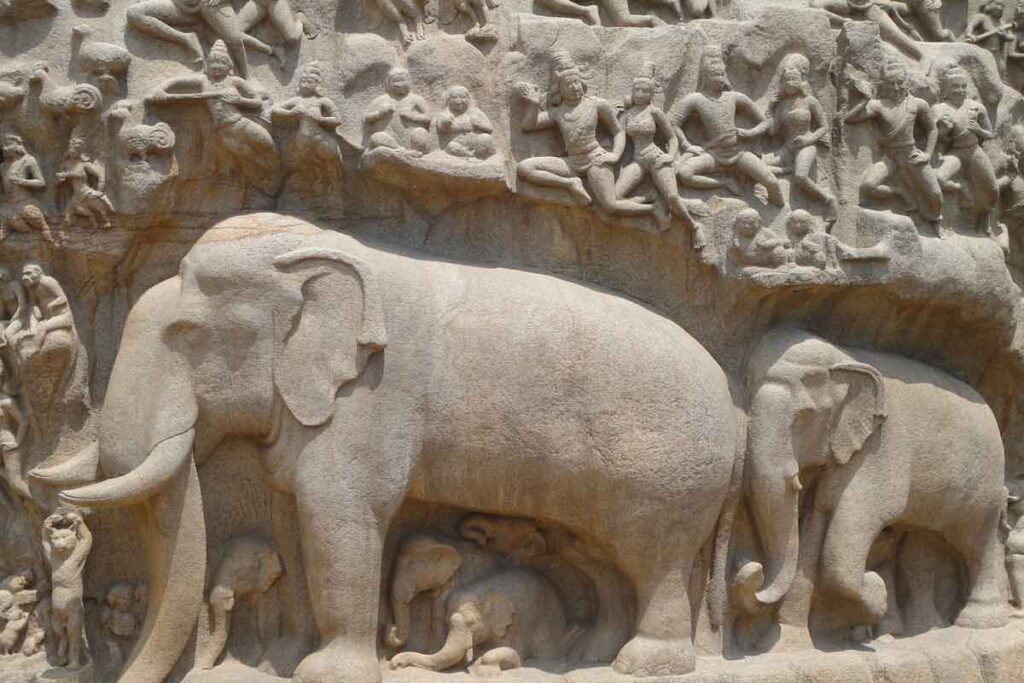
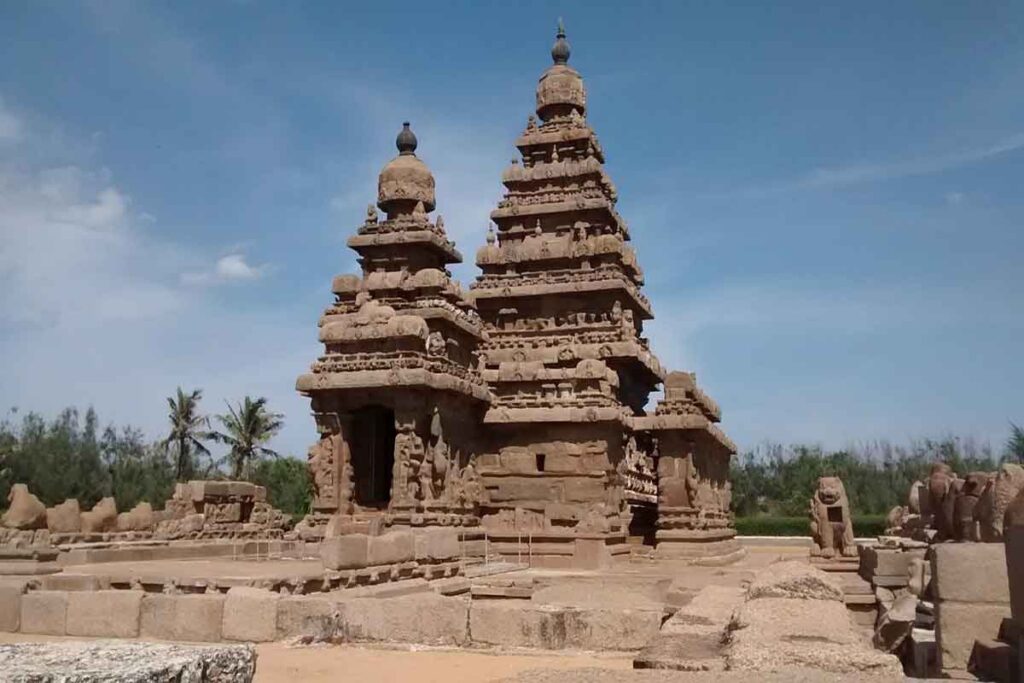
Kaziranga National Park
It was first established as a reserved forest in 1908 to protect the dwindling numbers of rhinoceros. It underwent several transformations over the years and declared a national park in 1974. The park, which covers an area of 42,996 hectares (106,250 acres), has the distinction of being home to the largest population of the great Indian one-horned rhinoceros. In 1985, Kaziranga National Park was inscribed as a World Heritage Sites in India for its unique natural environment.
kaziranga national park Images
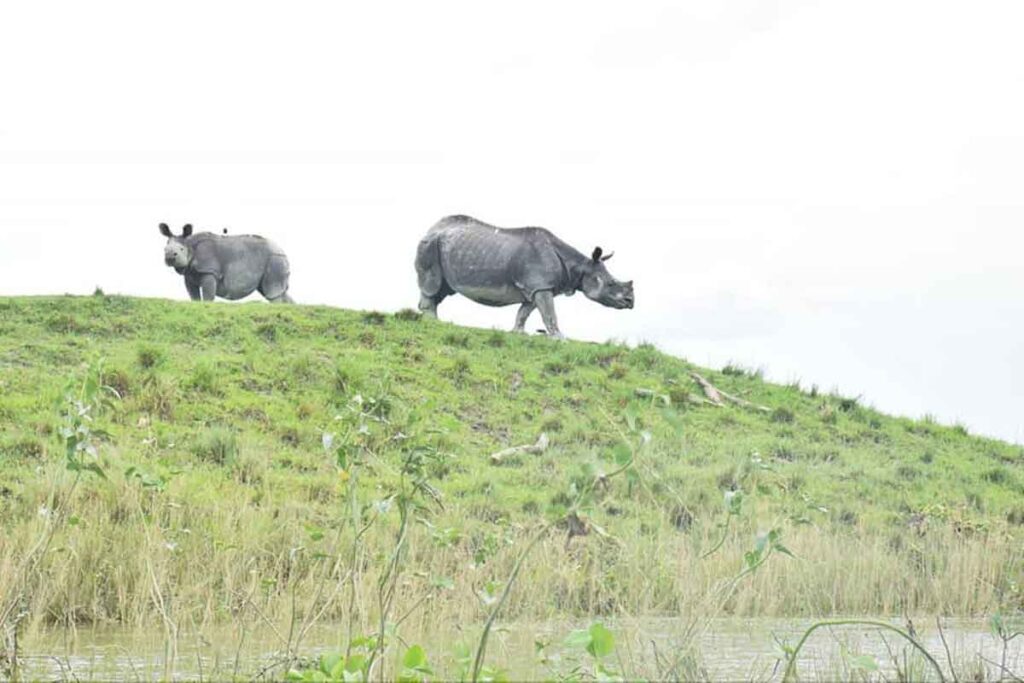
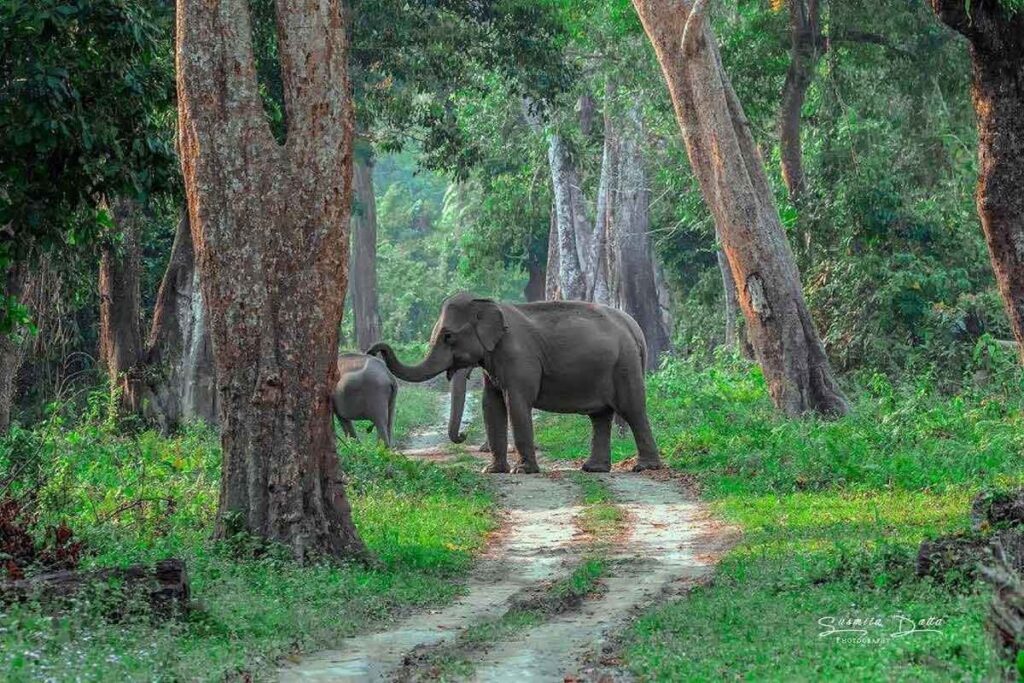
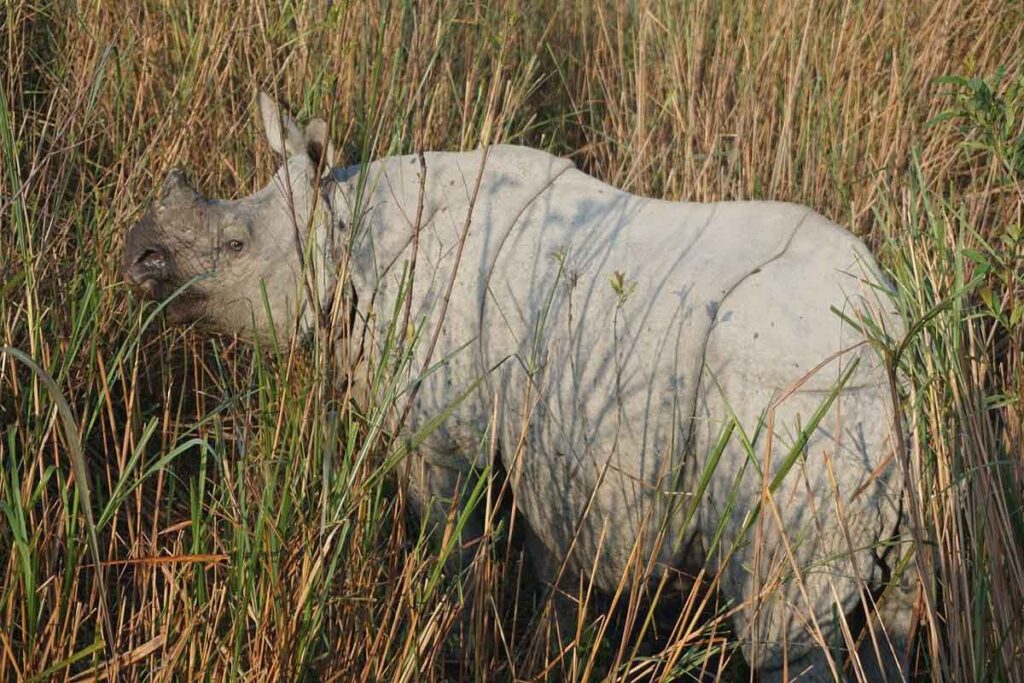
Manas Wildlife Sanctuary
Located in the Himalayan foothills, it is contiguous with the Royal Manas National Park in Bhutan. The park is known for its rare and endangered endemic wildlife such as the Assam roofed turtle, hispid hare, golden langur and pygmy hog. Manas is famous for its population of the wild water buffalo. It was inscribed as a World Heritage Site by UNESCO in 1985 for its unique natural environment.
Manas Wildlife Sanctuary Images
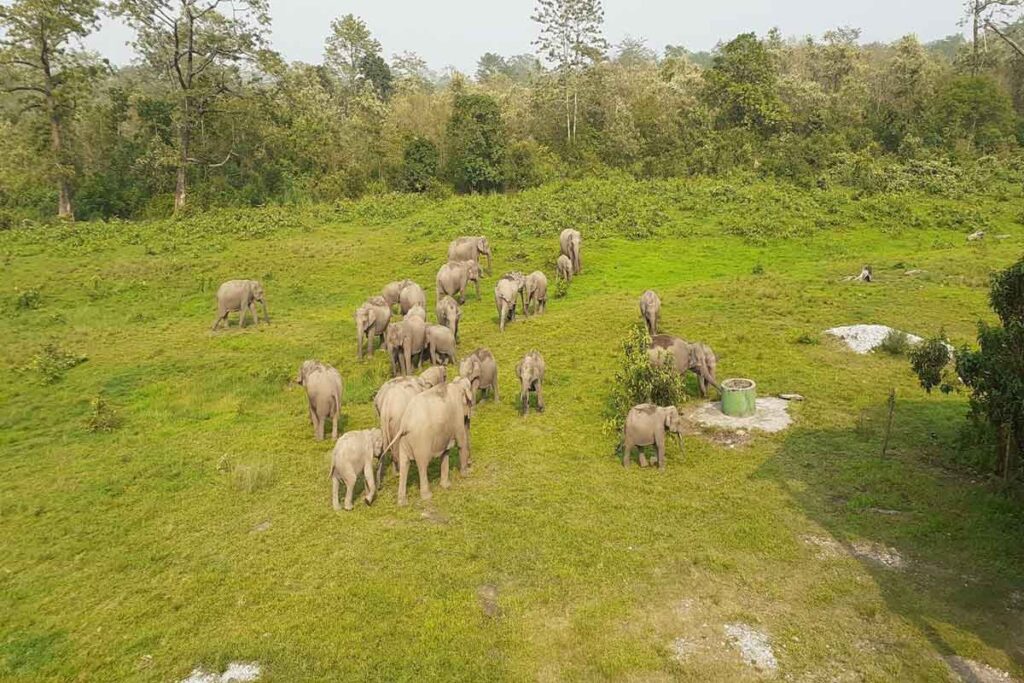
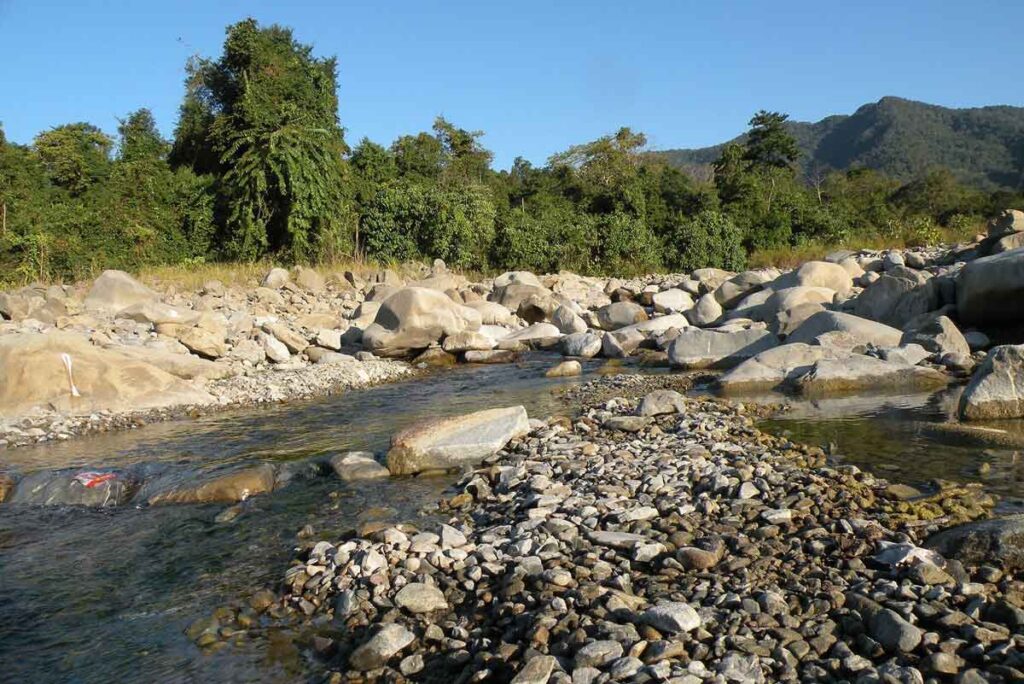
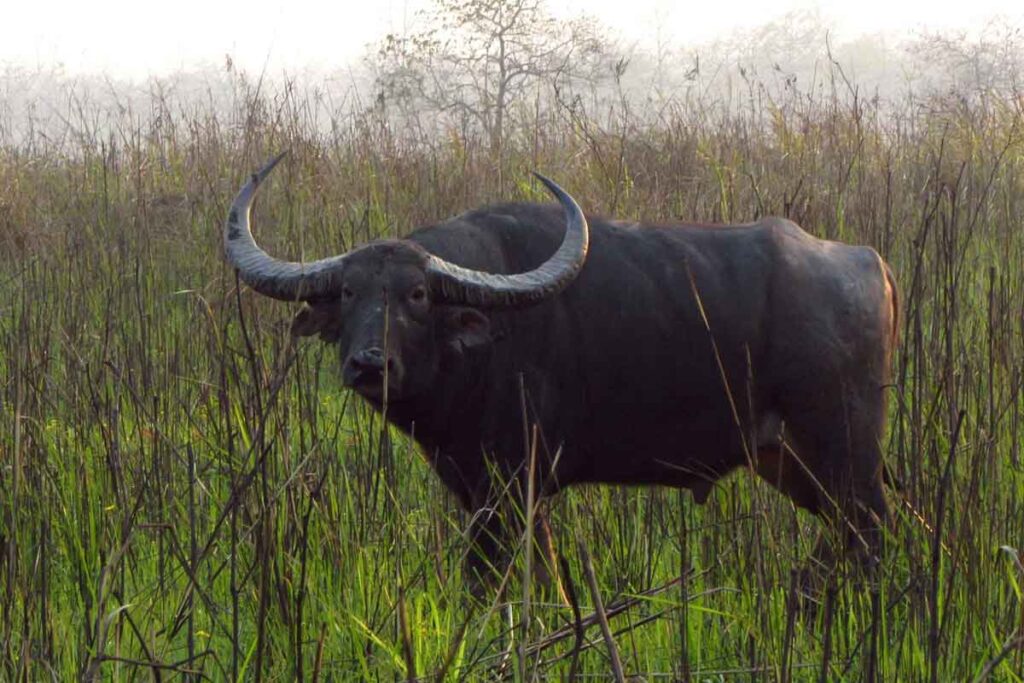
Keoladeo National Park
The park derives its name from the temple of Keoladeo (Shiva) within its boundaries. It is a famous avifauna sanctuary that hosts thousands of birds, especially during the winter season. Over 230 species of birds are known to be resident. It was declared a national park in 1982. It was inscribed in the UNESCO World Heritage List in 1985 as a natural property.
Keoladeo National Park Images
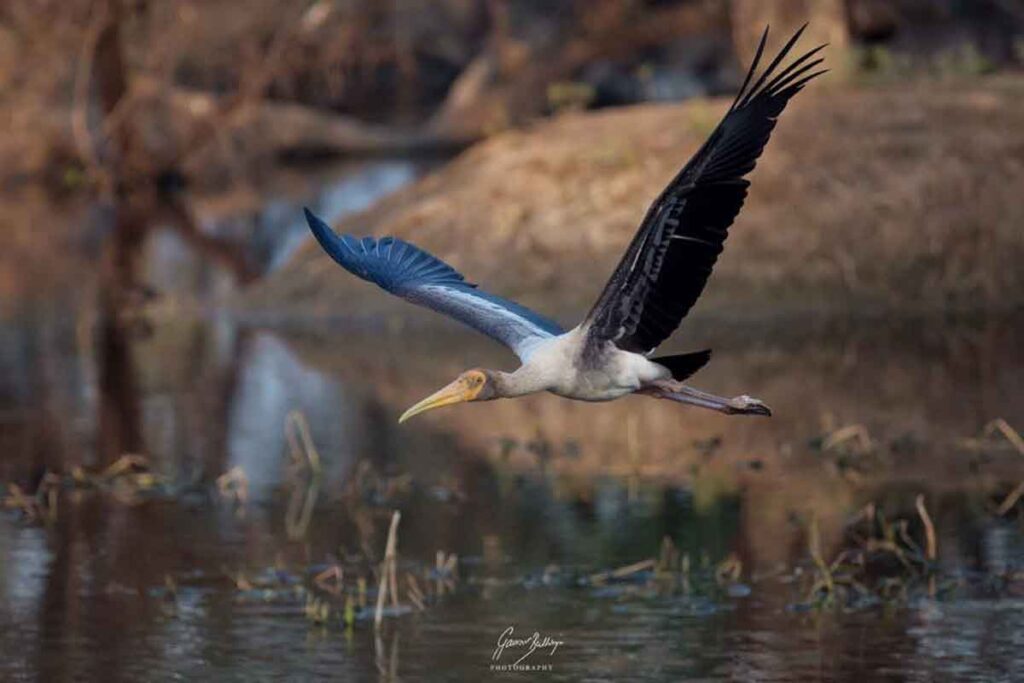


Churches and Convents of Goa
The Churches and Convents of Goa are monuments inscribed by UNESCO under the World Heritage List in 1986 as cultural property. which were built by the Portuguese colonial rulers of Goa between the 16th and 18th centuries. These monuments are mainly in the former capital of Velha Goa. The most significant of these monuments is the Basilica of Bom Jesus, which enshrines the tomb containing the relics of St. Francis Xavier.
Churches and Convents of Goa Images
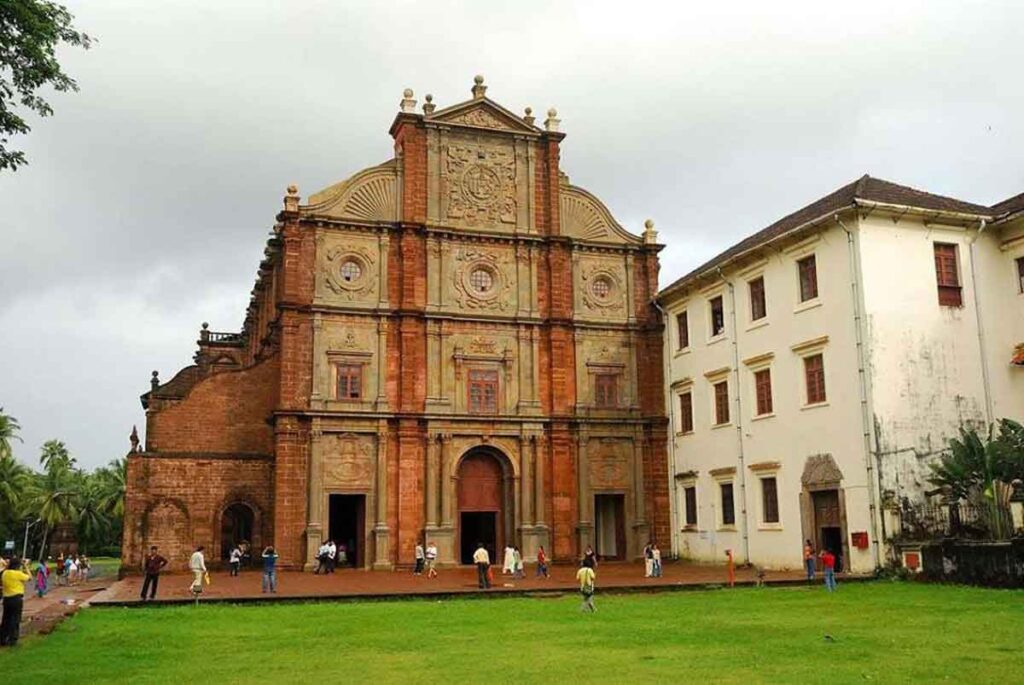
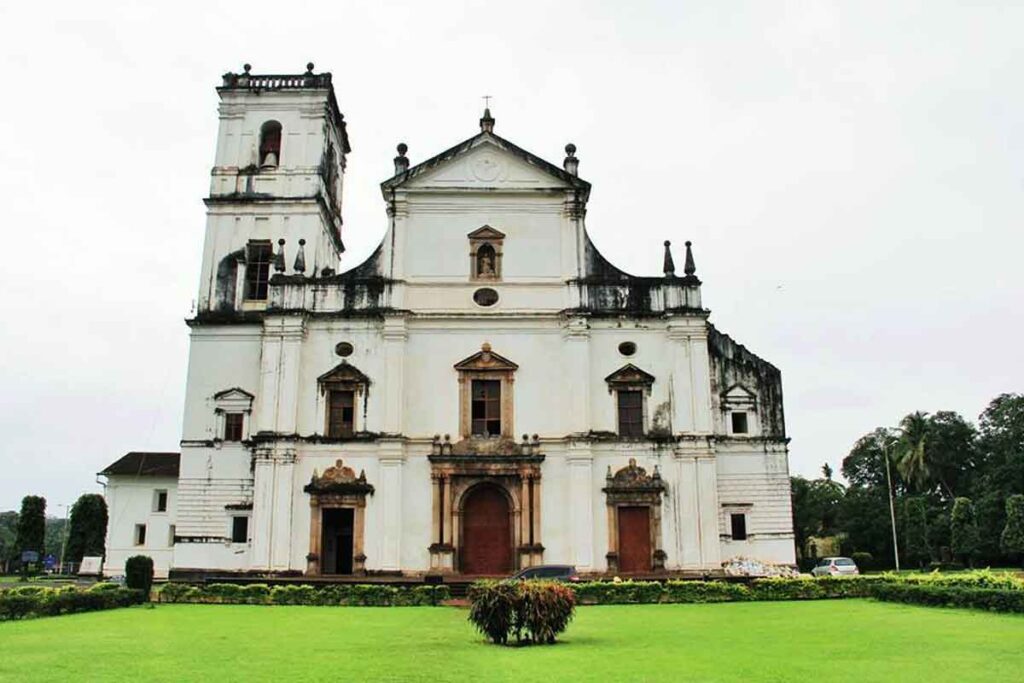
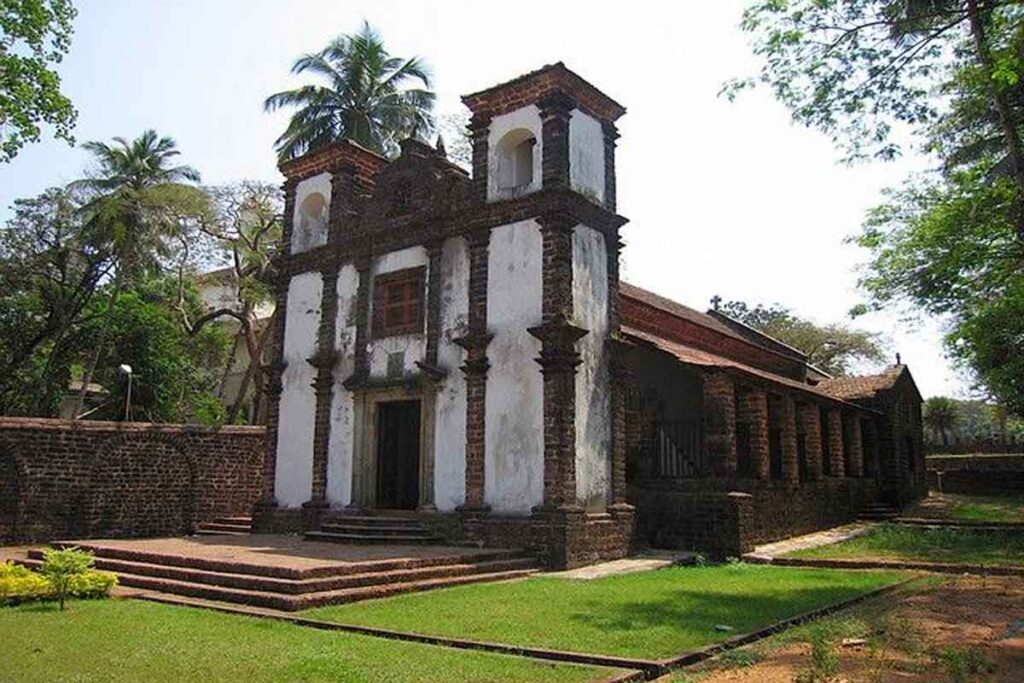
Khajuraho Group of Monuments
Historical records note that the Khajuraho temple site had 85 temples by the 12th century, spread over 20 square kilometres. Of these, only about 25 temples have survived, spread over six square kilometres. it was inscribed by UNESCO as a World Heritage Site, a cultural property on October 15, 1982, for its unique original artistic creation.
Khajuraho Group of Monuments Images
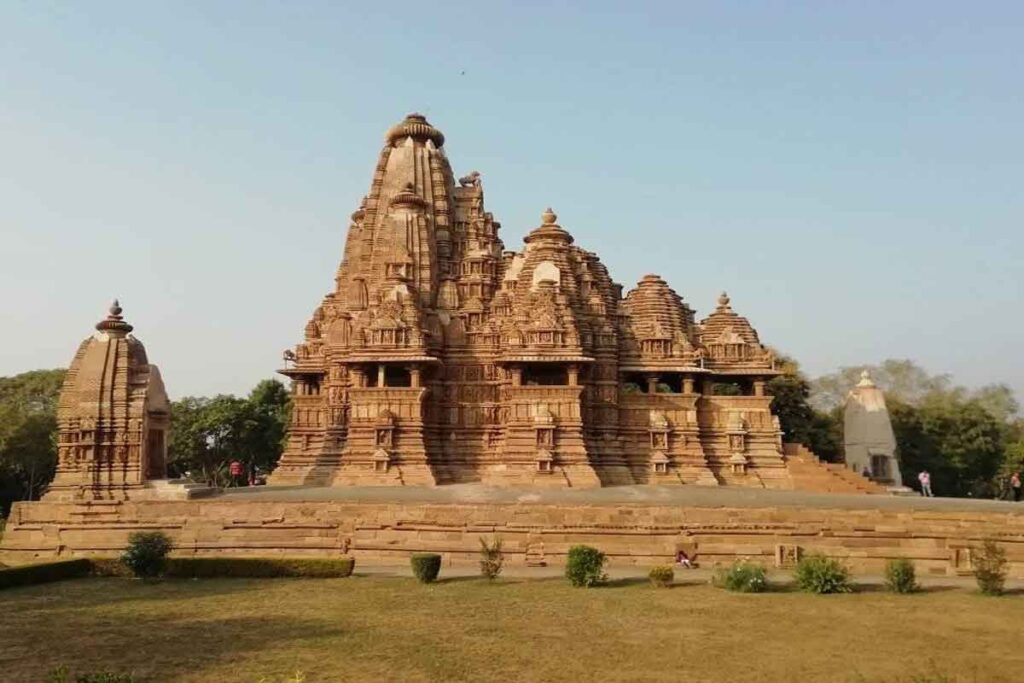
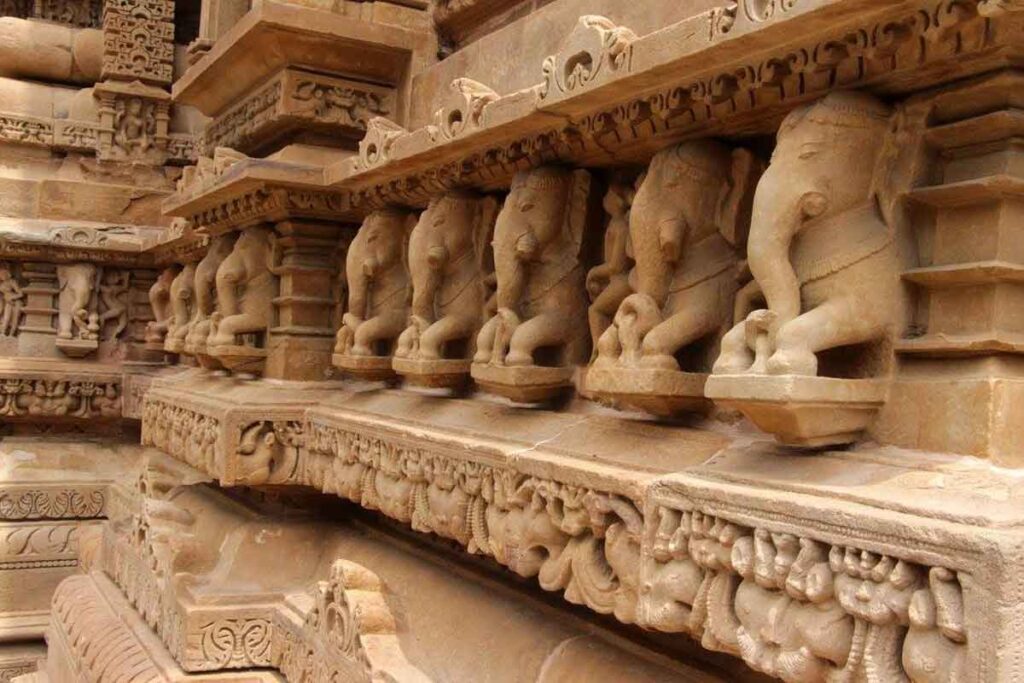
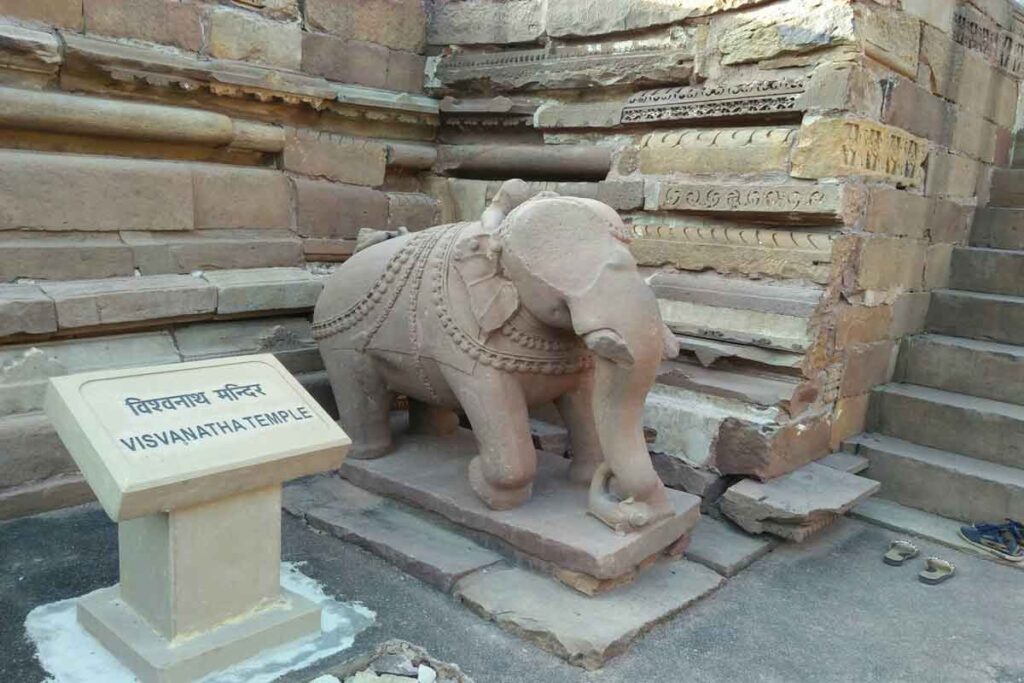
Group of Monuments at Hampi
Hampi was the capital of the Vijayanagara Empire in the 14th century. Later Conquered by the Deccan Muslim confederacy in 1565, the city was pillaged over a period of six months before being abandoned after which Hampi remained in ruins. Hampi’s ruins are last great Hindu kingdom in South India that includes forts, riverside features, royal and sacred complexes, temples, shrines, pillared halls, mandapas, memorial structures, water structures and others. It was inscribed as a world heritage site in 1986.
Group of Monuments at Hampi Images
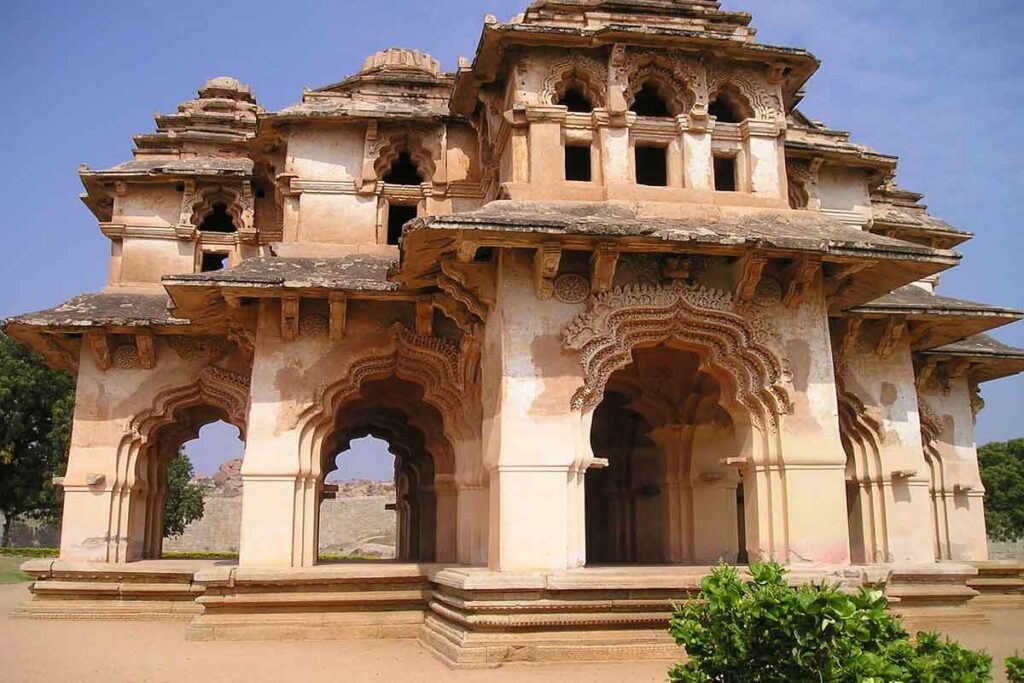
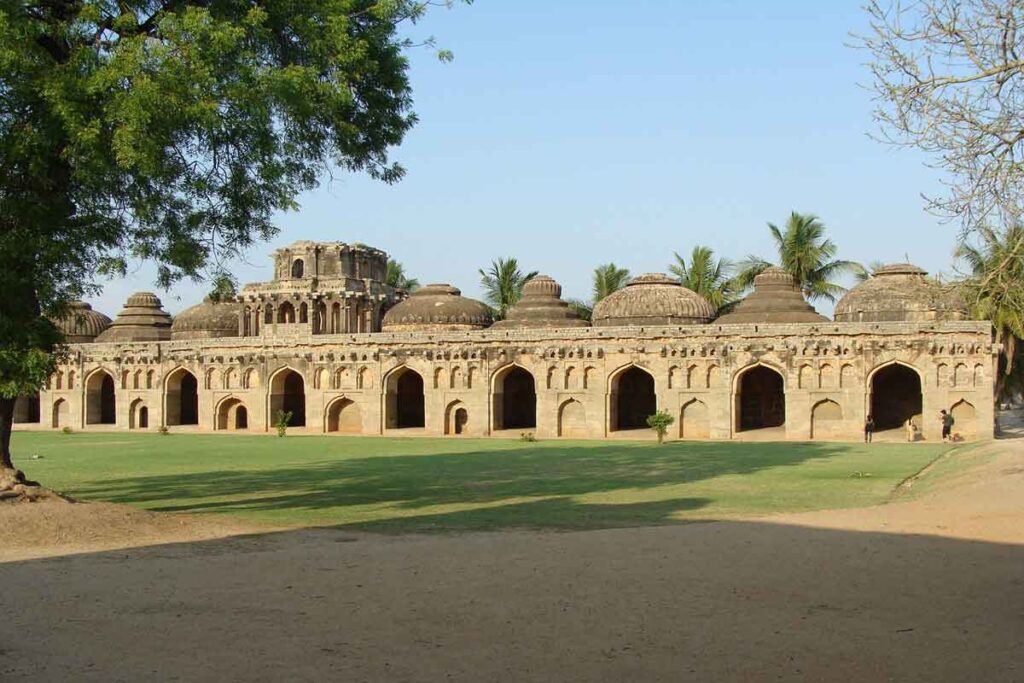
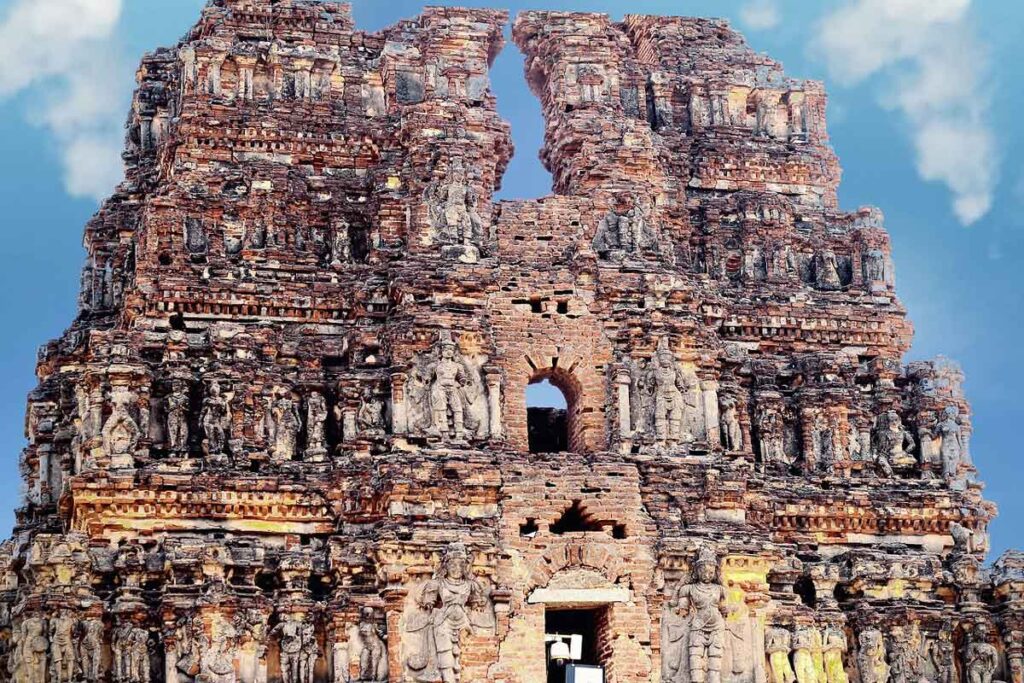
Fatehpur Sikri
Fatehpur Sikri, “the City of Victory,” was built during the second half of the 16th century by the Mughal Emperor Akbar (1556–1605). It was the capital of the Empire and seat of the grand Mughal court but only for 14 years. Despite bearing exceptional testimony to the Mughal civilization at the end of the 16th century, it had to be abandoned due to the twin reasons of lack of water and unrest in north-west India, leading the emperor to shift the capital to Lahore. In 1986, Fatehpur Sikri was inscribed as a UNESCO World Heritage site.
Fatehpur Sikri Images
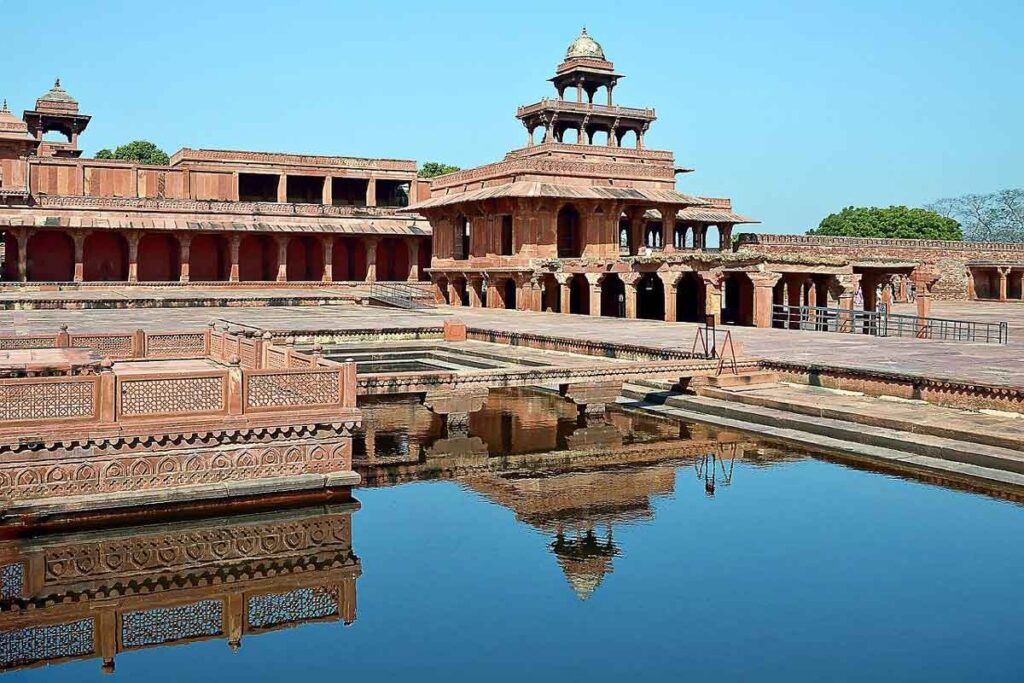
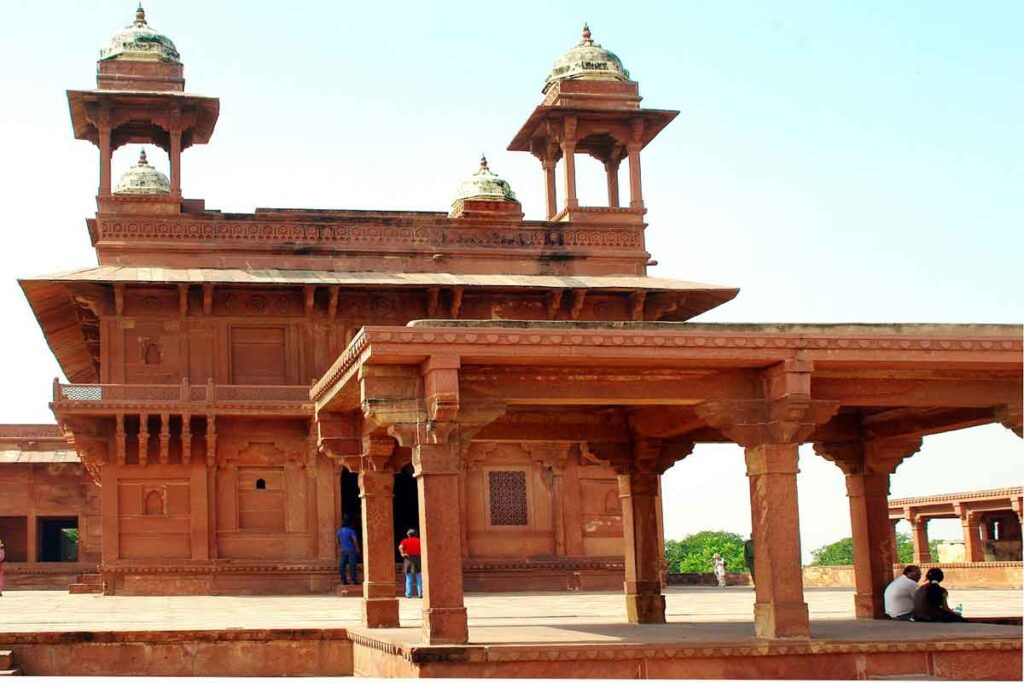
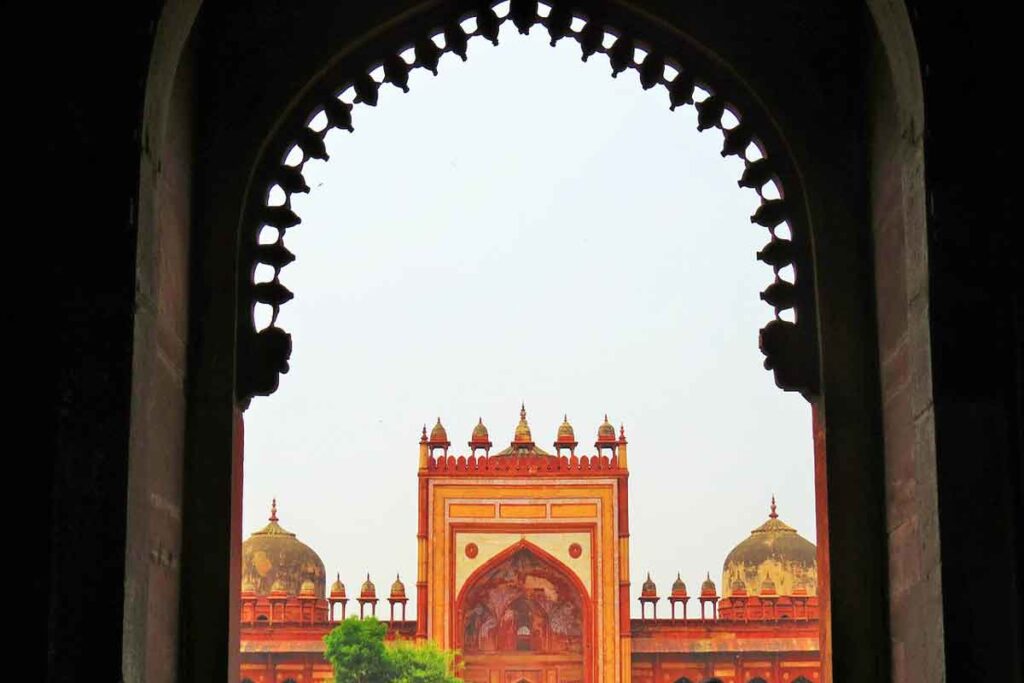
Group of Monuments at Pattadakal
The Group of monuments in Pattadakal designated under UNESCO World Heritage List, in 1987, cover a remarkable series of nine Hindu temples, as well as a Jain sanctuary in northern Karnataka. In this group of temples, the Virupaksha Temple is considered the most outstanding architectural edifice. The Hindu temples are generally dedicated to Shiva.
Group of Monuments at Pattadakal Images
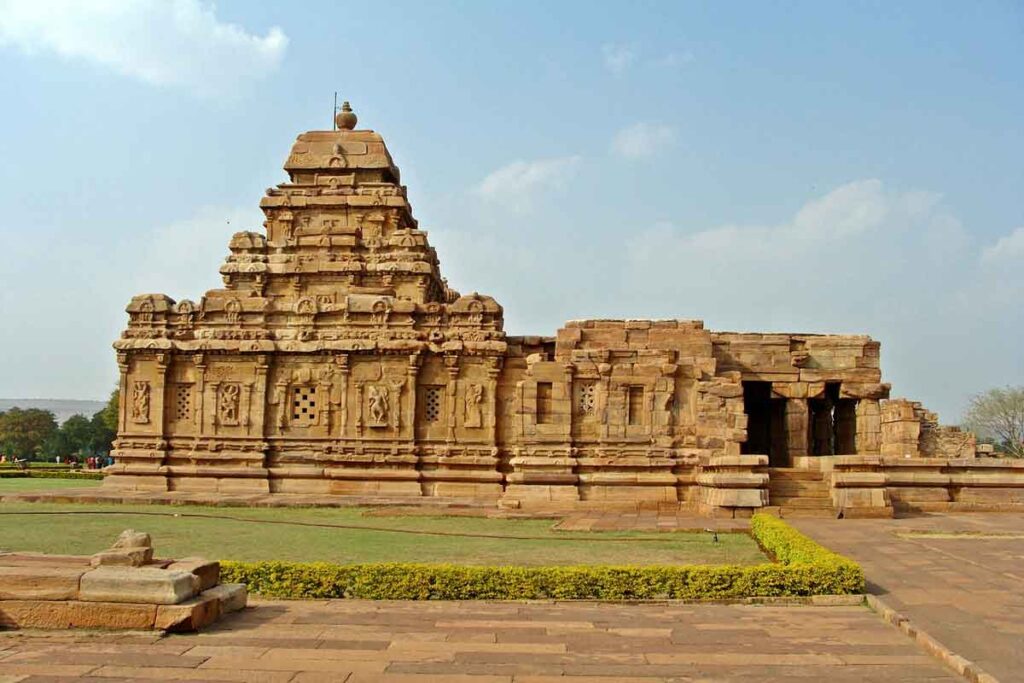
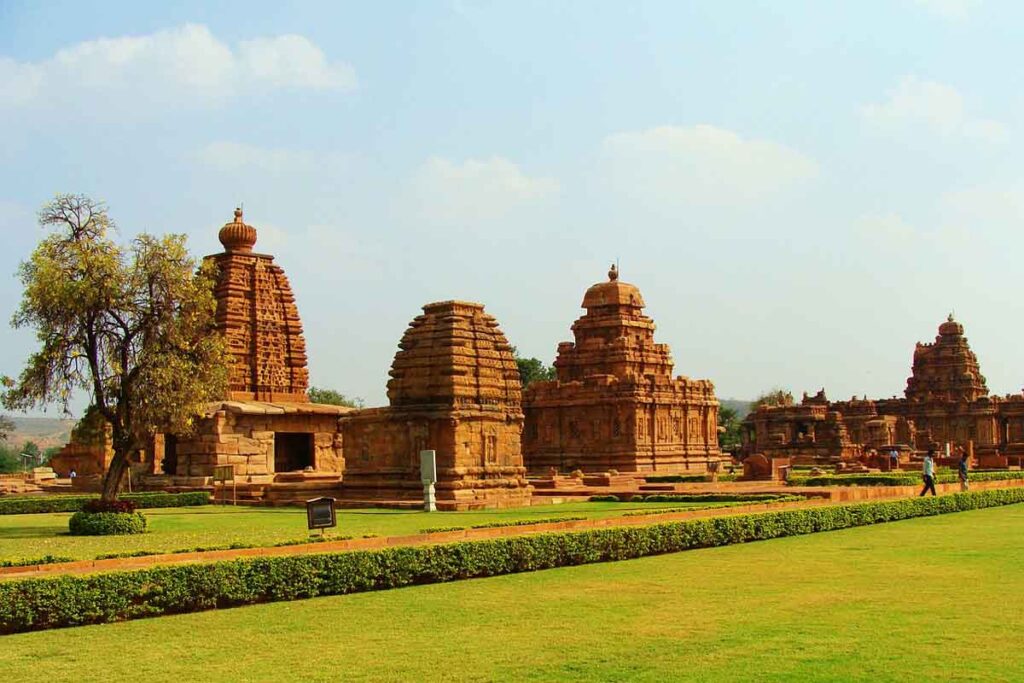
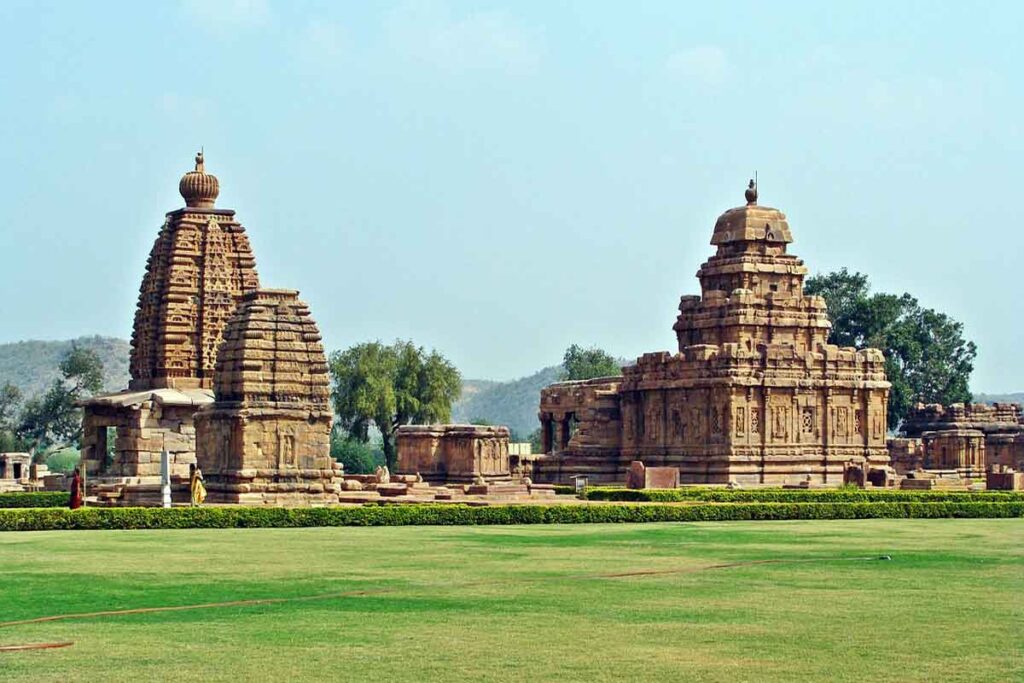
Elephanta Caves
They are on Elephanta Island, or Gharapuri (“the city of caves”), in Mumbai Harbour, 10 kilometres (6.2 mi) east of Mumbai. The island is located on an arm of the Arabian Sea consists of two groups of caves — the first is a large group of five Hindu caves, the second a smaller group of two Buddhist caves. the caves were designated a World Heritage Site in 1987 to preserve the artwork.
Elephanta Caves Images
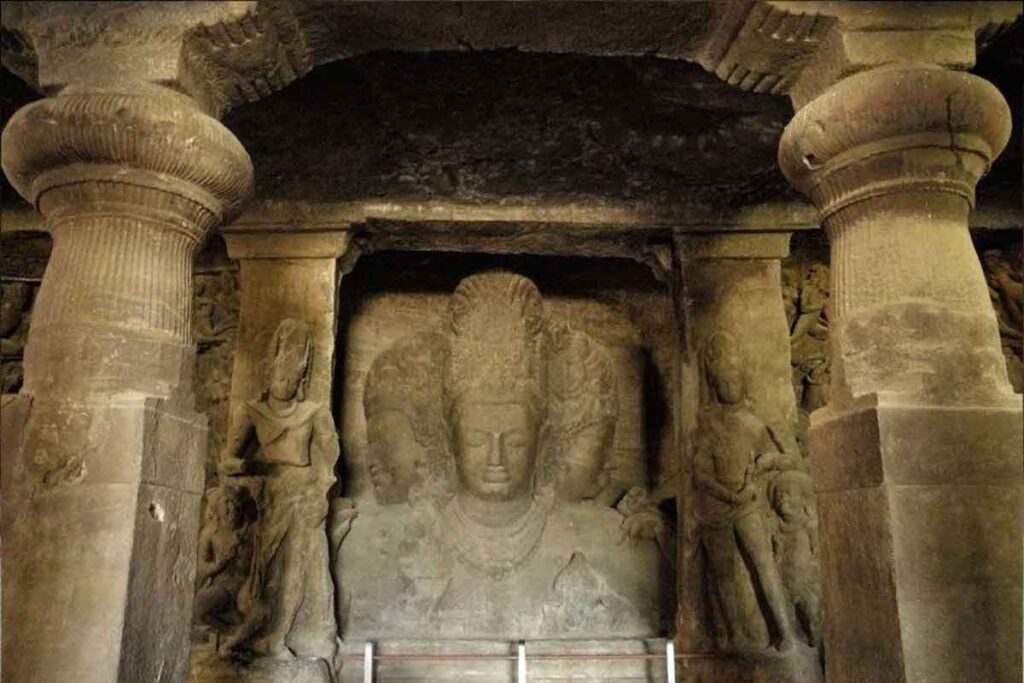
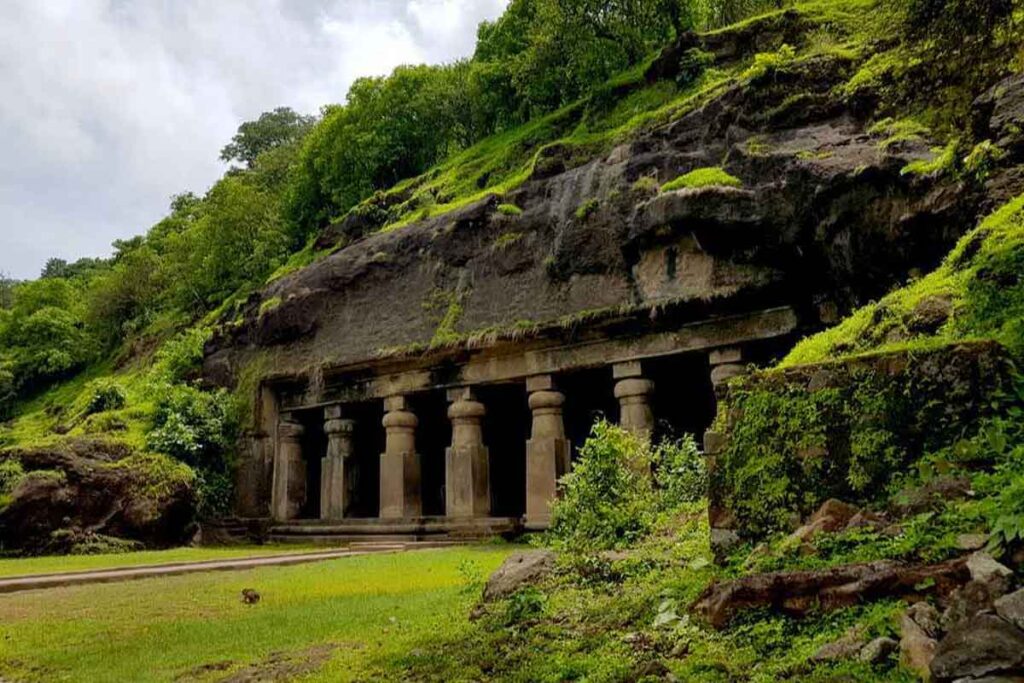
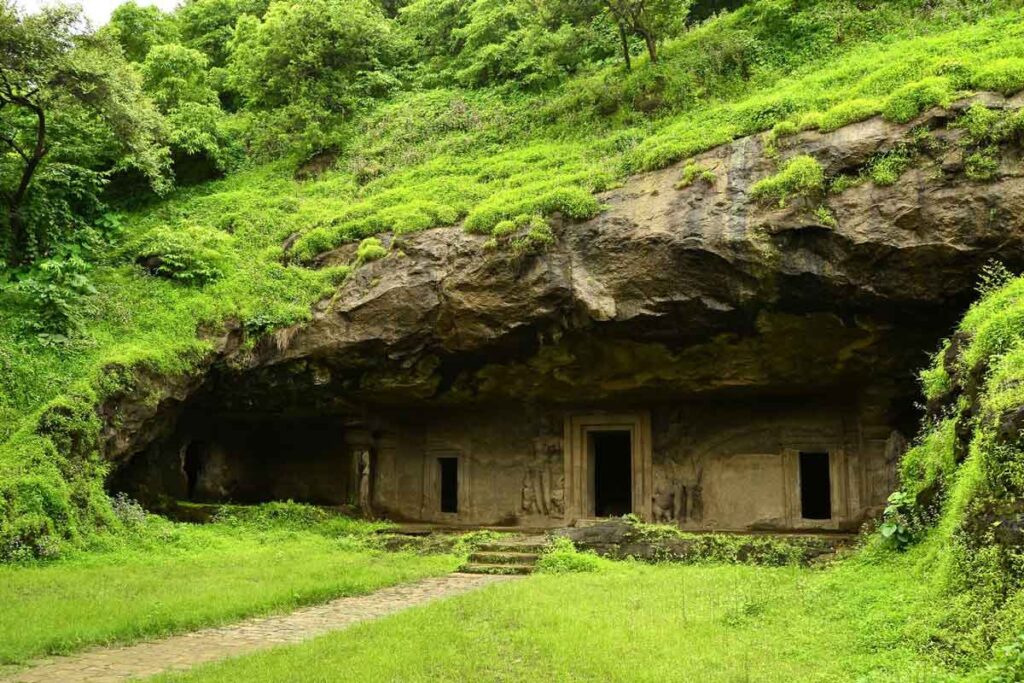
Great Living Chola Temples
The Great Living Chola Temples, built by kings of the Chola Empire stretched over all of Tamil Nadu. This cultural heritage site includes three great temples of the 11th and 12th centuries namely, the Brihadisvara Temple at Thanjavur, the Brihadisvara Temple at Gangaikondacholisvaram and the Airavatesvara Temple at Darasuram. The site was inscribed under UNESCO World Heritage List in 1987 as Cultural heritage.
Great Living Chola Temples Images
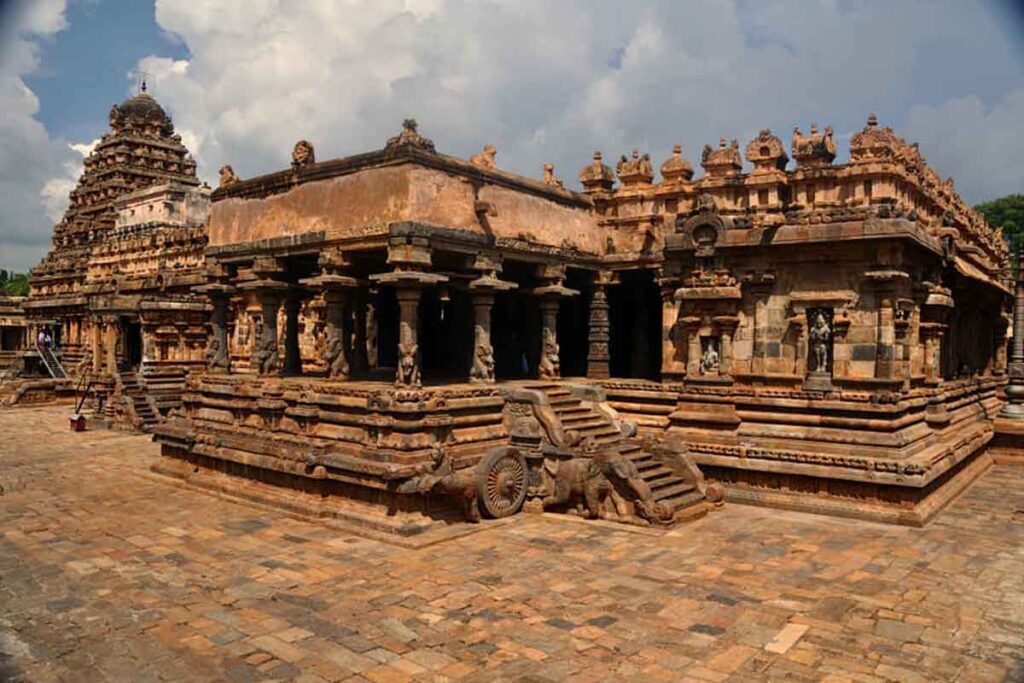
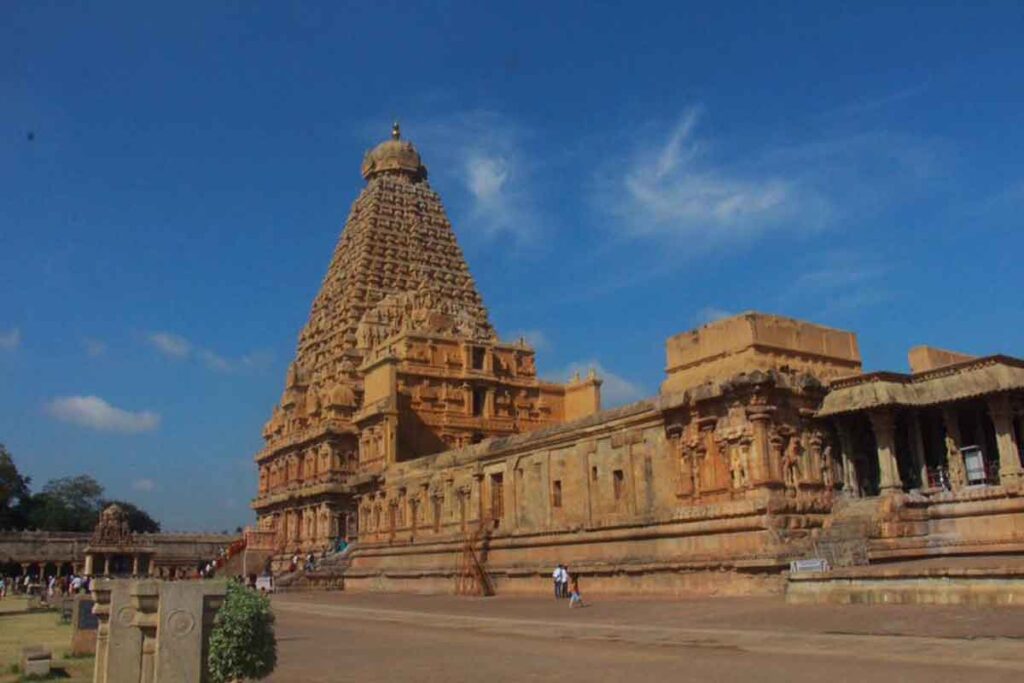
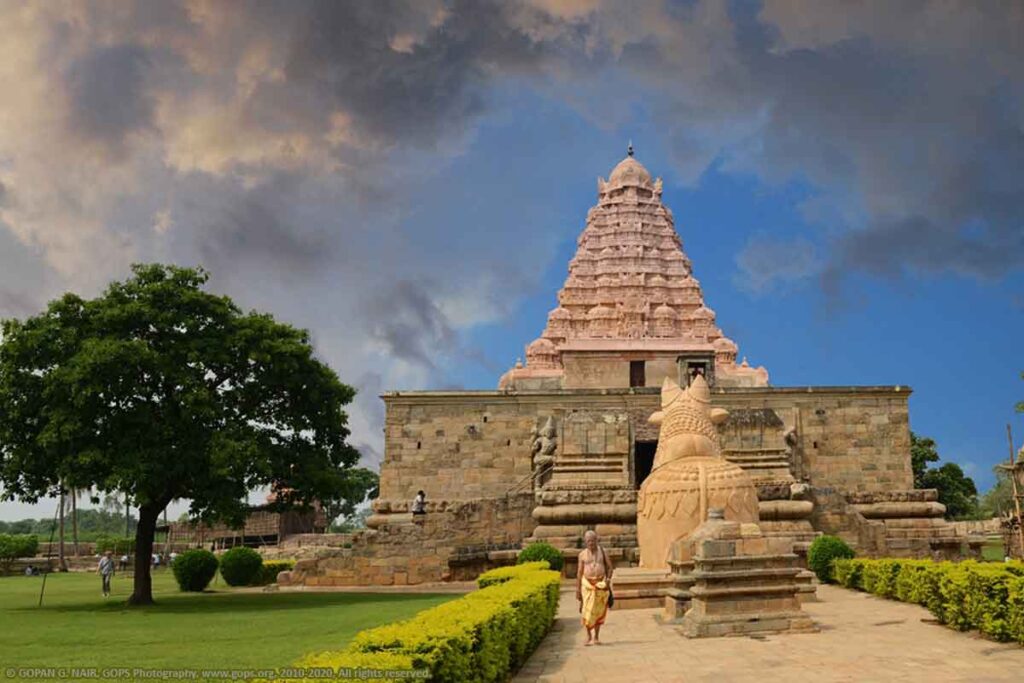
Sundarbans National Park
The Sundarbans National Park is a national park, tiger reserve, and biosphere reserve in West Bengal. On May 4, 1984, it was declared a National Park. It was inscribed on the UNESCO World Heritage list in 1987 as a natural property. This region is densely covered by mangrove forests and is one of the largest reserves for the Bengal tiger. It is also home to a variety of bird, reptile and invertebrate species, including the salt-water crocodile.
Sundarbans National Park Images
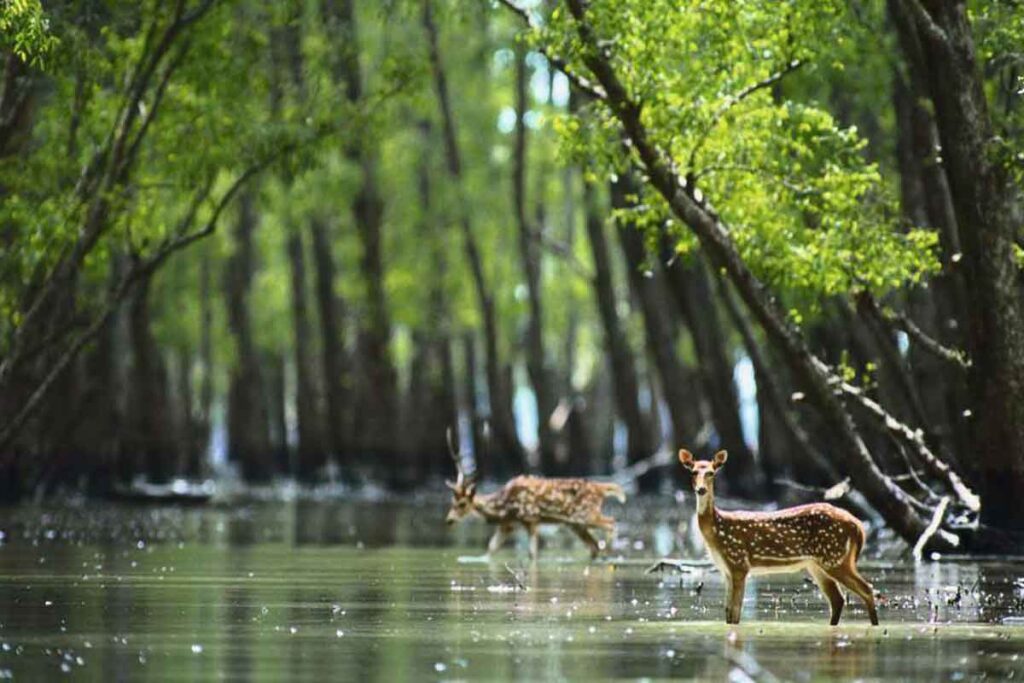
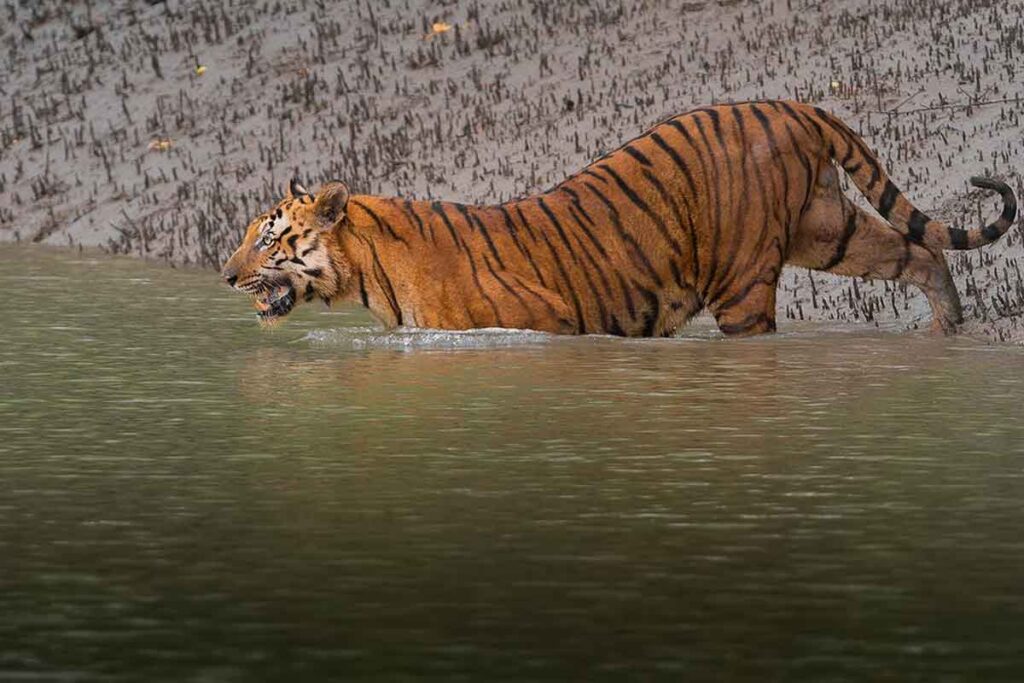
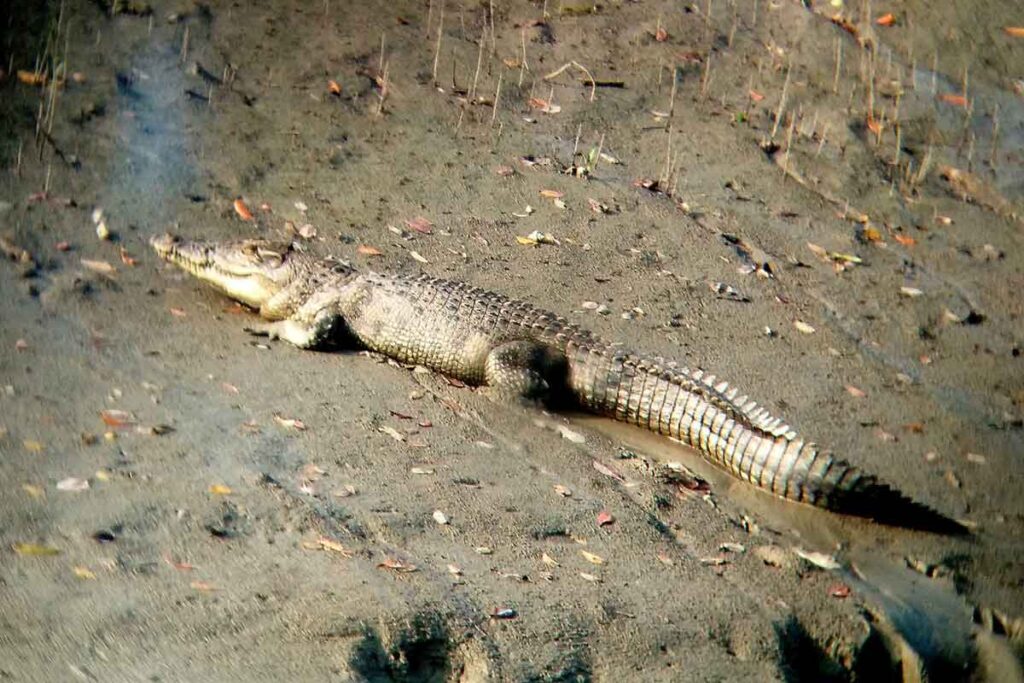
Nanda Devi and Valley of Flowers National Parks
In 1988 the Nanda Devi National Park site was inscribed as world heritage. Later in 2005, it was expanded to encompass the Valley of Flowers National Park and a larger buffer zone and it was renamed to Nanda Devi and Valley of Flowers National Parks. This richly diverse area is also home to rare and endangered animals, including the Asiatic black bear, snow leopard, brown bear and blue sheep.
Nanda Devi and Valley of Flowers National Parks Images
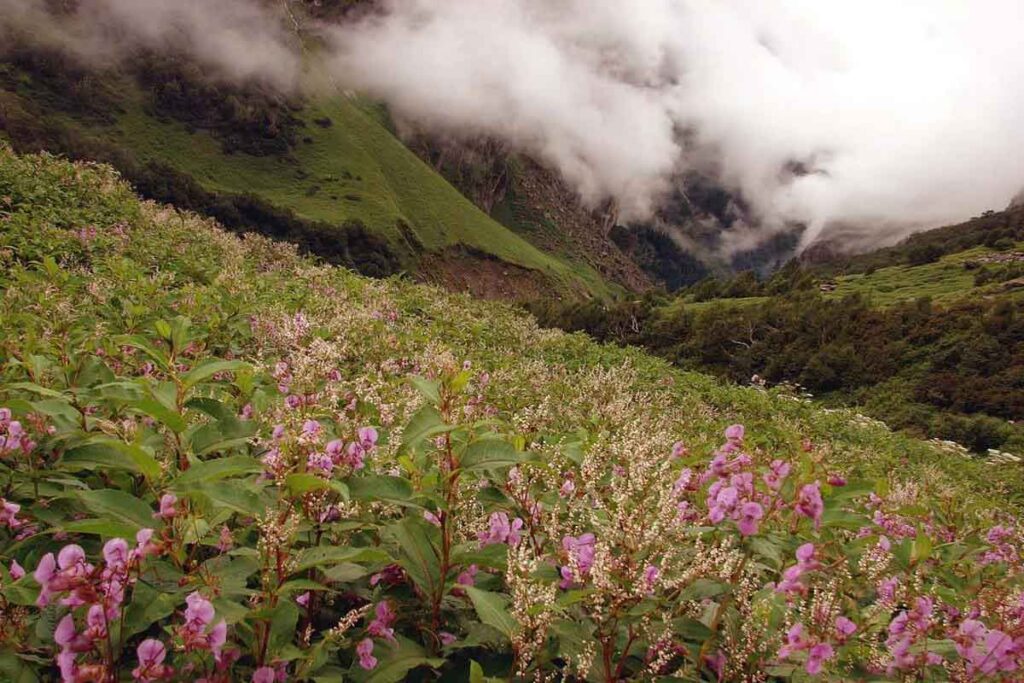
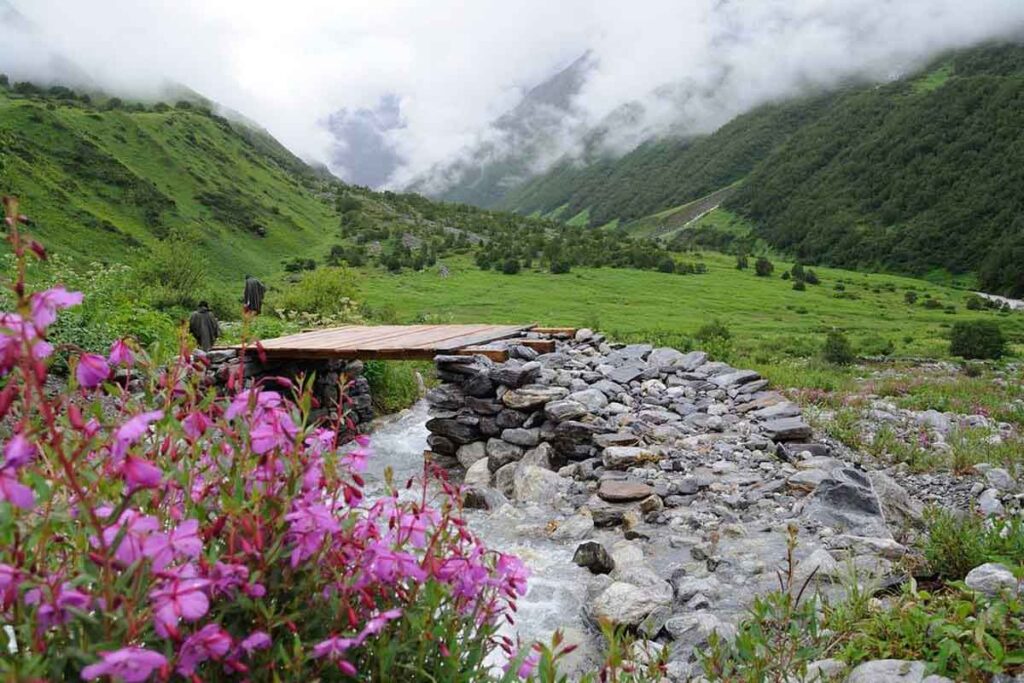
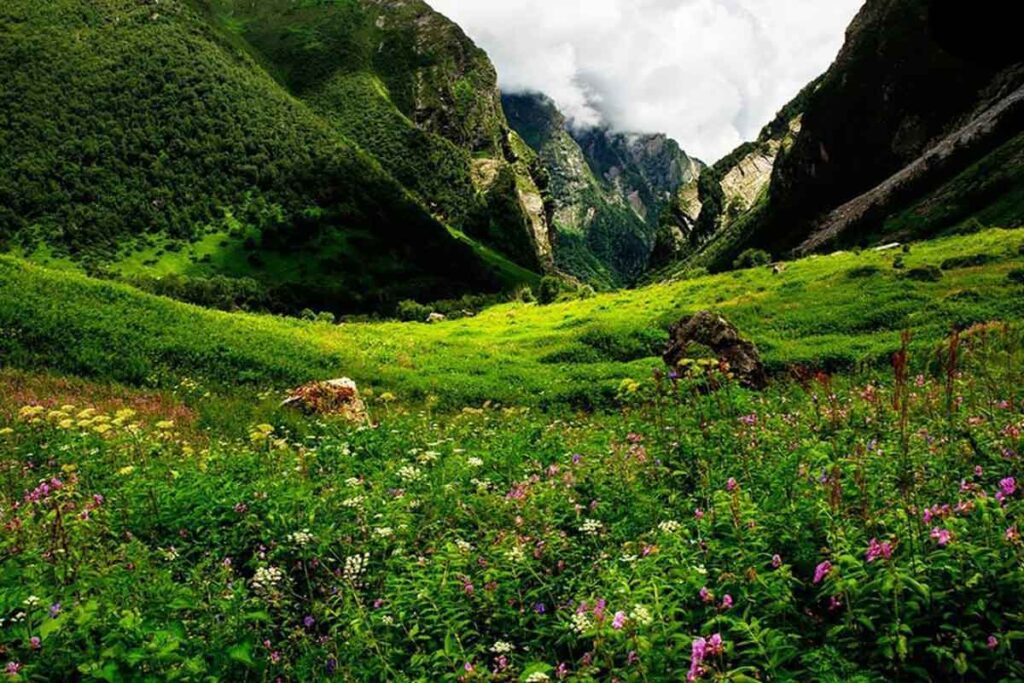
Buddhist Monuments at Sanchi
The sanctuary has a plethora of monolithic pillars, palaces, temples and monasteries in different states of preservation. It was inscribed as a World Heritage Site by UNESCO on January 24, 1989, for its unique cultural importance. It was discovered only in 1818 in a deserted state of preservation. Archaeological excavations were undertaken thereafter revealed 50 unique monuments.
Buddhist Monuments at Sanchi Images
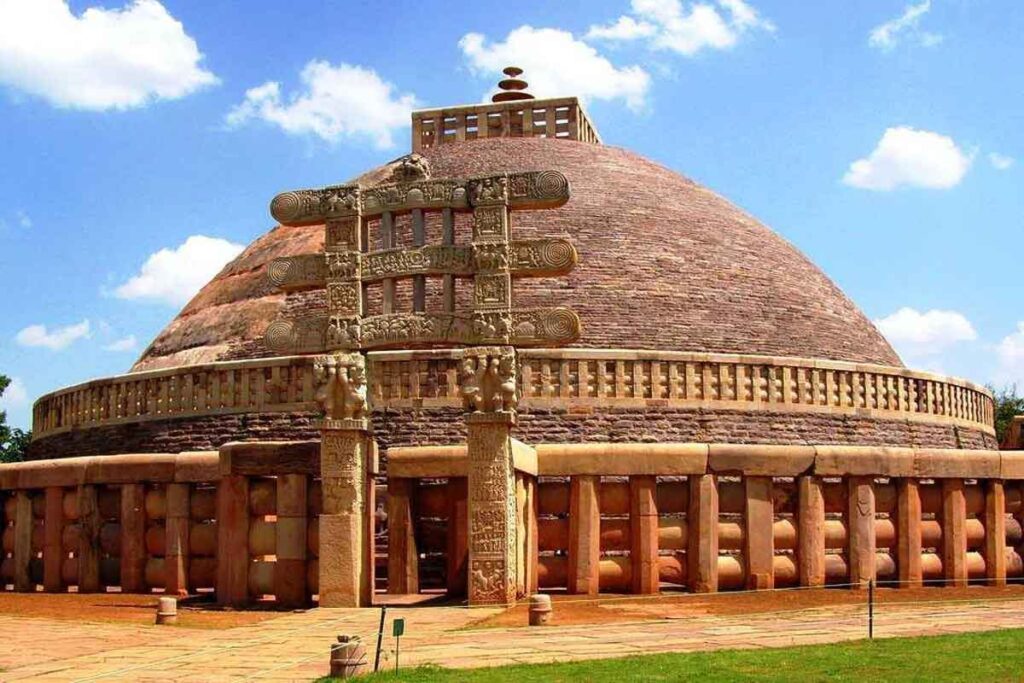
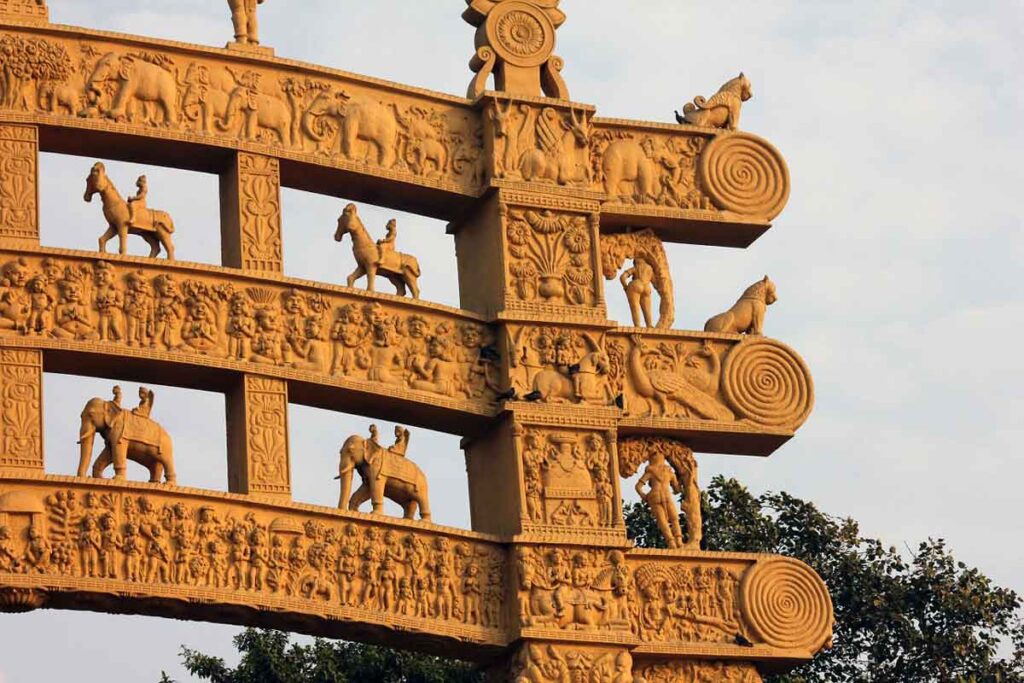
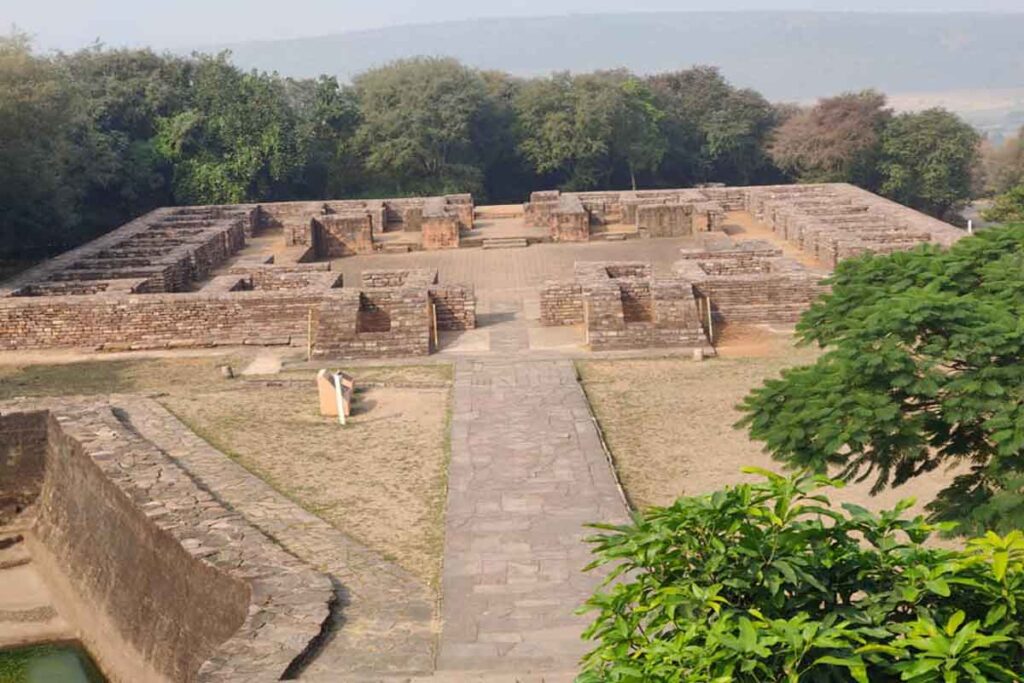
Humayun’s Tomb
Humayun’s tomb is the tomb of the Mughal Emperor Humayun in Delhi. It was built in 1570 and was inscribed as a UNESCO World Heritage Monument in 1993 for its cultural importance. it was also placed in the centre of a 30-acre (120,000 m2) Char Bagh.
Humayun’s Tomb Images
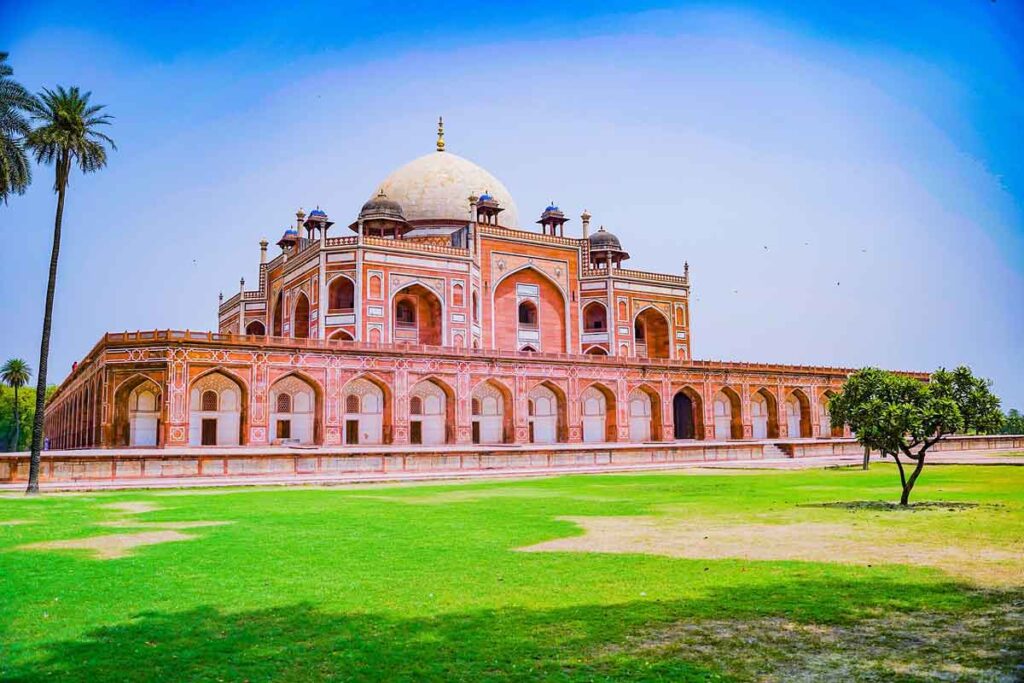
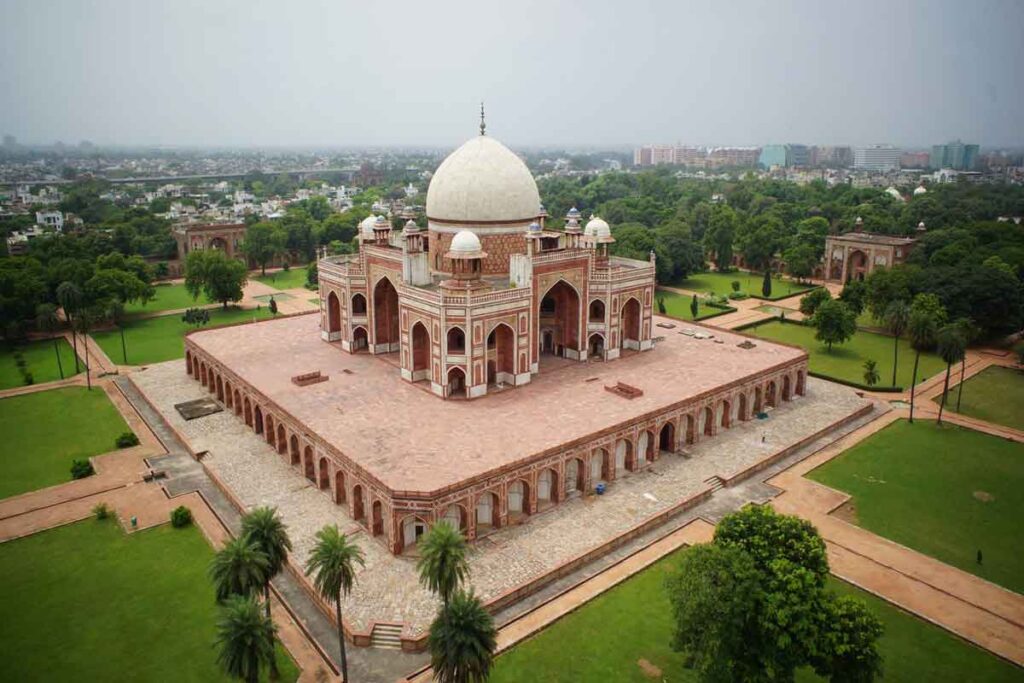
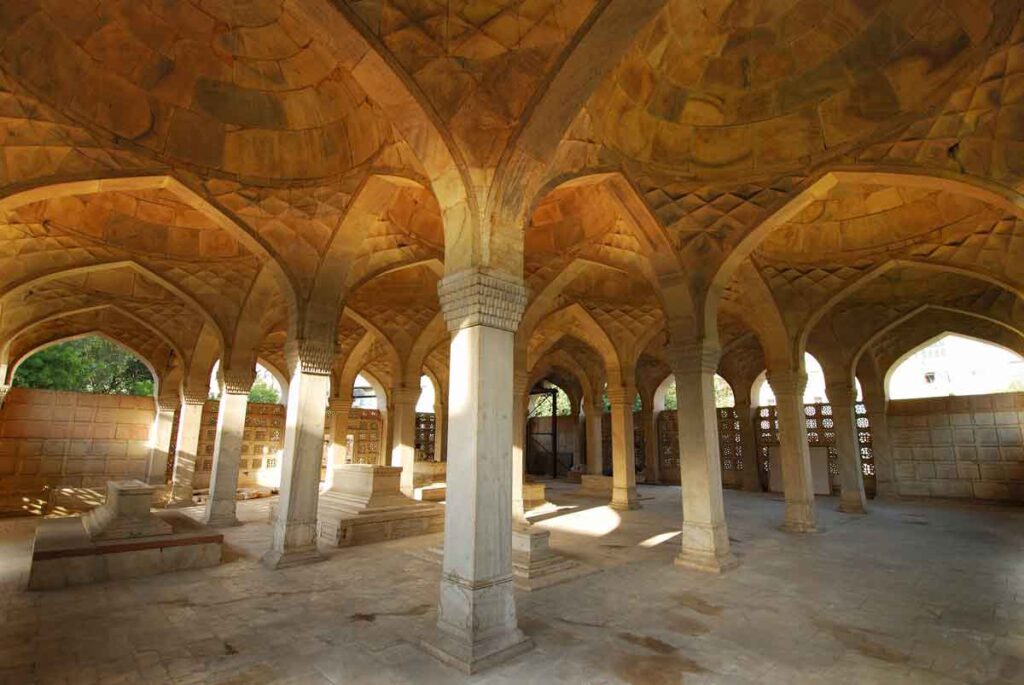
Qutb Minar and its Monuments
The Qutb Minar and its Monuments is a complex with the Qutb Minar as the centrepiece. This is a red sandstone tower of 72.5 metres (238 ft) height with a base of 14.32 metres (47.0 ft) reducing to 2.75 metres (9.0 ft) diameter at the top. Built-in the beginning of the 13th century and was inscribed as a UNESCO World Heritage Monument in 1993.
Qutb Minar and its Monuments Images
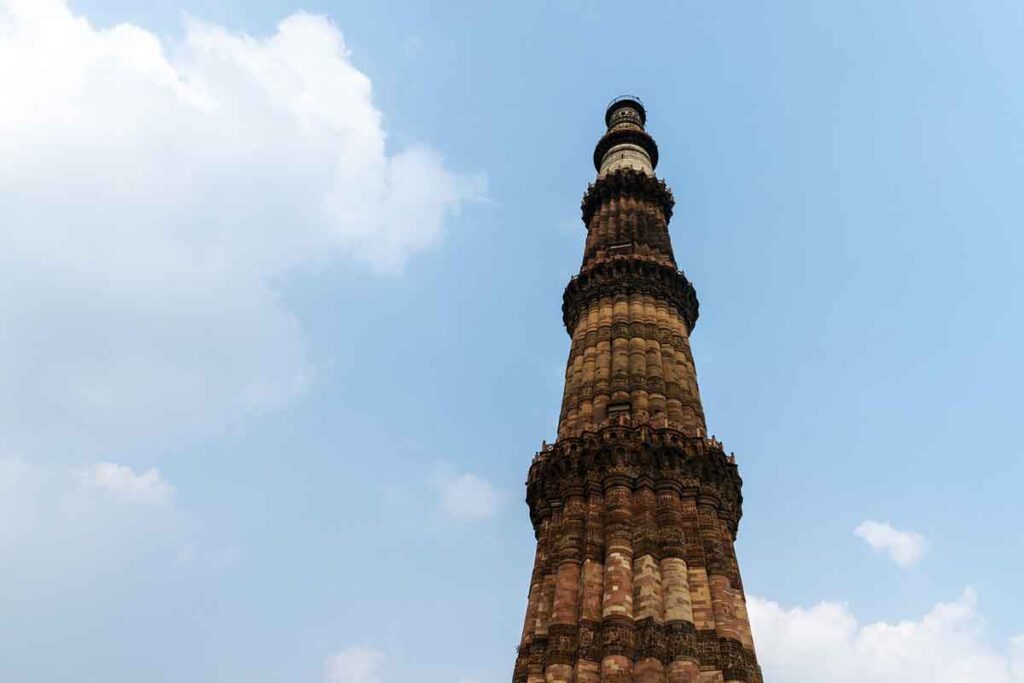
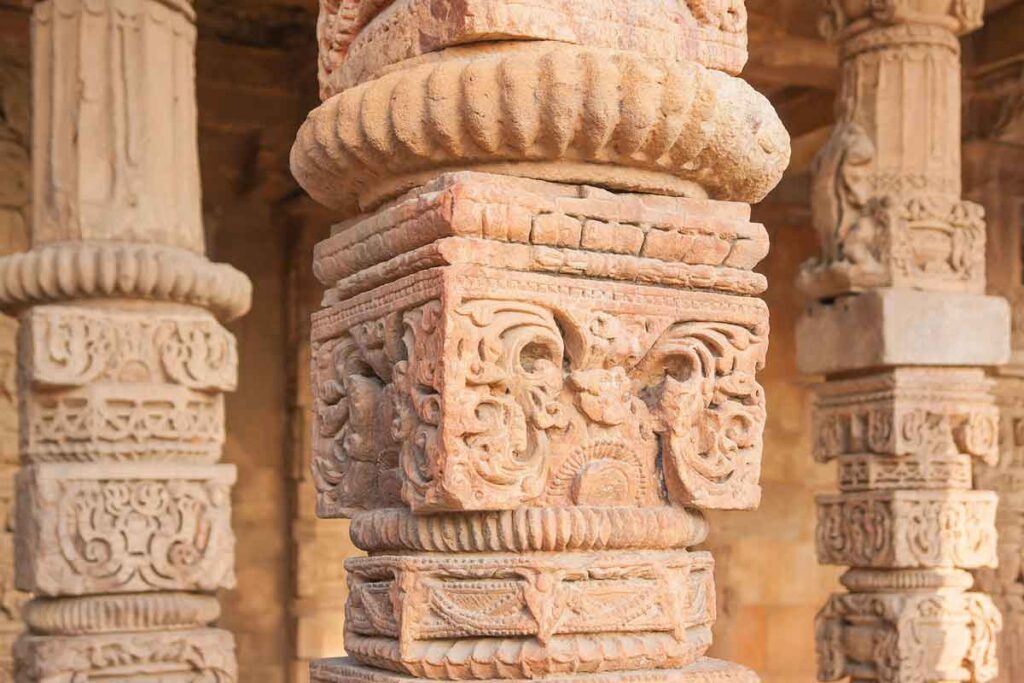
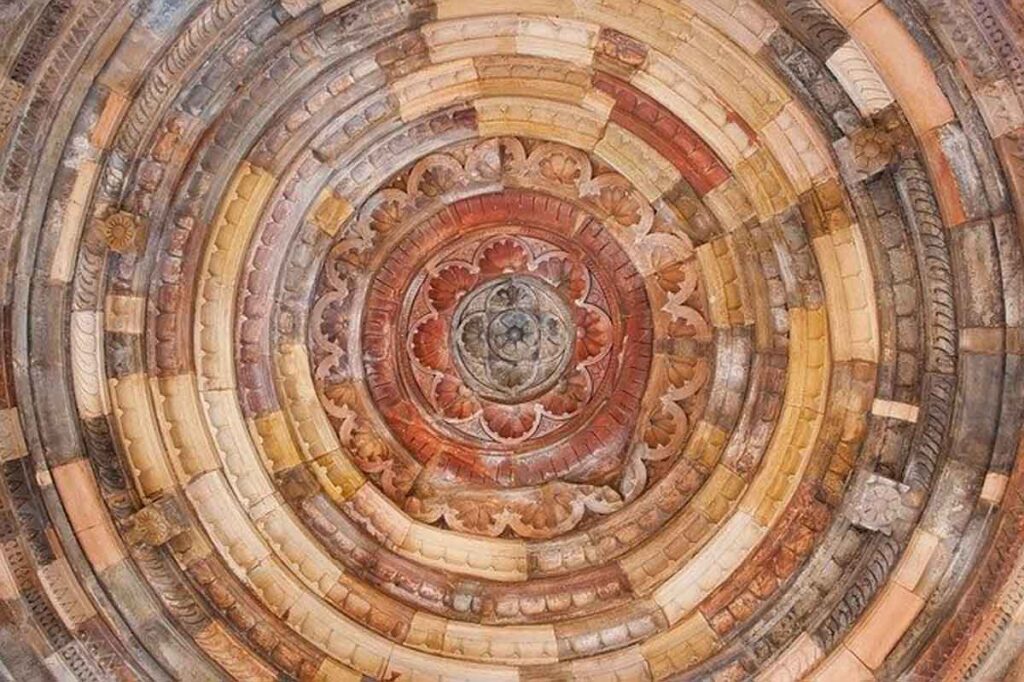
Mountain Railways of India
The Mountain Railways of India represent a collective listing of the Darjeeling Himalayan Railway, the Nilgiri Mountain Railway and the Kalka-Shimla Railway under the UNESCO World Heritage Site. The Darjeeling Himalayan Railway was recognized first in 1999, the Nilgiri Mountain Railway followed suite as an extension to the site in 2005, and in 2008 the Kalka–Shimla Railway was further added as an extension, and the three together have been titled as Mountain Railways of India.
Mountain Railways of India Images
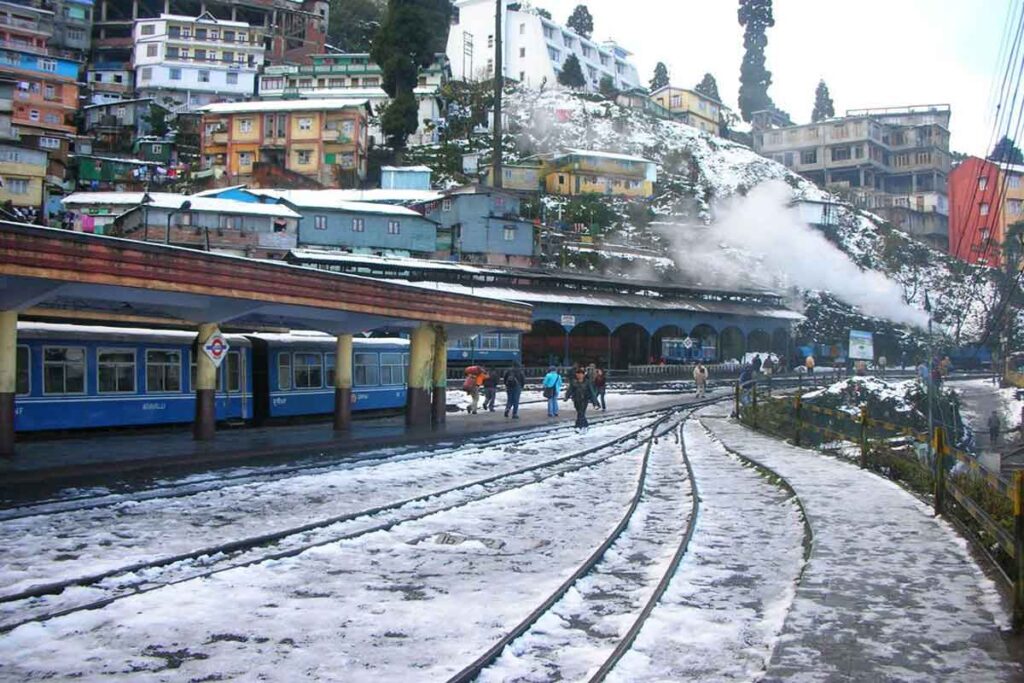
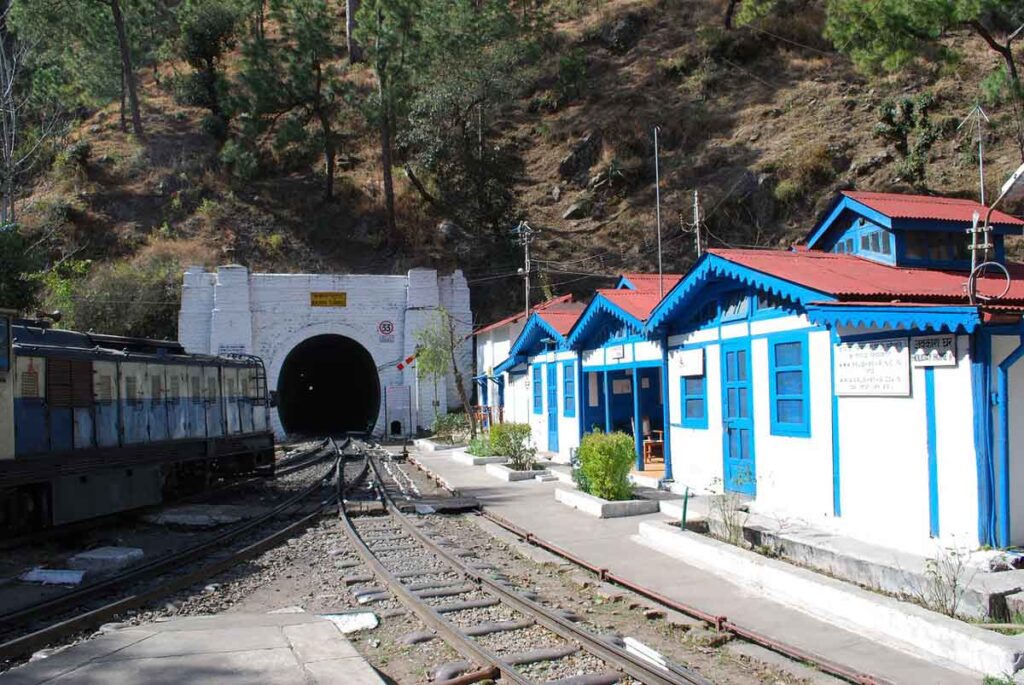
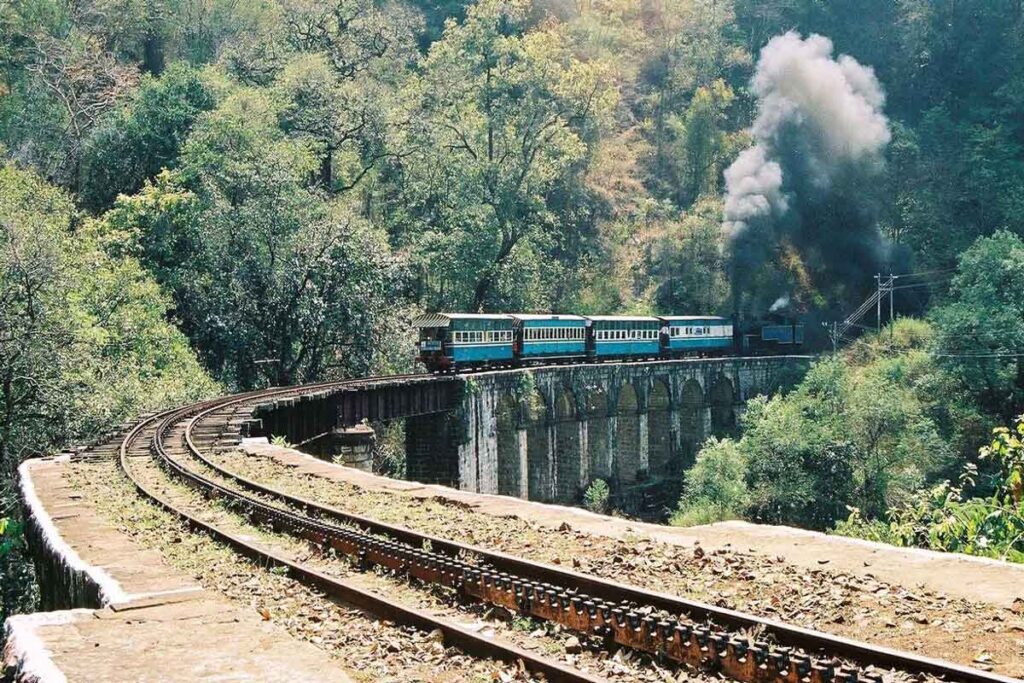
Mahabodhi Temple Complex at Bodh Gaya
The Mahabodhi Temple is a UNESCO World Heritage Site (2002) an ancient, but much rebuilt and restored, a Buddhist temple in Bodh Gaya. The site contains a descendant of the Bodhi Tree under which Buddha gained enlightenment, and has been a major pilgrimage destination for Hindus and Buddhists for well over two thousand years. Many of the oldest sculptural elements have been moved to the museum beside the temple.
Mahabodhi Temple Complex at Bodh Gaya Images
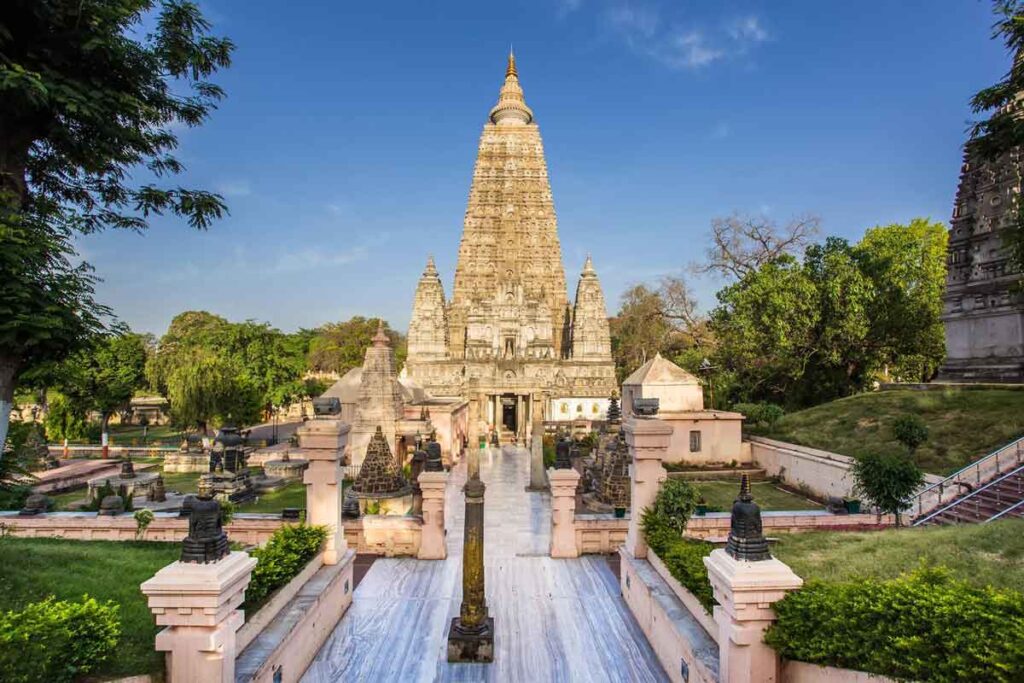
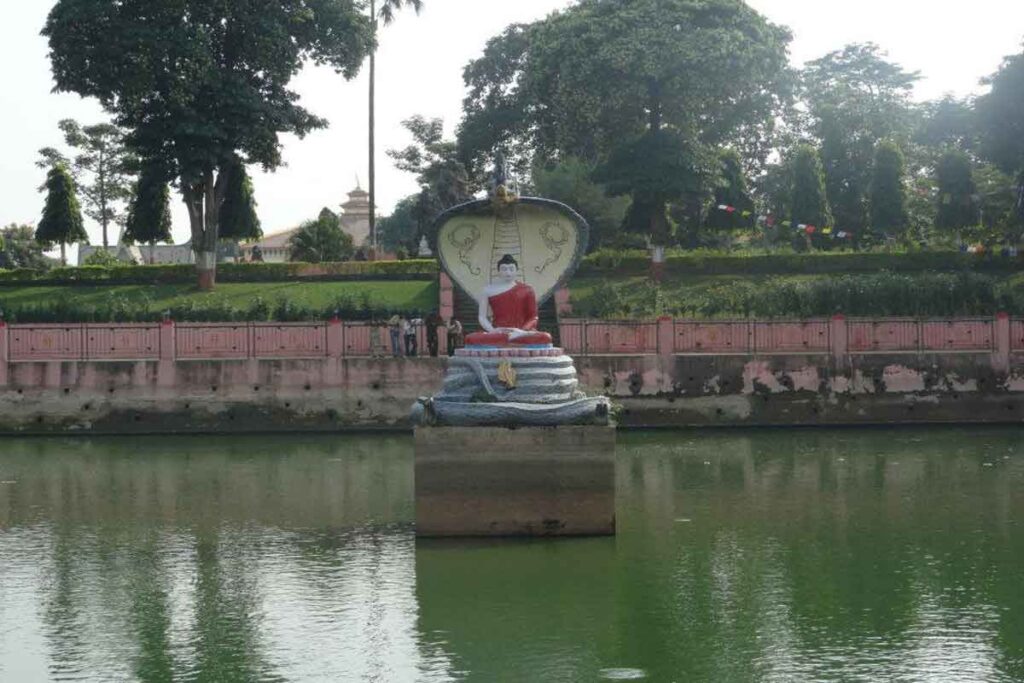
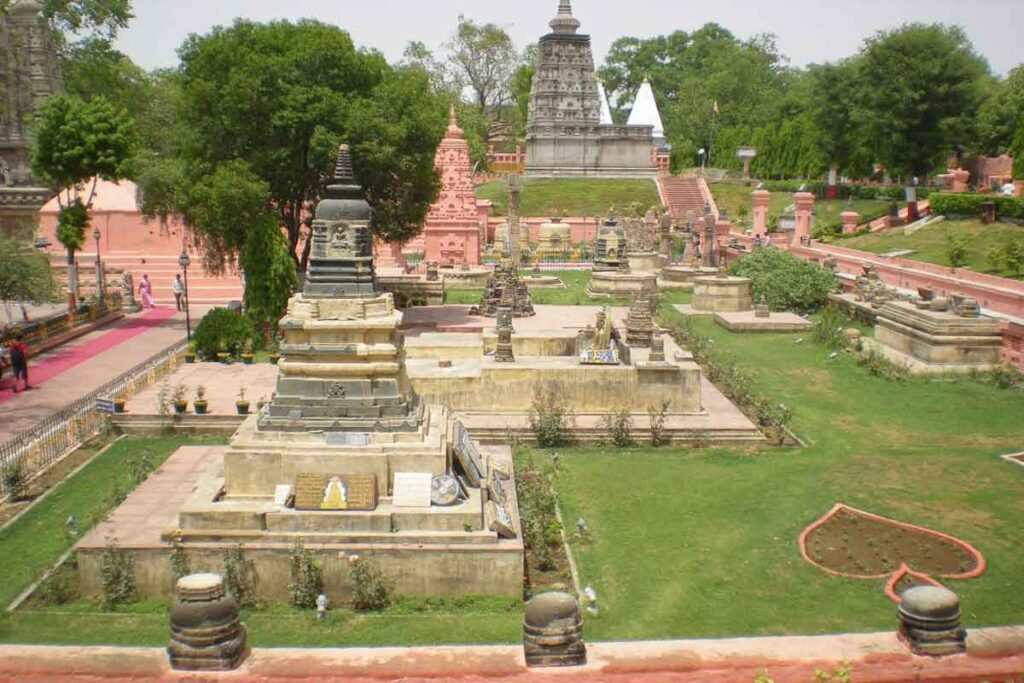
Rock Shelters of Bhimbetka
The Bhimbetka rock shelters are an archaeological site in central India. It exhibits the earliest traces of human life on the Indian subcontinent and evidence of Stone Age. It is inscribed as a UNESCO World Heritage Site in 2003 that consists of seven hills and over 750 rock shelters distributed over 10 km (6.2 mi). At least some of the shelters were inhabited more than 100,000 years ago.
Rock Shelters of Bhimbetka Images
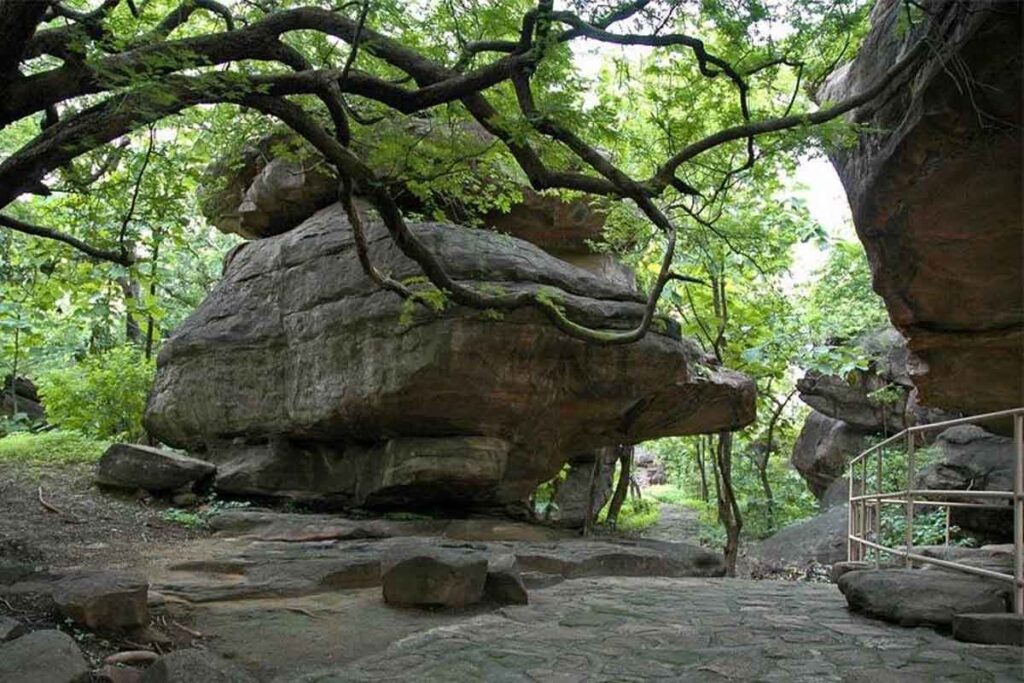
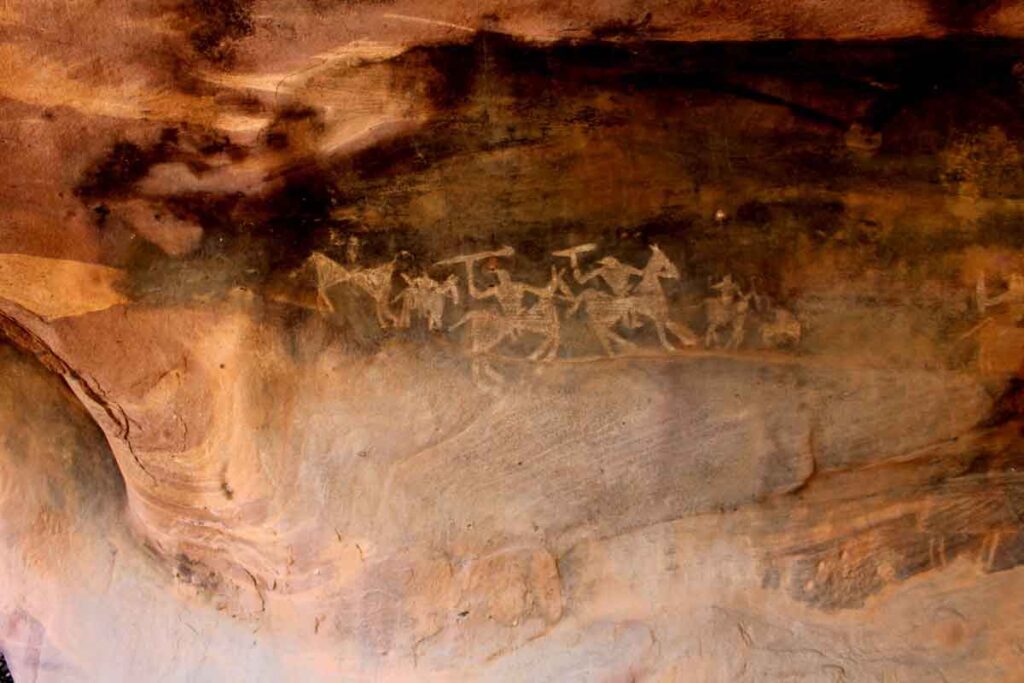
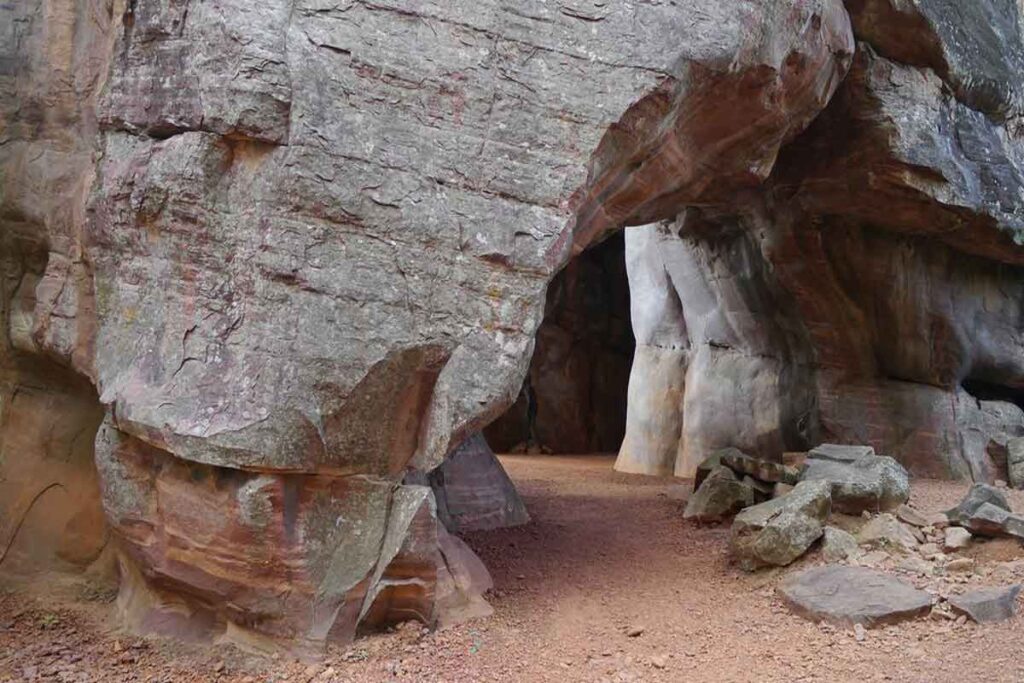
Chhatrapati Shivaji Terminus (formerly Victoria Terminus)
Chhatrapati Shivaji Terminus also known by its former name victoria Terminus. Its construction began in 1878 and was completed in 1887, the year marking 50 years of Queen Victoria’s rule, the building is named Victoria Terminus. This site was inscribed under UNESCO World Heritage List in 2004 as Cultural heritage.
Chhatrapati Shivaji Terminus Images
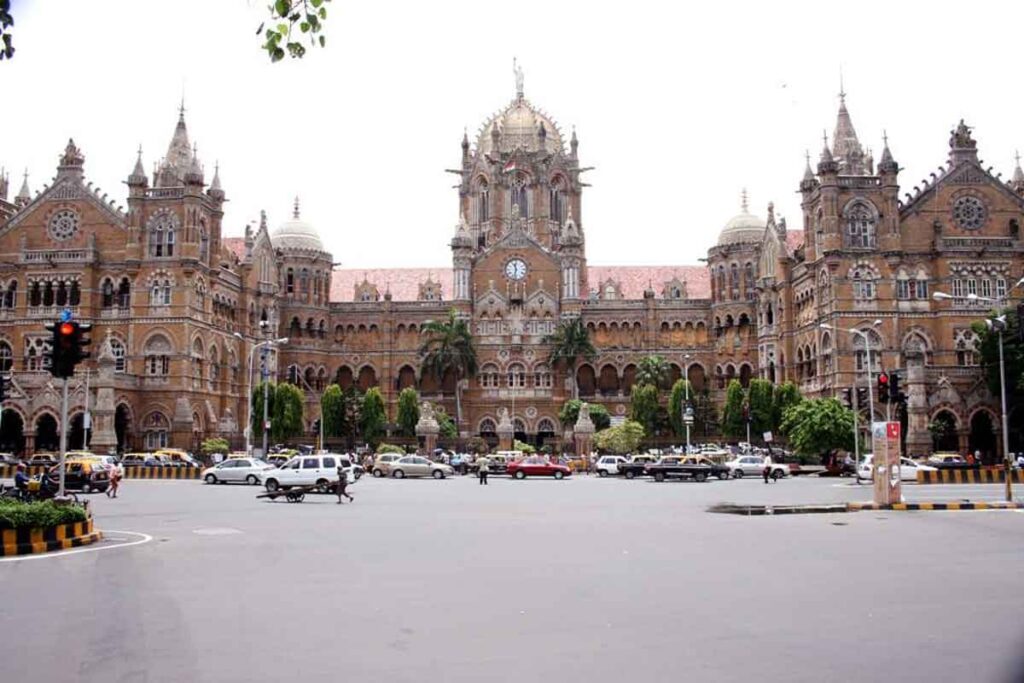
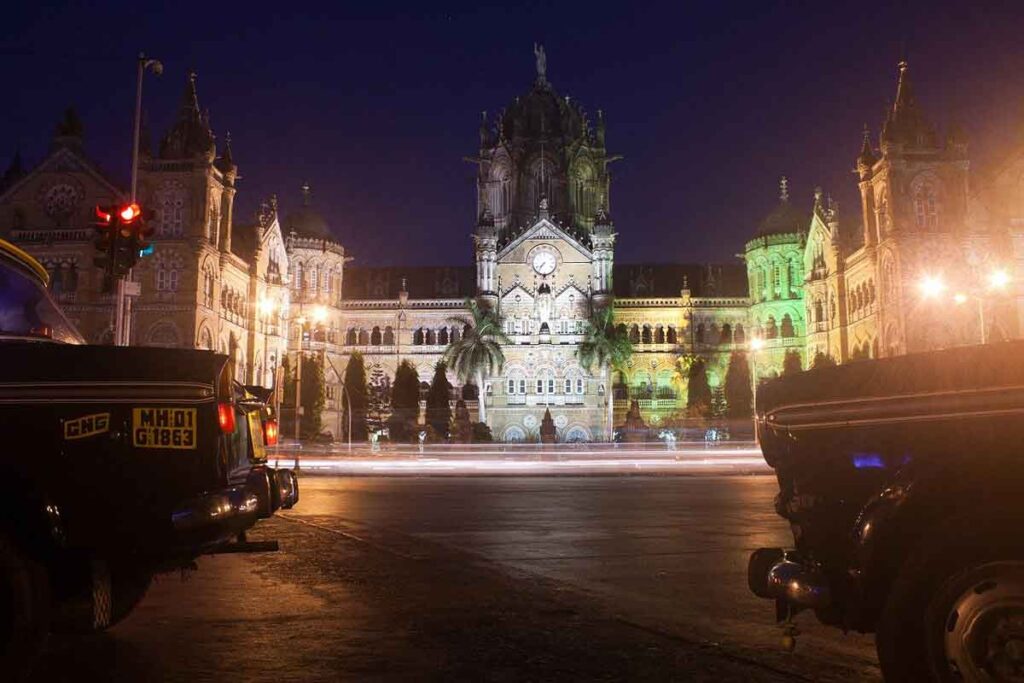
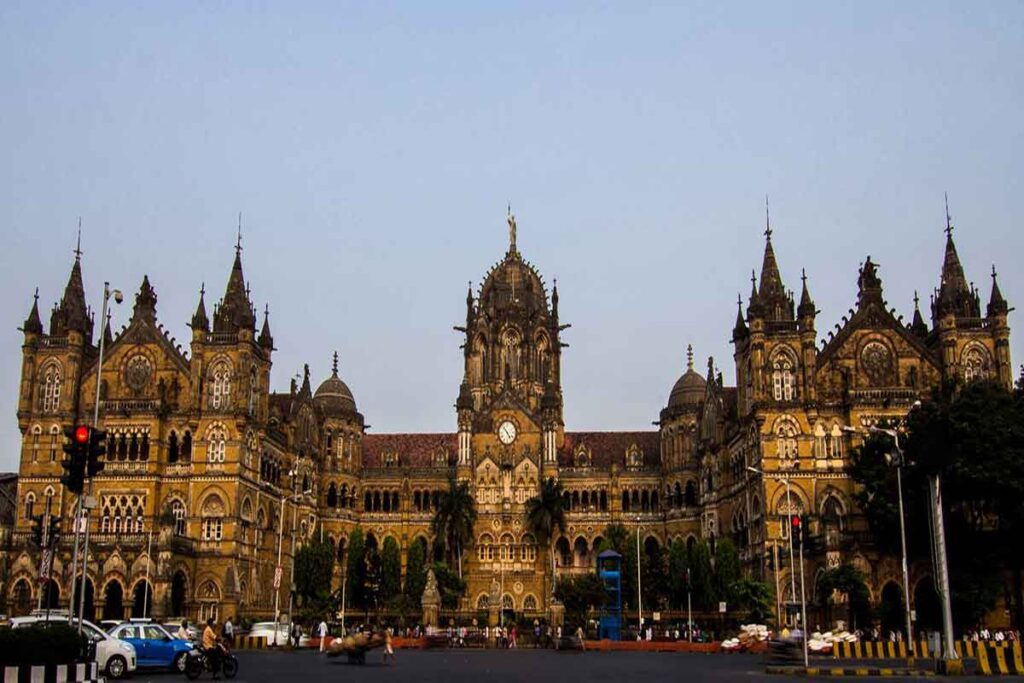
Champaner-Pavagadh Archaeological Park
Champaner-Pavagadh Archaeological Park was inscribed as a UNESCO World Heritage Site in 2004 as a cultural site. The park’s landscape includes archaeological, historic and living cultural heritage monuments. The Kalika Mata Temple and Jain Temple on top of the Pavagadh Hill are considered to be an important shrine, attracting large numbers of pilgrims throughout the year.
Champaner-Pavagadh Archaeological Park Images
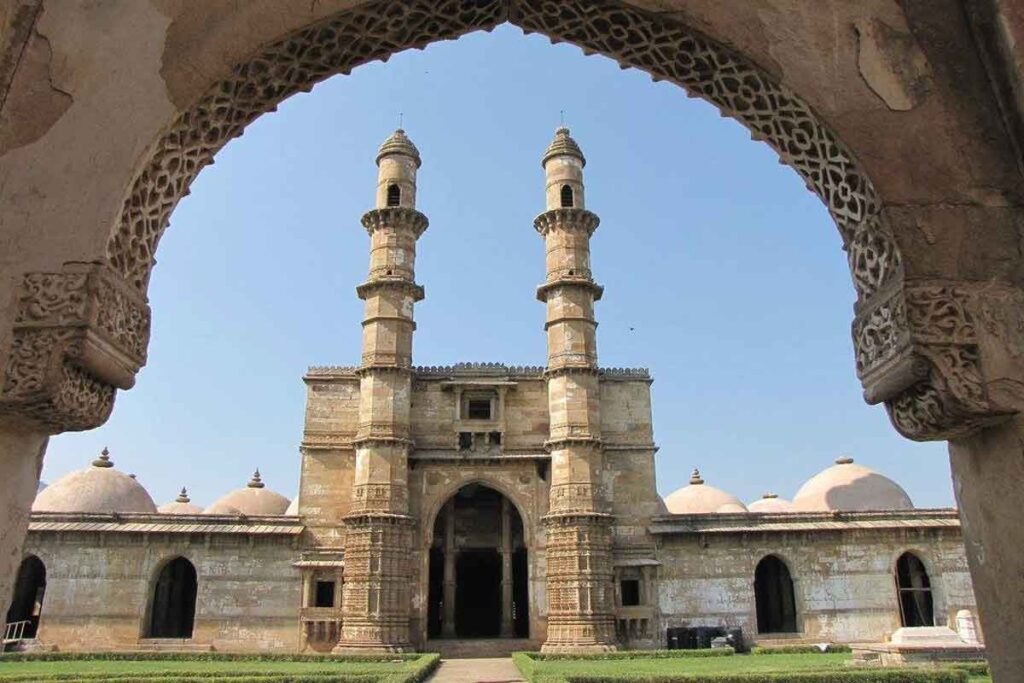
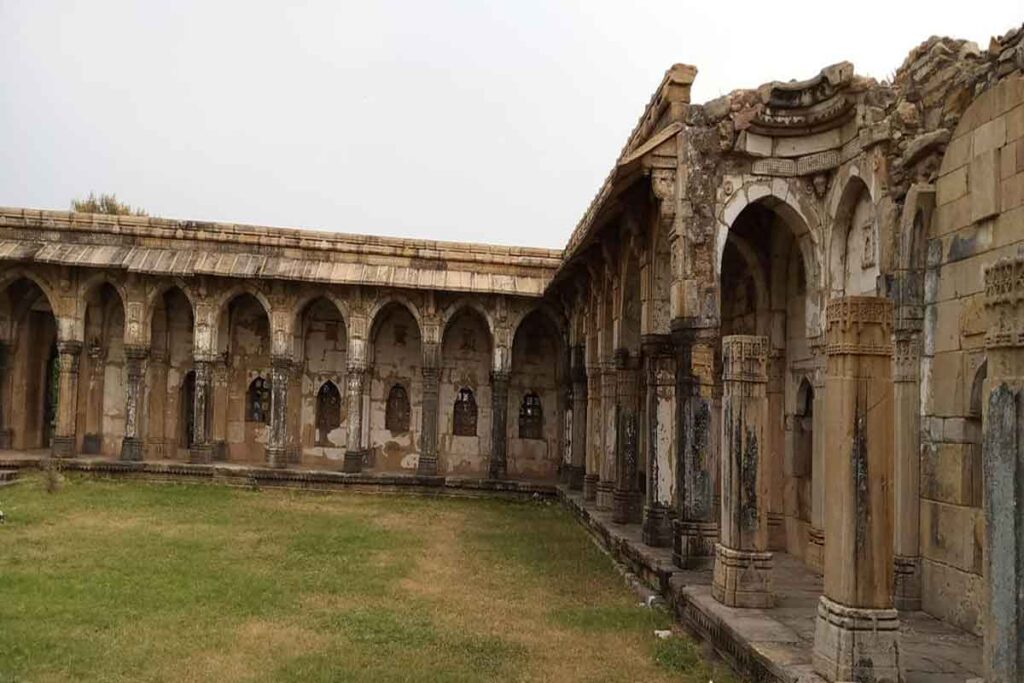
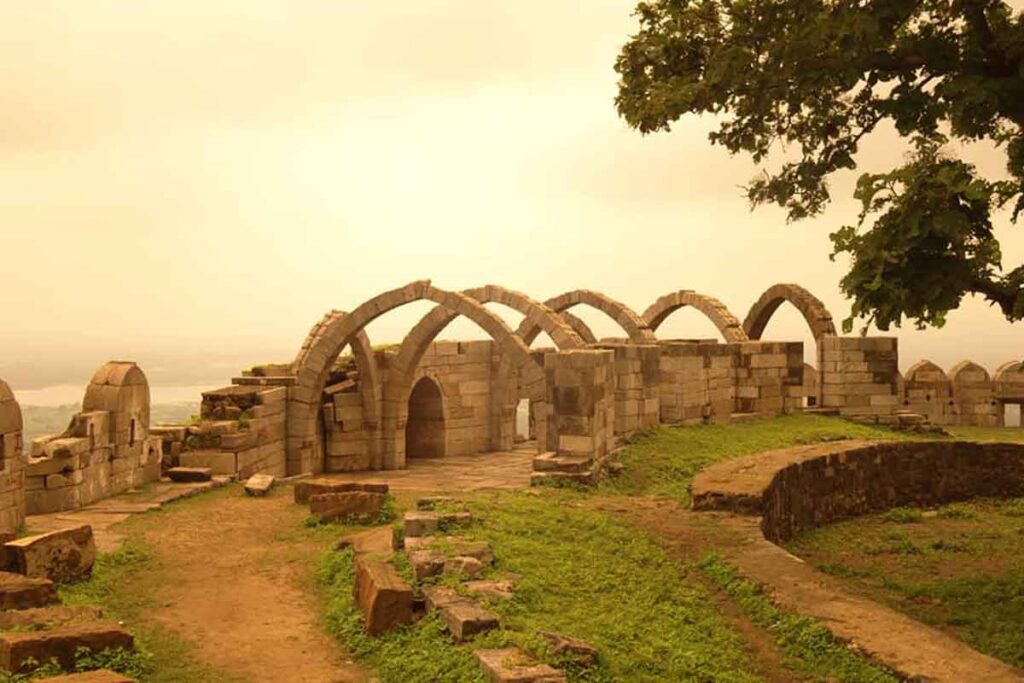
Red Fort Complex
The Red Fort Complex, also known as Lal Qila is a palace fort built in the 17th century by Shahjahan the fifth Mughal emperor. The palace complex has been fortified by an enclosure wall built with red sandstone hence the name Red Fort. It is adjacent to the Salimgarh Fort on its north built by Islam Shah Suri in 1546 and is now part of the Red Fort Complex. It was designated a UNESCO World Heritage Site in 2007 as part of the Red Fort Complex.
Red Fort Images
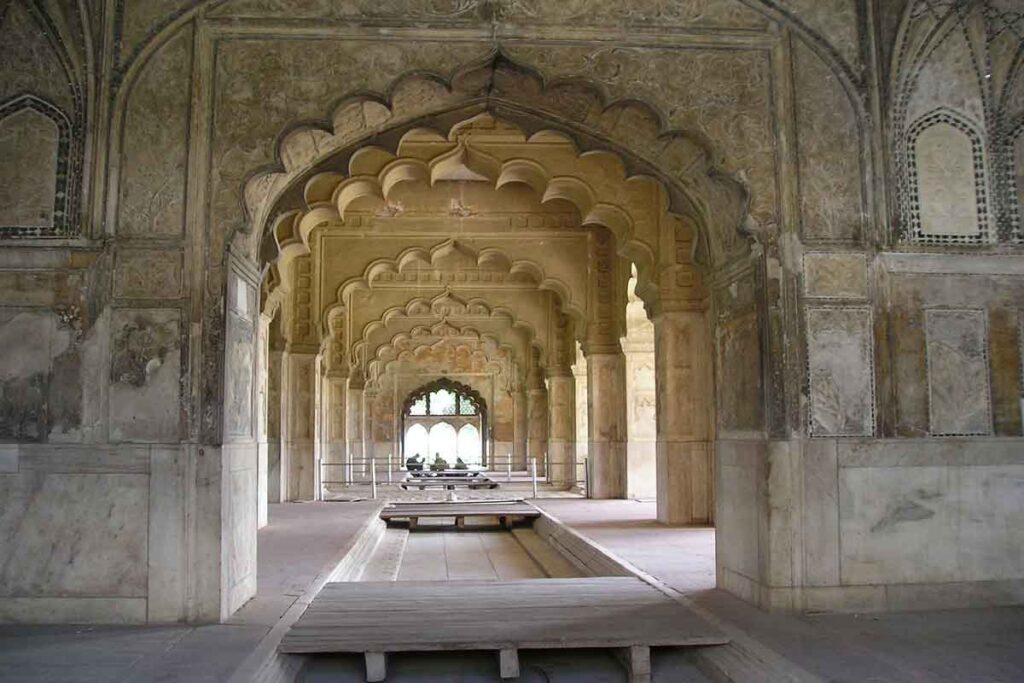
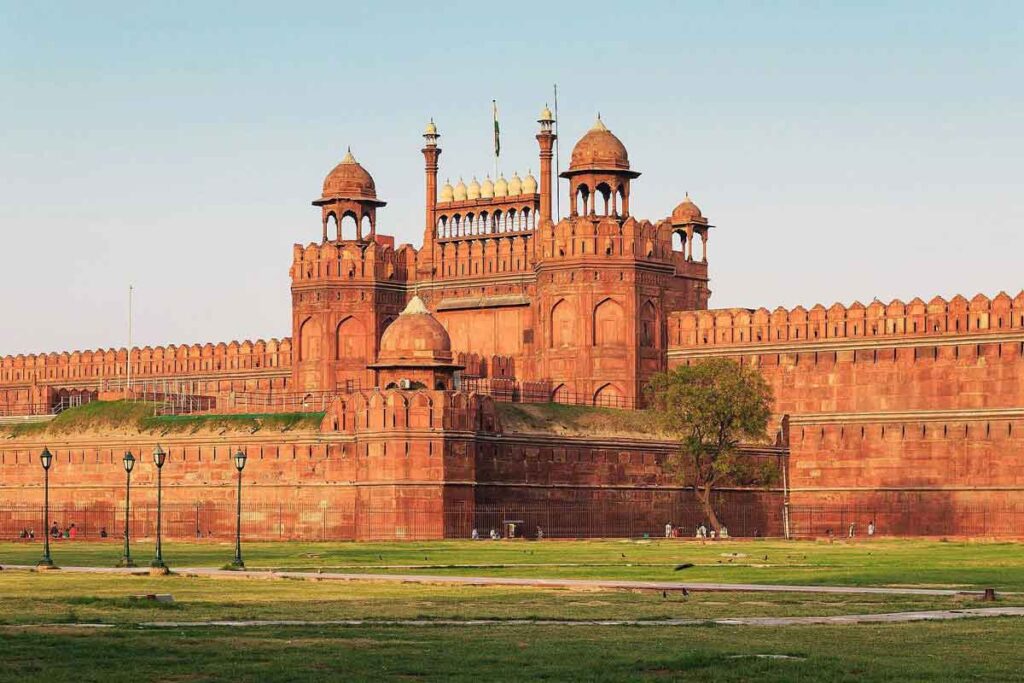
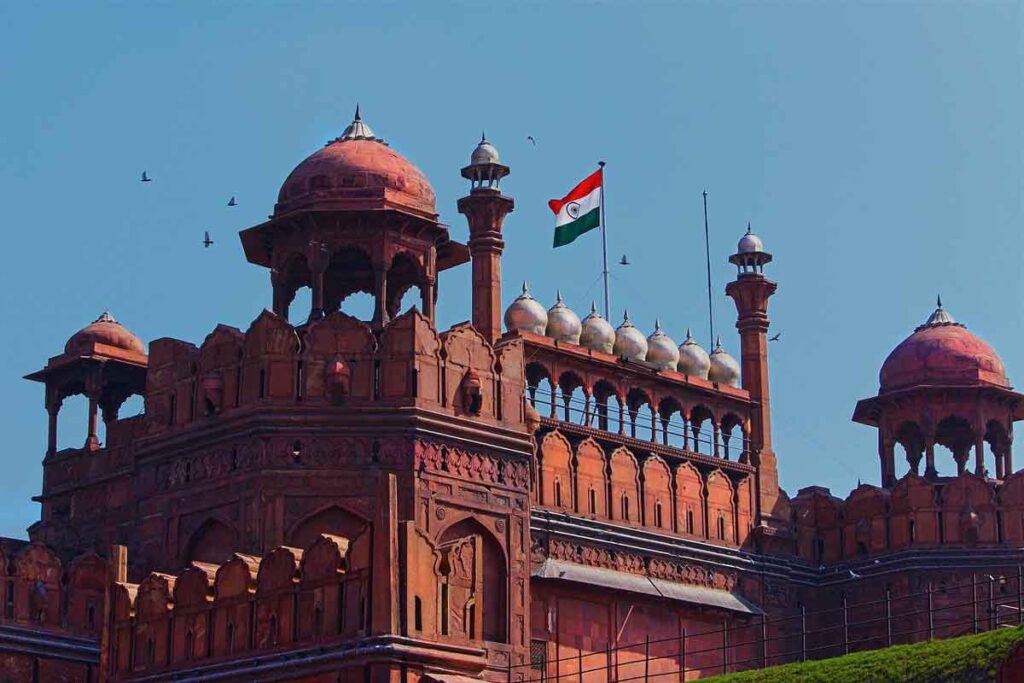
The Jantar Mantar, Jaipur
The Jantar Mantar in Jaipur is a collection of architectural astronomical instruments, built by Maharaja Jai Singh II. The monument was completed in 1734 featuring the world’s largest stone sundial. It has been inscribed as cultural property on the UNESCO World Heritage List in 2010.
The Jantar Mantar Images
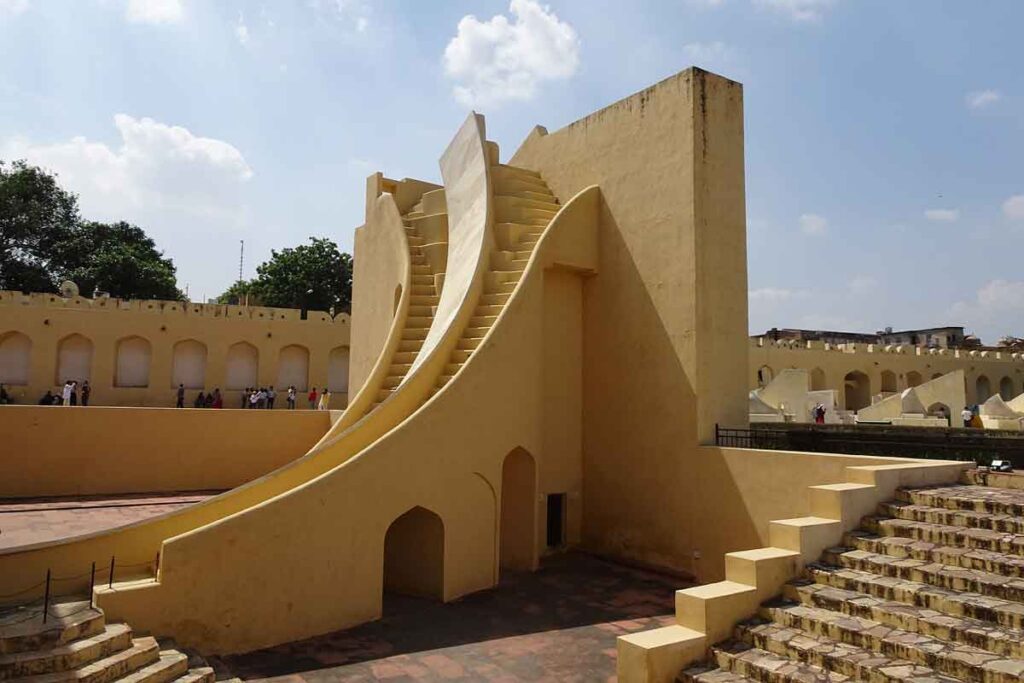
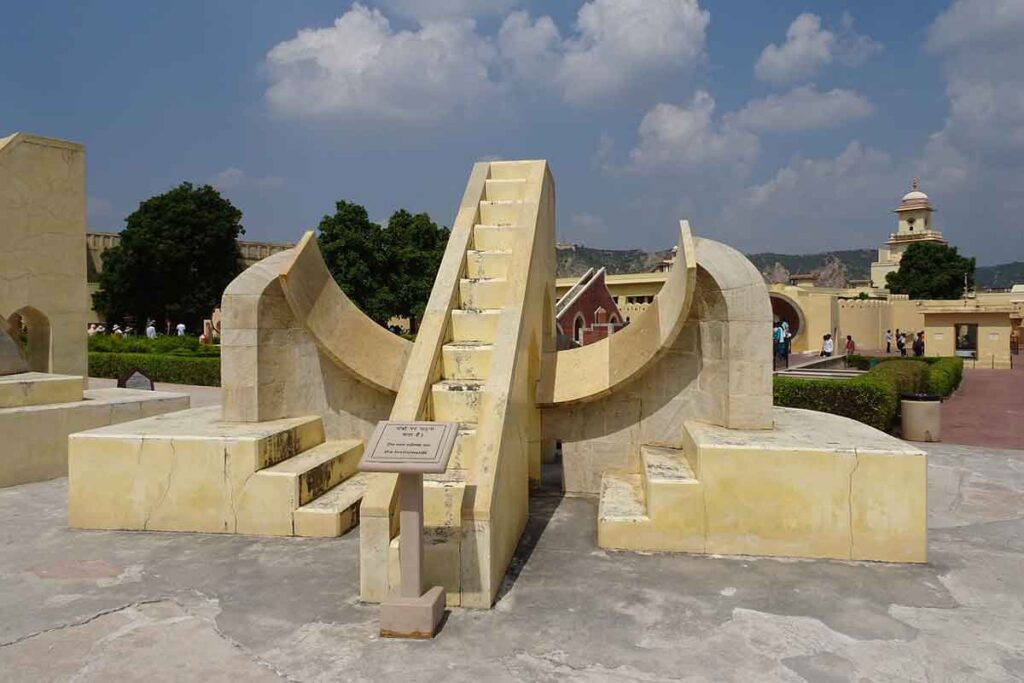
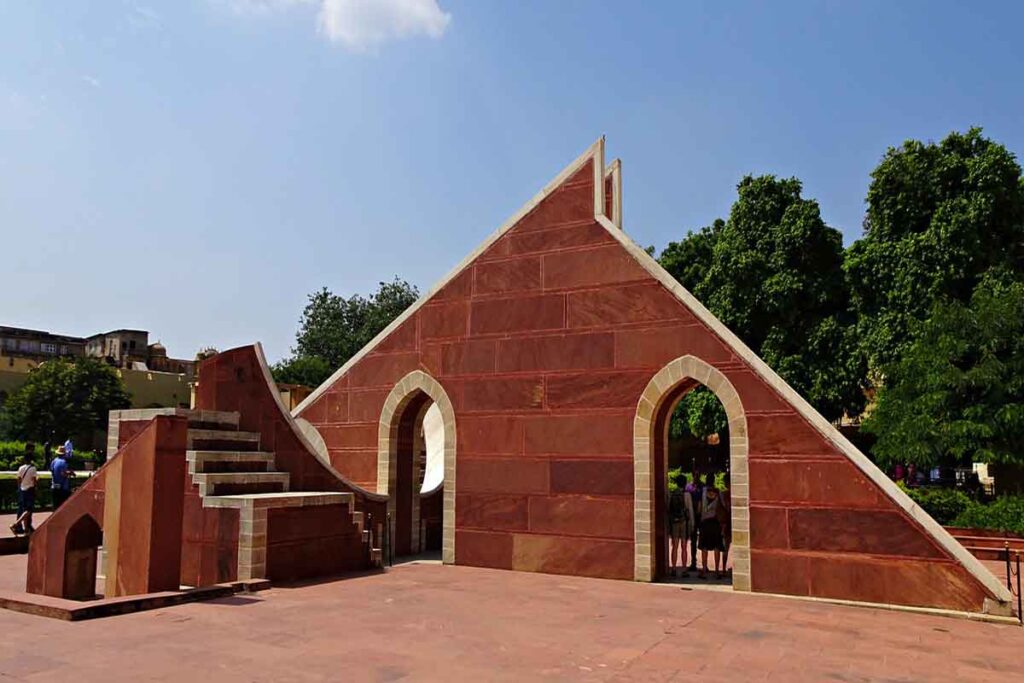
Western Ghats
The Western Ghats, also known as Sahyadri is a mountain range that covers an area of 140,000 square kilometres. It is one of the eight hotspots of biological diversity in the world. A total of thirty-nine properties (including national parks, wildlife sanctuaries and reserve forests) were designated as World Heritage Sites in 2012 – twenty in the state of Kerala, ten in Karnataka, five in Tamil Nadu and four in Maharashtra.
Western Ghats Images
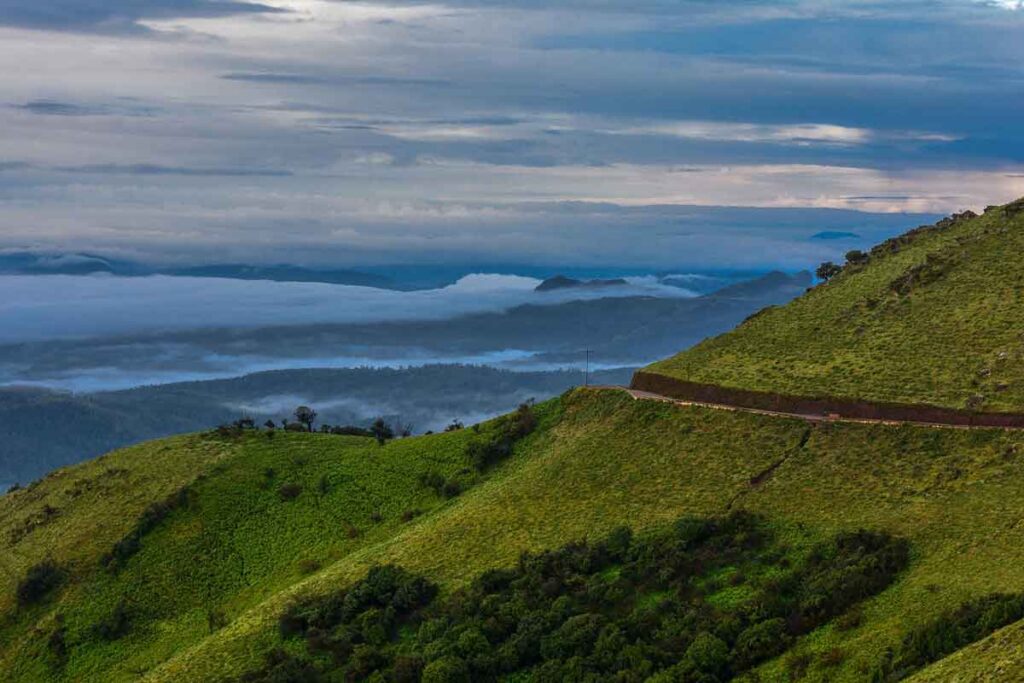
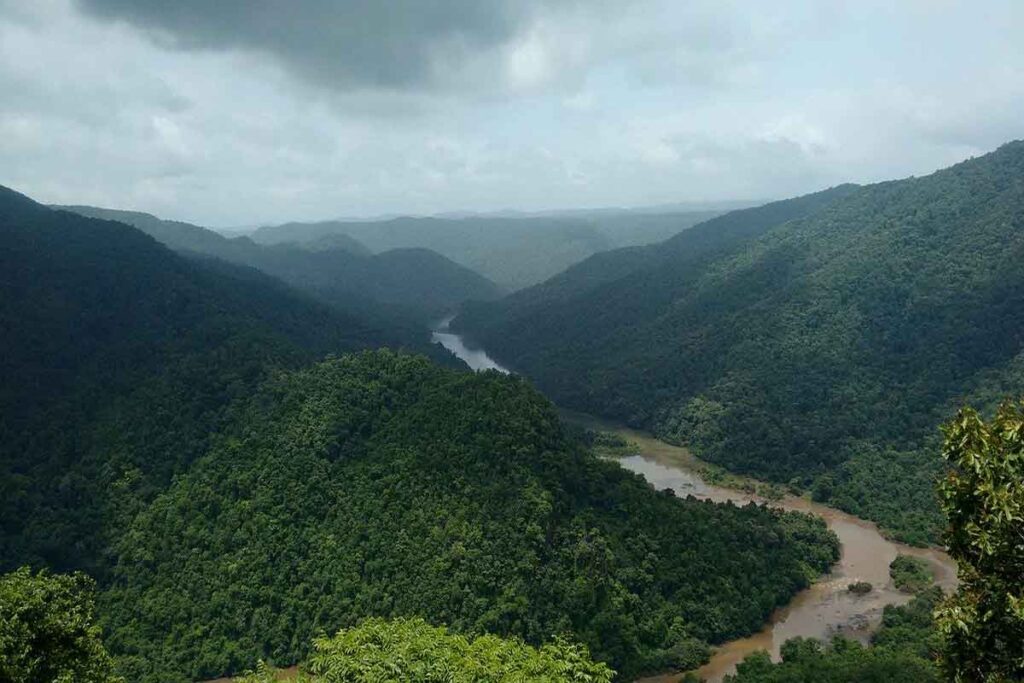
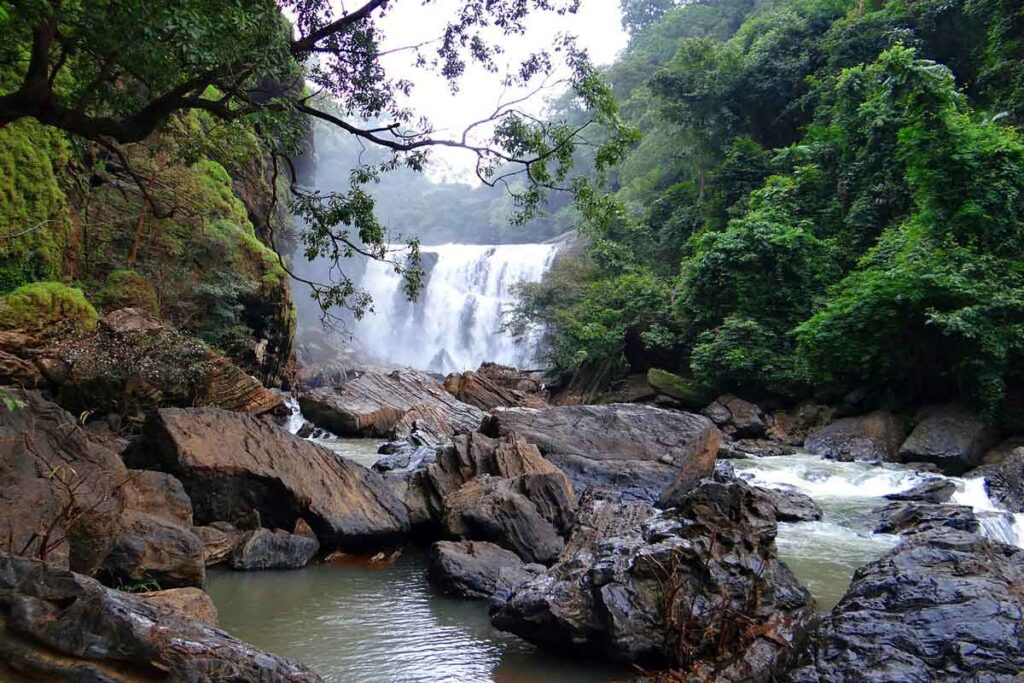
Hill Forts of Rajasthan
Inscribed as a world heritage site in 2013 Hill Forts of Rajasthan includes six majestic forts Chittor Fort at Chittorgarh, Kumbhalgarh Fort at Kumbhalgarh, Ranthambore Fort at Sawai Madhopur, Gagron Fort at Jhalawar, Amer Fort at Jaipur and Jaisalmer Fort at Jaisalmer. The eclectic architecture of the forts, some up to 20 kilometres in circumference, bears testimony to the power of the Rajput princely states that flourished in the region from the 8th to the 18th centuries.
Hill Forts of Rajasthan Images
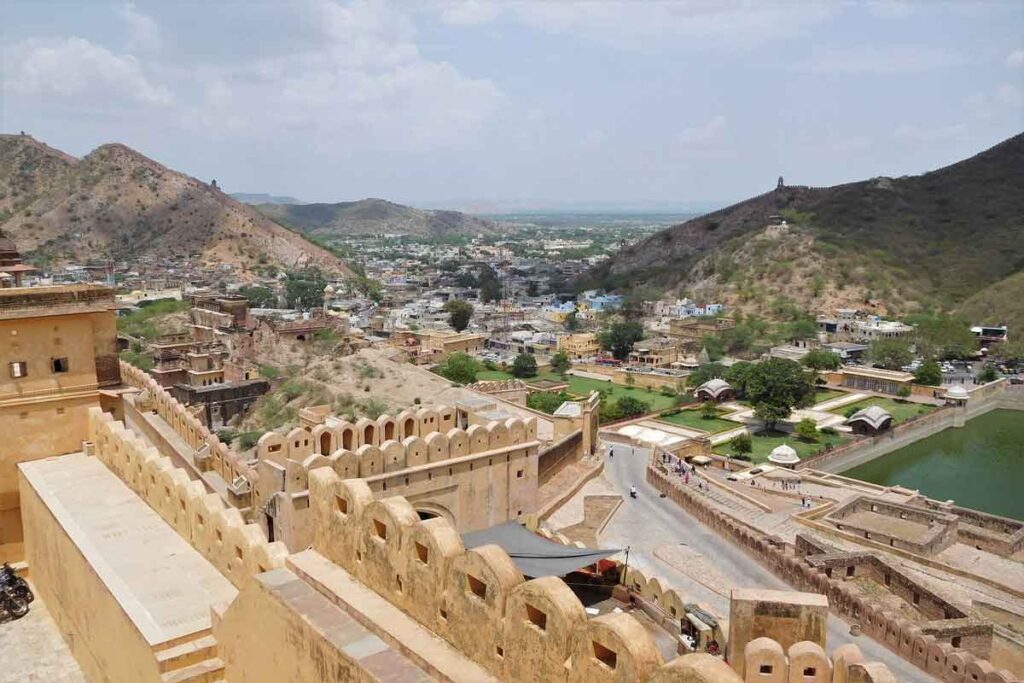
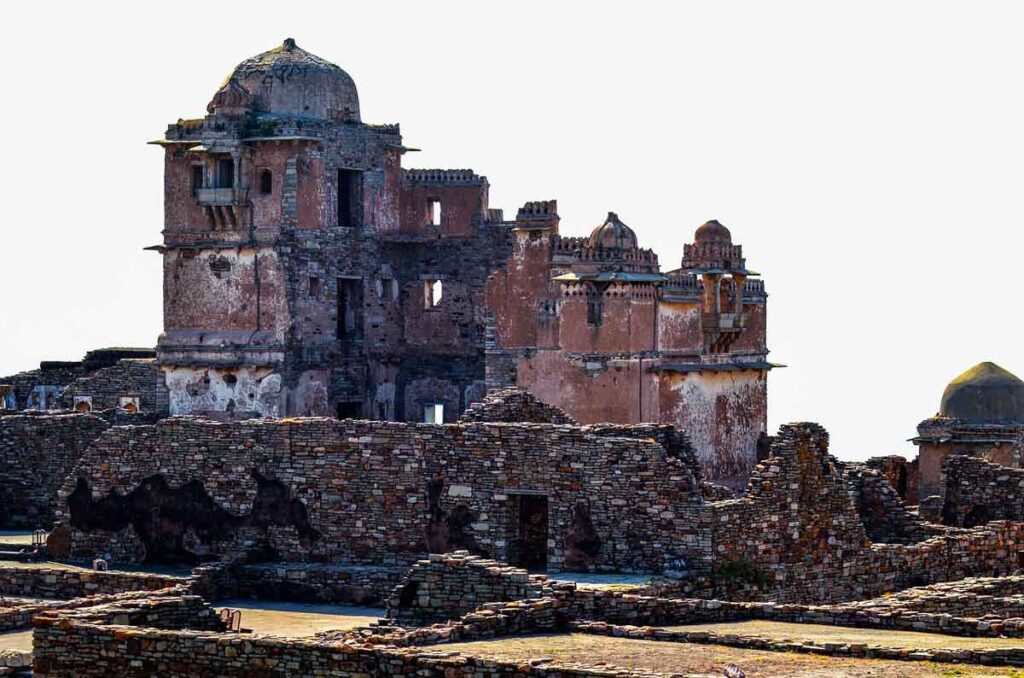
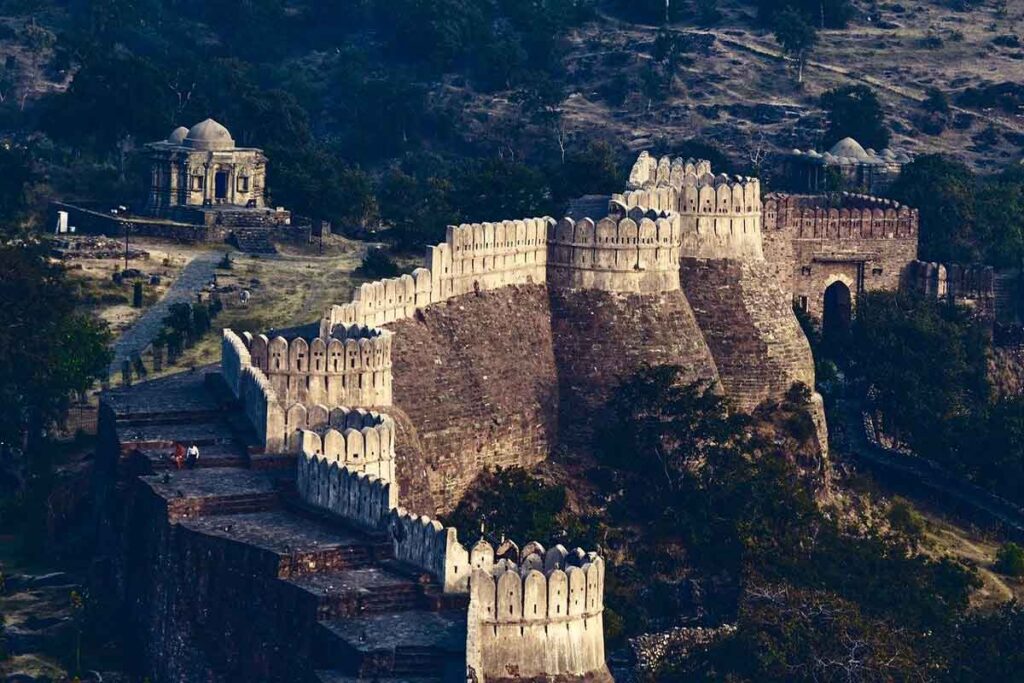
Rani ki vav (The Queen’s Stepwell)
It is a stepwell located on the banks of the Saraswati river. This stepwell is famous for its size and sculpture. The length of Rani ki Vav is more than 64 m (210 ft) long, 20 m (66 ft) wide and 27 m (89 ft) deep and there are more than 500 sculptures of god. It has been listed as one of UNESCO’s World Heritage Sites since 2014.
Rani ki vav Images
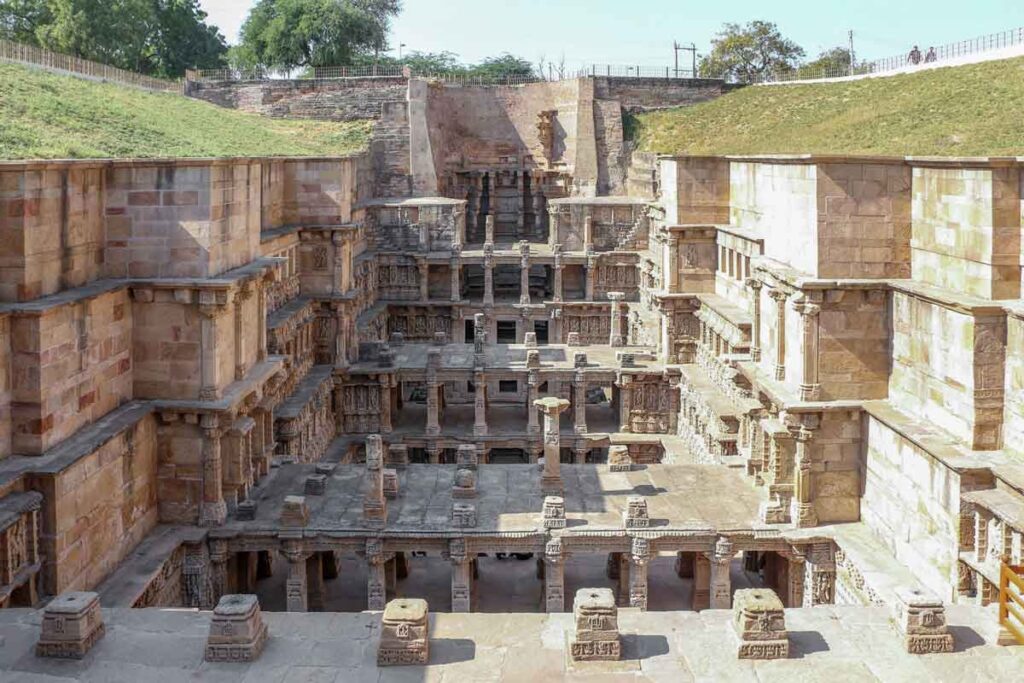
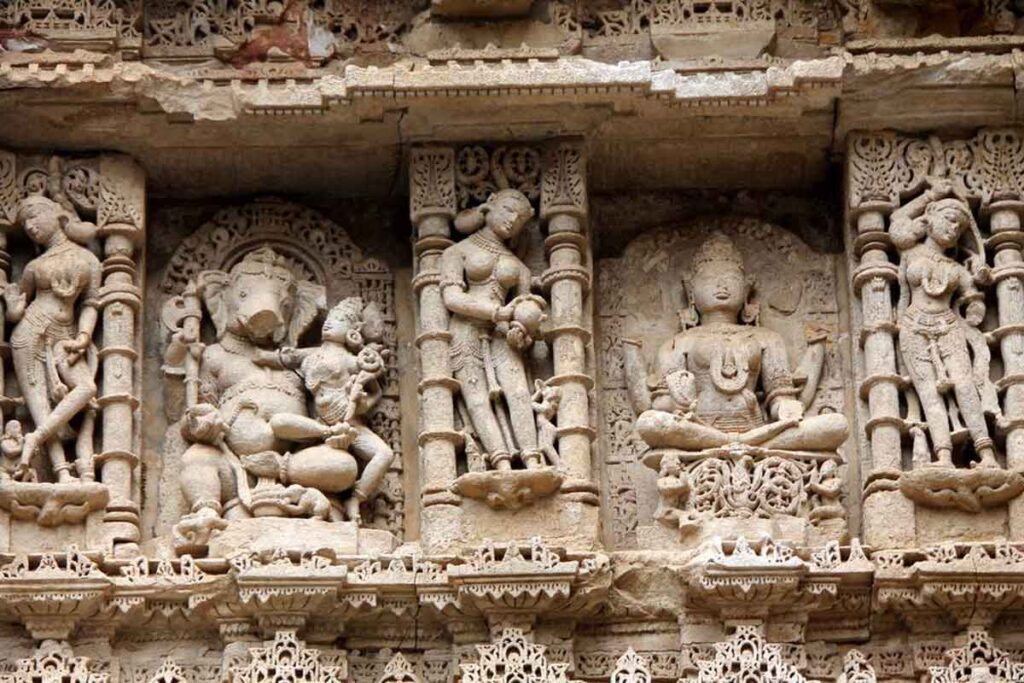
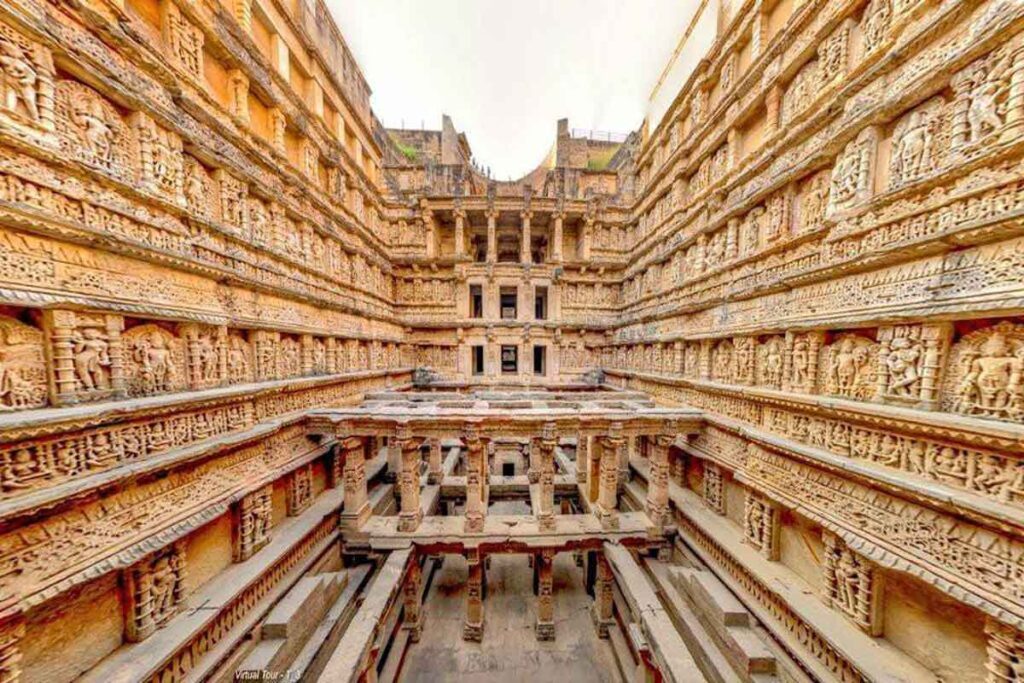
Great Himalayan National Park
The park was established in 1984 and is spread over an area of 754 km square at an altitude of between 1500 and 6000 m. In June 2014, the Great Himalayan National Park was added to the UNESCO list of World Heritage Sites. The Great Himalayan National Park is a habitat to numerous flora and more than 375 fauna species.
Great Himalayan National Park Images
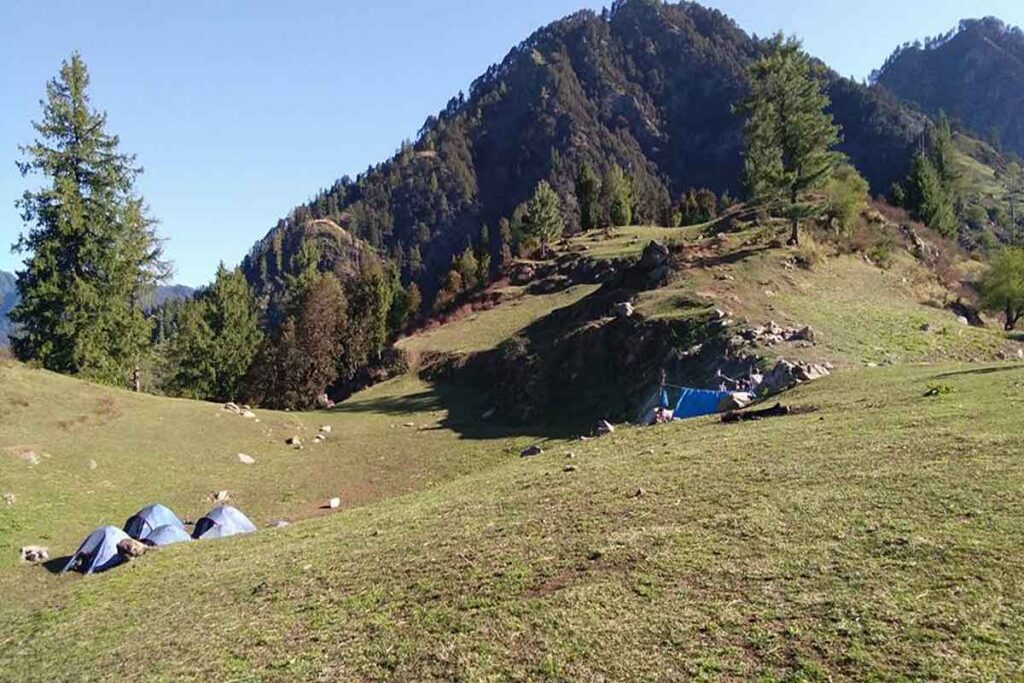
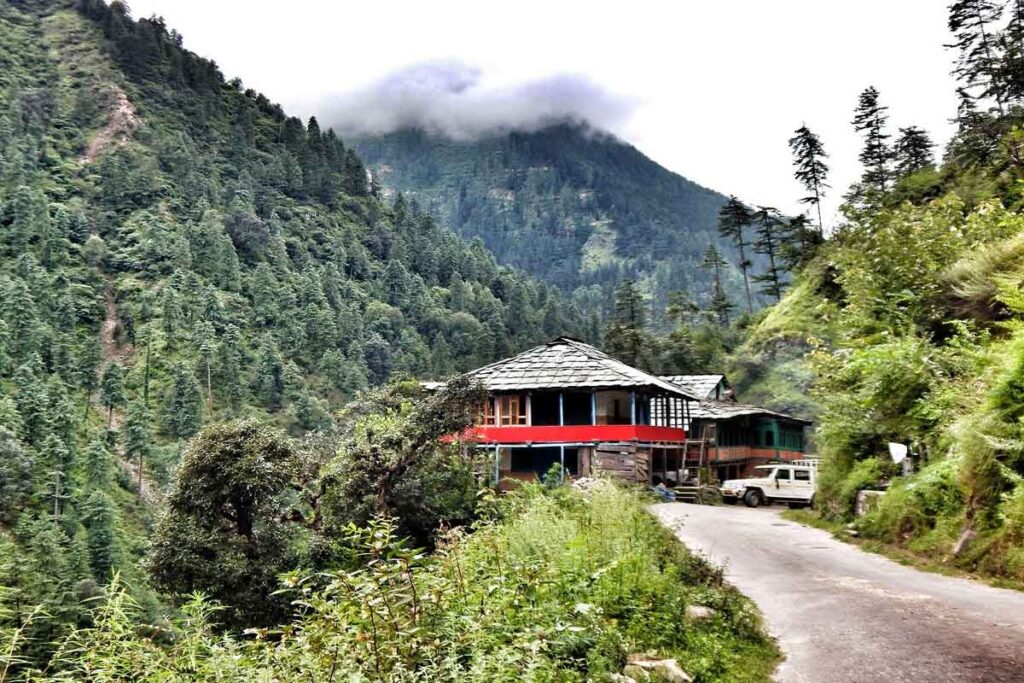
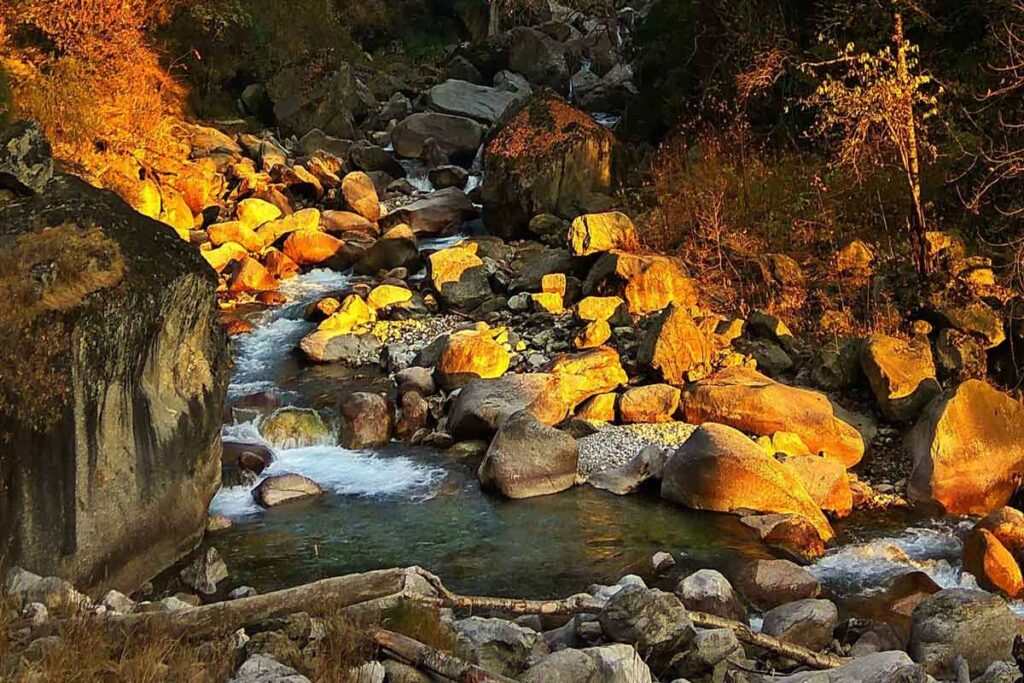
Archaeological Site of Nalanda Mahavihara at Nalanda, Bihar
Nalanda was an ancient Mahavihara, a revered Buddhist monastery which also served as a renowned centre of learning in the ancient kingdom. Nalanda stands out as the most ancient university of the Indian Subcontinent. It engaged in the organized transmission of knowledge over an uninterrupted period of 800 years. This site was inscribed as a world heritage site in 2016.
Nalanda Mahavihara Site Images
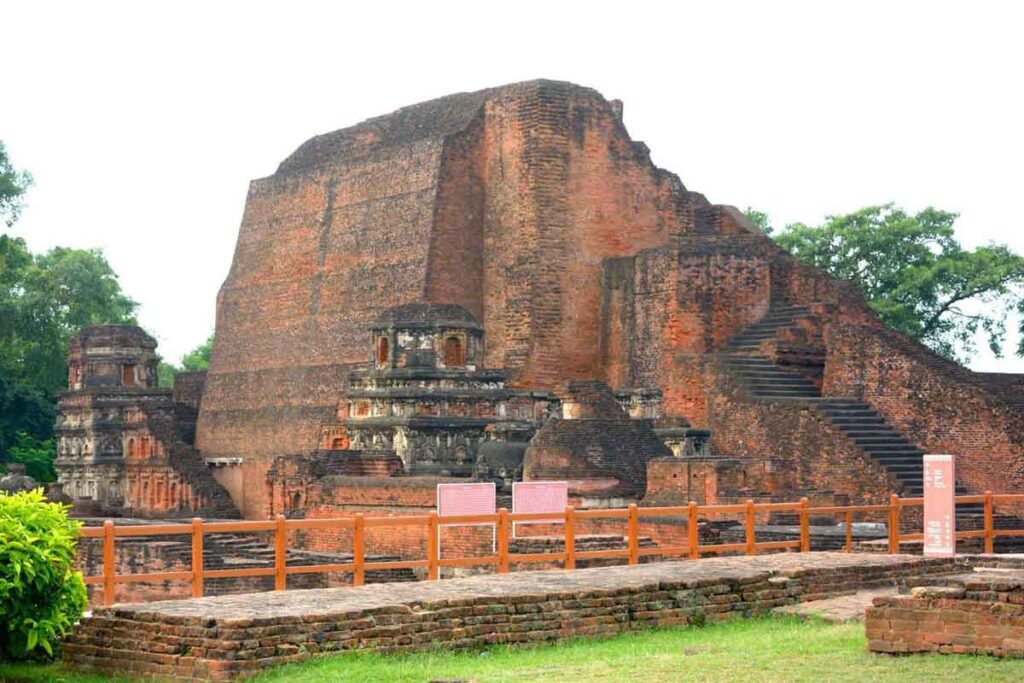
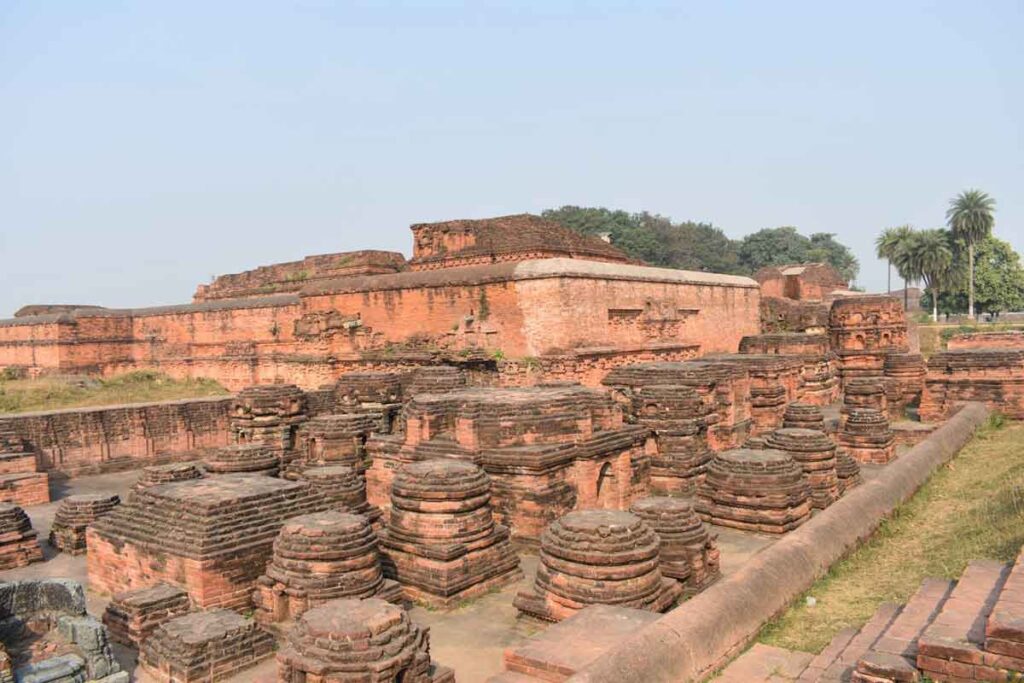
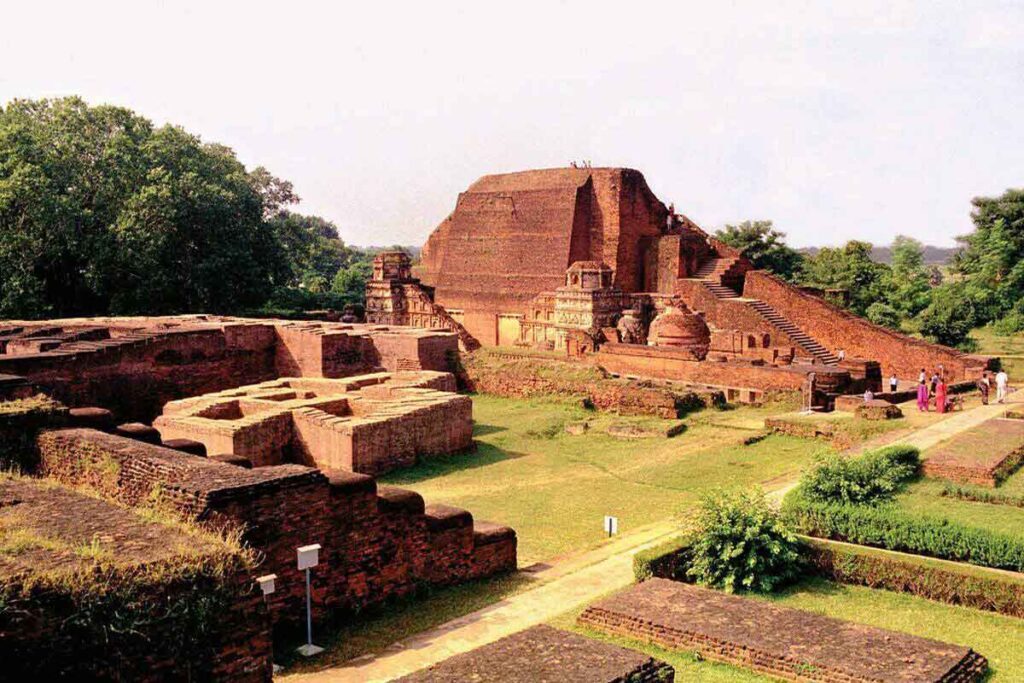
Khangchendzonga National Park
The Khangchendzonga National Park includes a unique diversity of plains, valleys, lakes, glaciers and spectacular snow-capped mountains covered with ancient forests, including the world’s third-highest peak, Mount Khangchendzonga. It was inscribed to the UNESCO World Heritage Sites list in July 2016, becoming the first “Mixed Heritage” site of India.
Khangchendzonga National Park Images
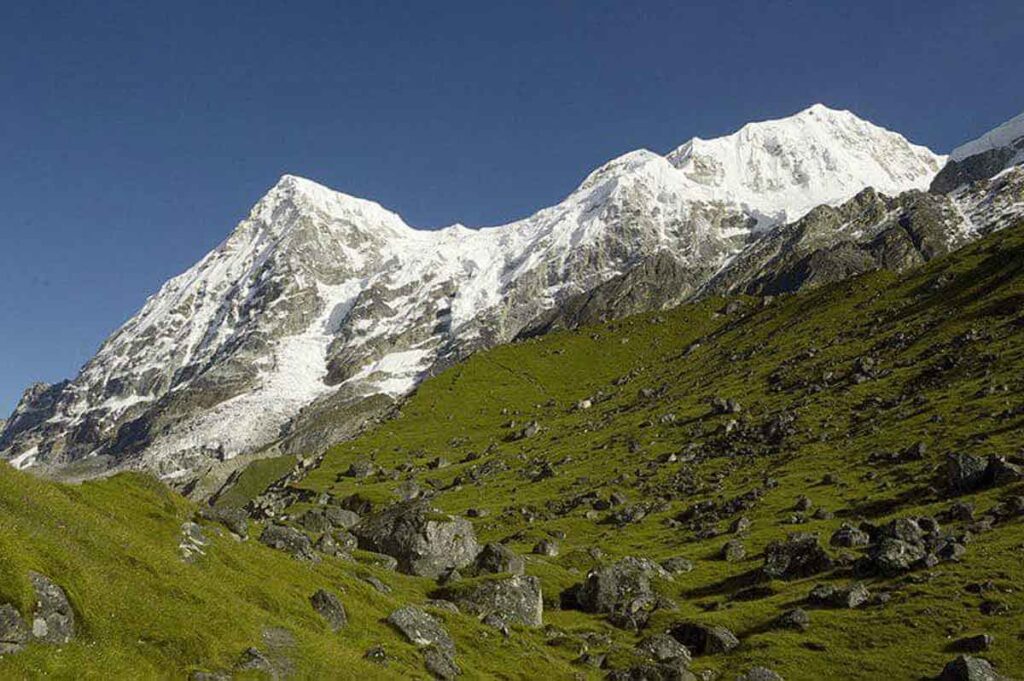
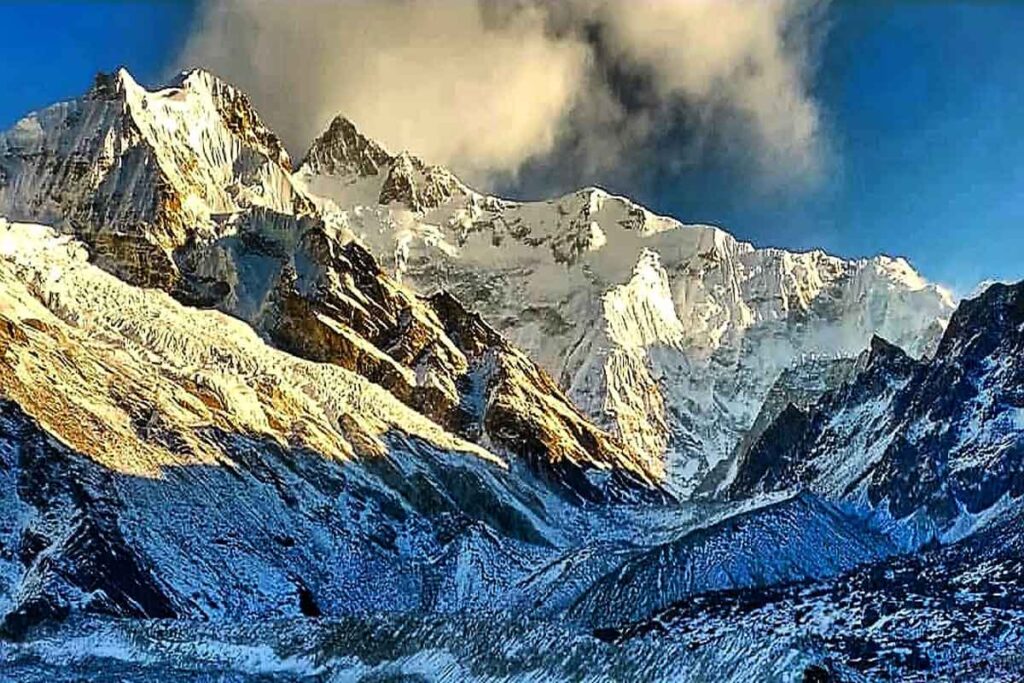
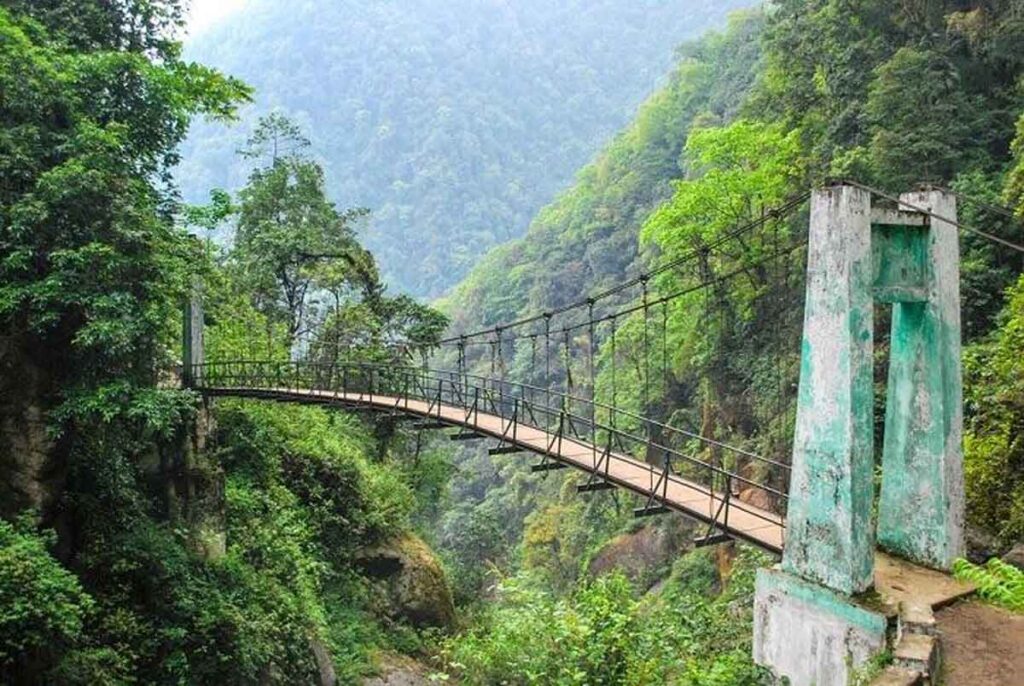
The Architectural Work Of Le Corbusier
Declared a UNESCO World Heritage Site in 2016 under the Architectural Work of Le Corbusier the Complexe du Capitole in Chandigarh. This complex includes three distinctive masterpieces of Le Corbusier the Secretariat, the High Court and the Legislative Assembly.
The Architectural Work Of Le Corbusier Images
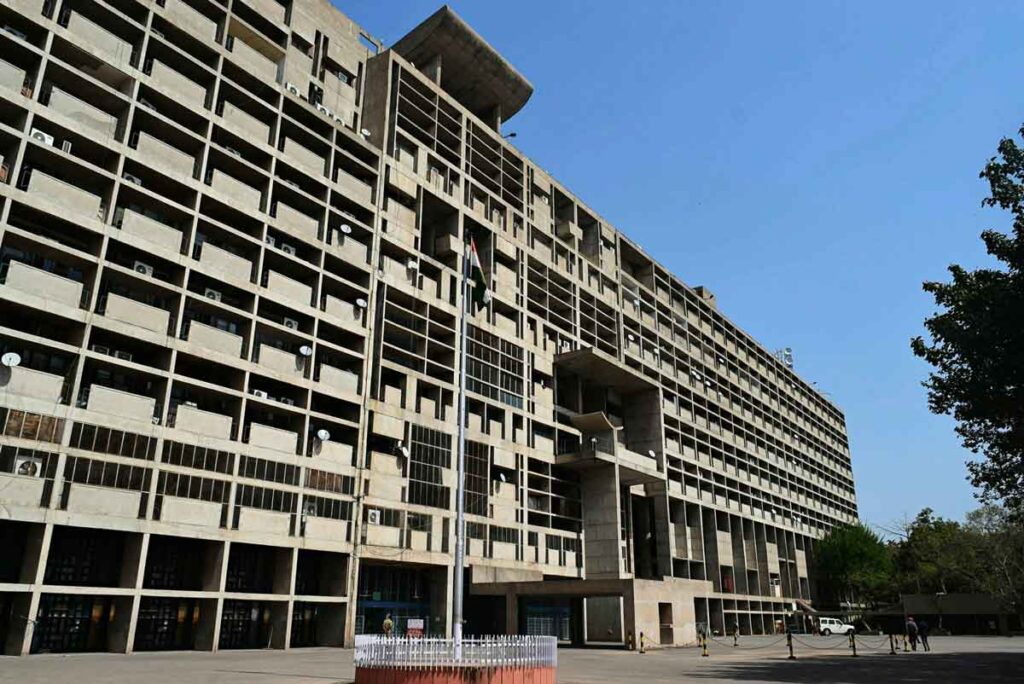
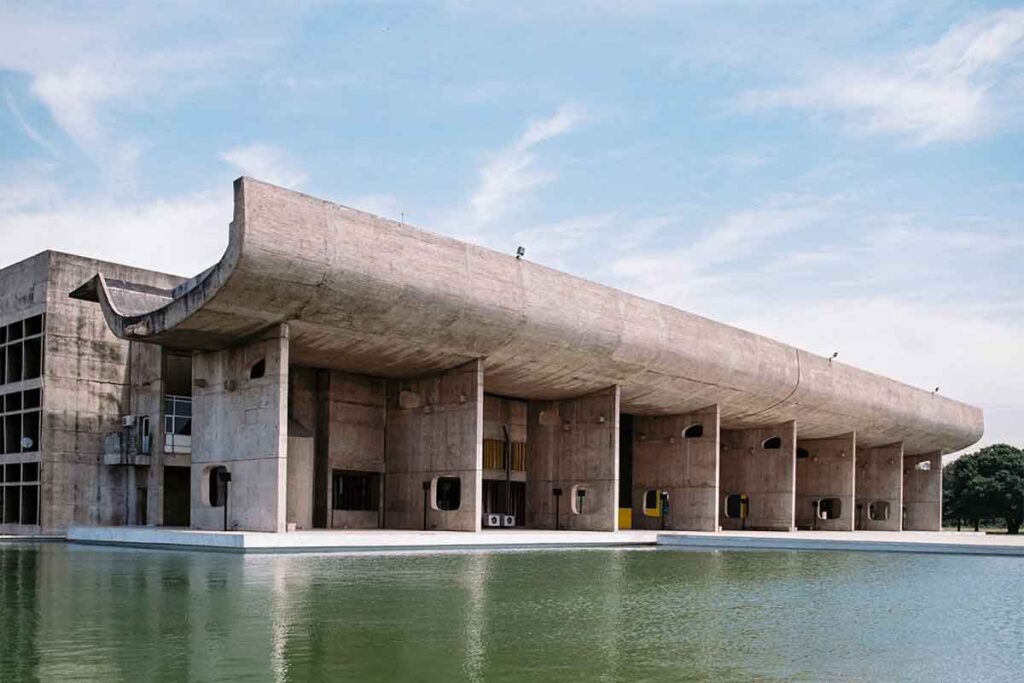
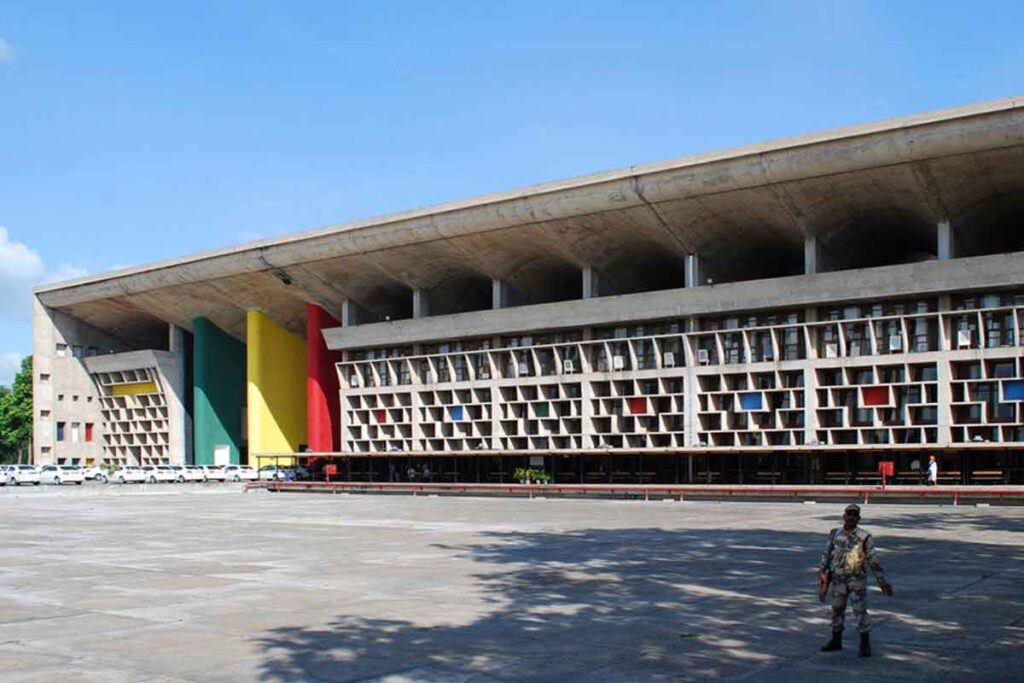
Historic City of Ahmedabad – India’s first city World Heritage sites in India
The walled city of Ahmadabad, founded by Sultan Ahmad Shah in the 15th century, on the eastern bank of the Sabarmati river. Presently a rich architectural heritage from the sultanate period, notably the Bhadra citadel, the walls and gates of the Fort city and numerous mosques and tombs as well as important Hindu and Jain temples of later periods. It was inscribed as the World Heritage City by UNESCO in July 2017
Historic City of Ahmedabad Images
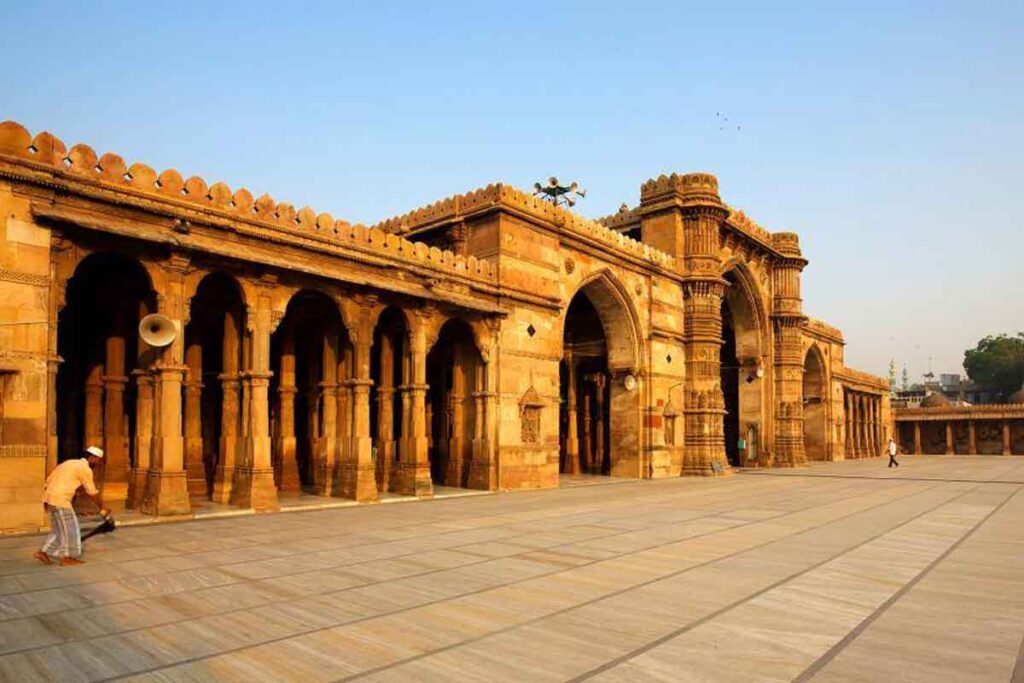
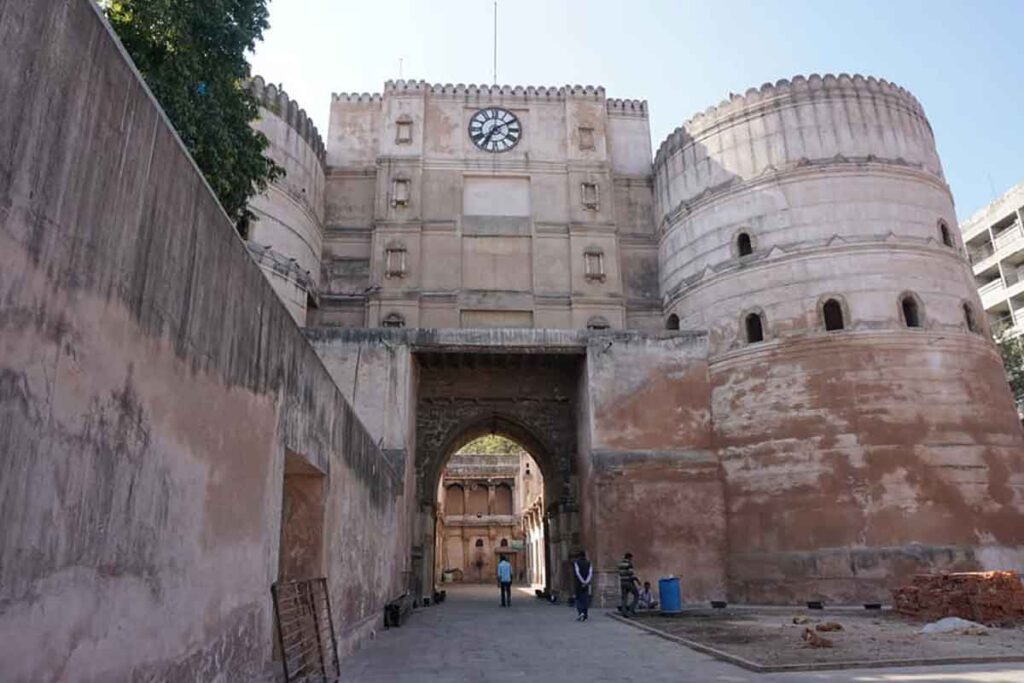
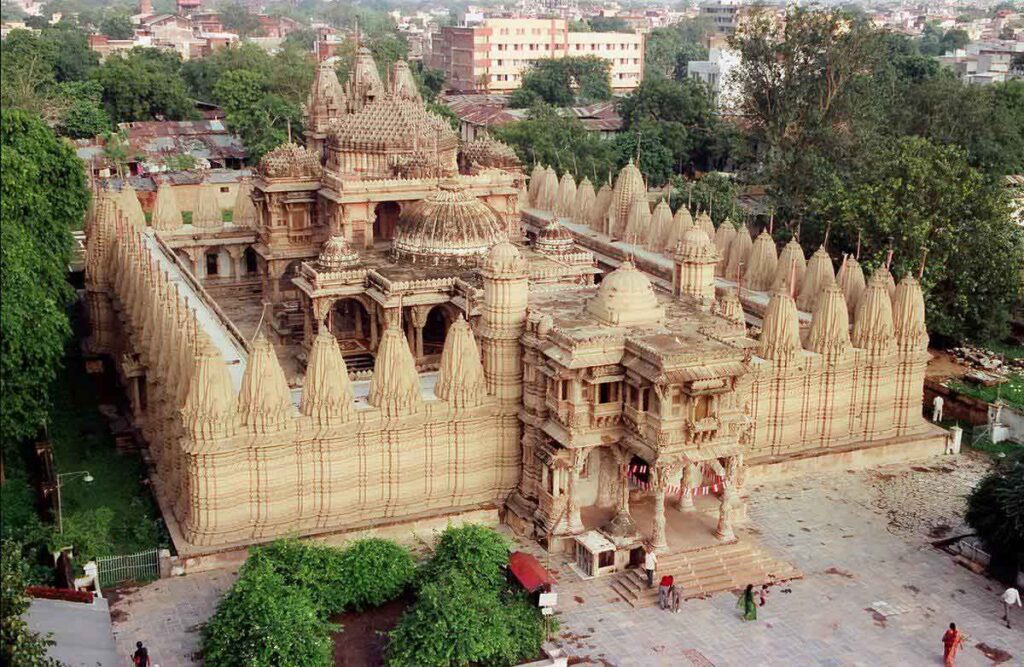
The Victorian and Art Deco Ensemble of Mumbai
This is a collection of the Victorian Gothic buildings and Art Deco buildings. The 19th-century Victorian Gothic and 20th-century Art Deco Ensembles of Mumbai were inscribed on the UNESCO World Heritage Site List in 2018. Some of the popular buildings stand along the sea and are conjoined by Oval Maidan are the Bombay High Court, Rajabai Clock Tower, Eros Cinema and Convocation Hall, University of Mumbai, University Library Mumbai.
The Victorian and Art Deco Ensemble of Mumbai Images
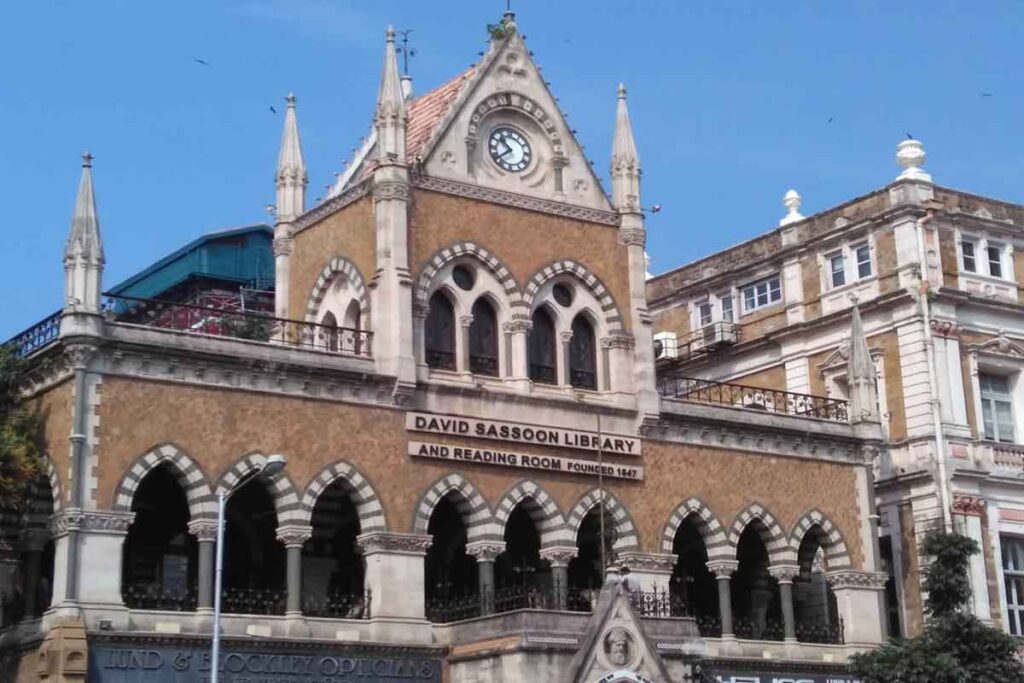
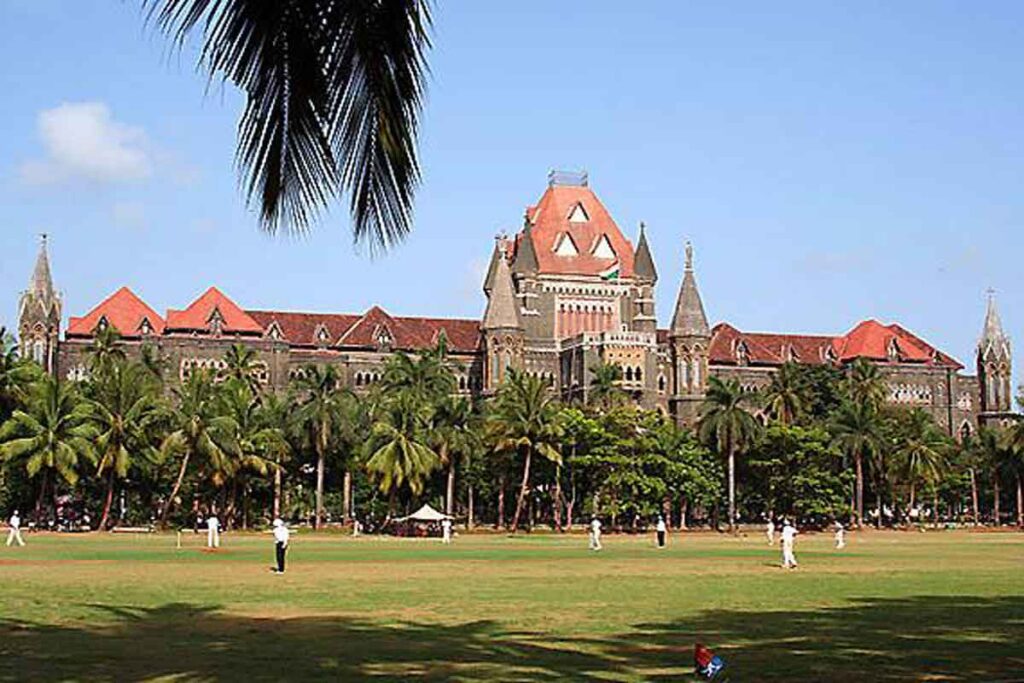
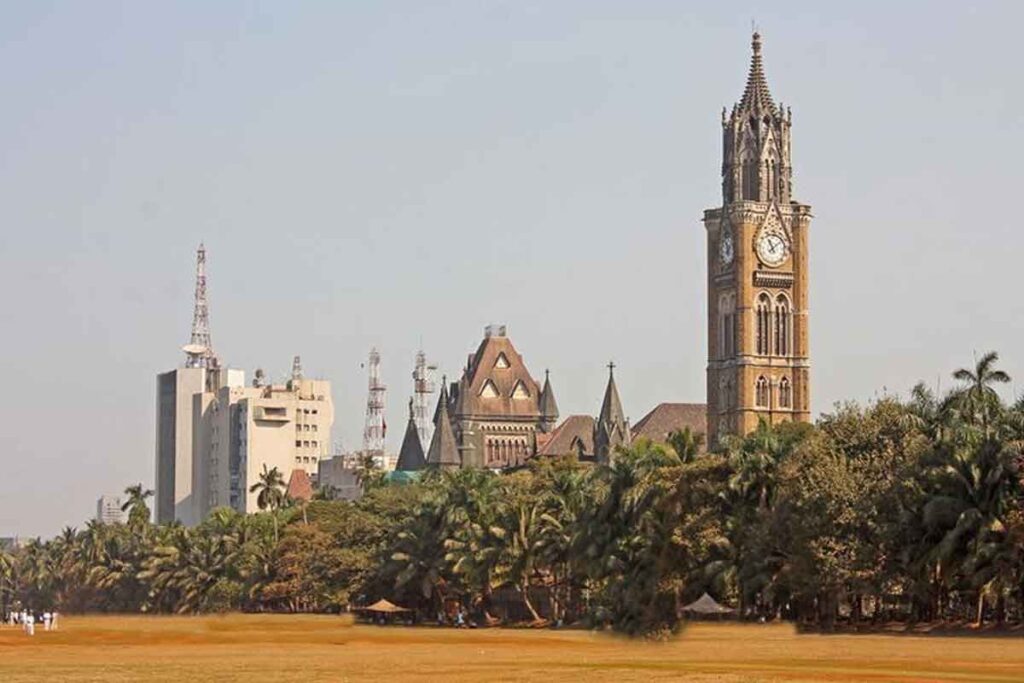
Jaipur
Jaipur was founded in 1727 by the Rajput ruler Jai Singh II, the ruler of Amer after whom the city is named. On 6 July 2019, UNESCO World Heritage Committee inscribed Jaipur the ‘Pink City of India’ among its World Heritage Sites. The city is also home to the UNESCO World Heritage Sites Amber Fort and Jantar Mantar.
Jaipur Images
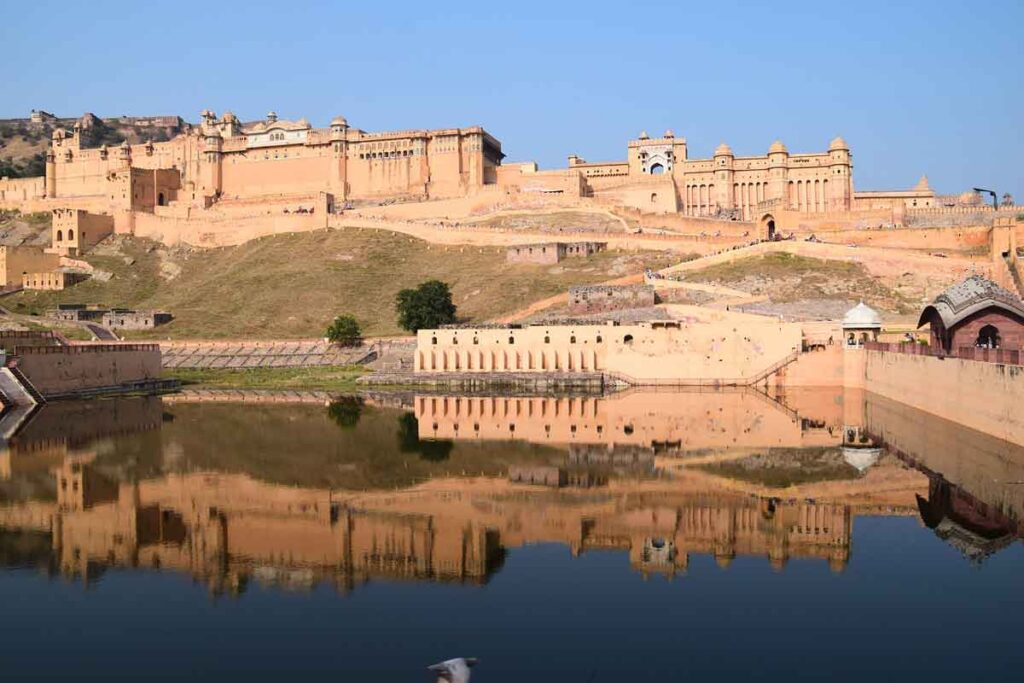
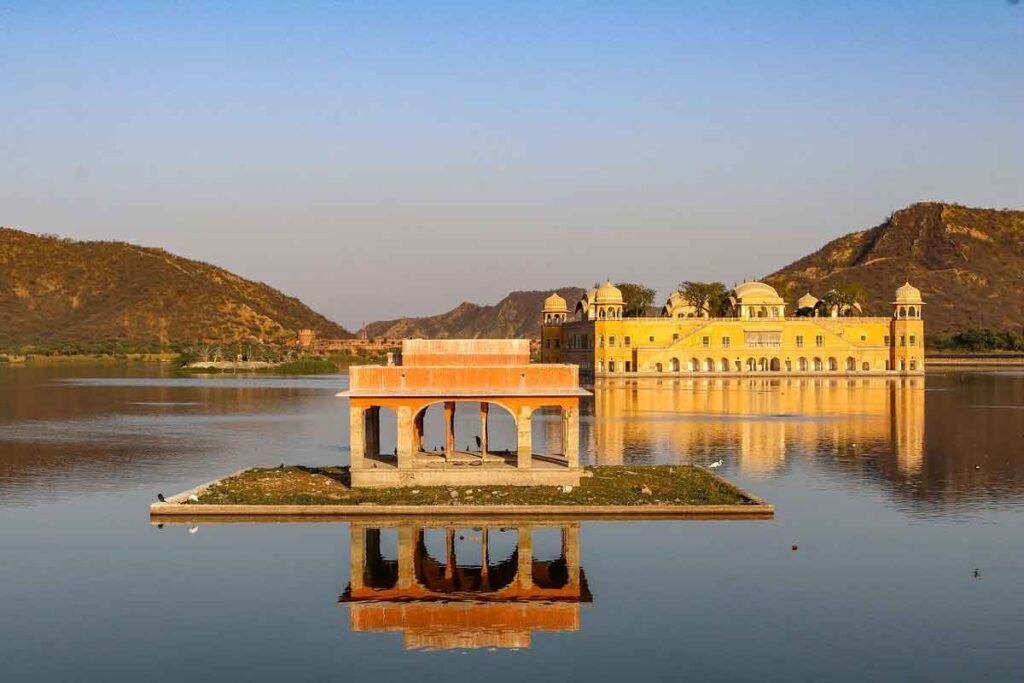
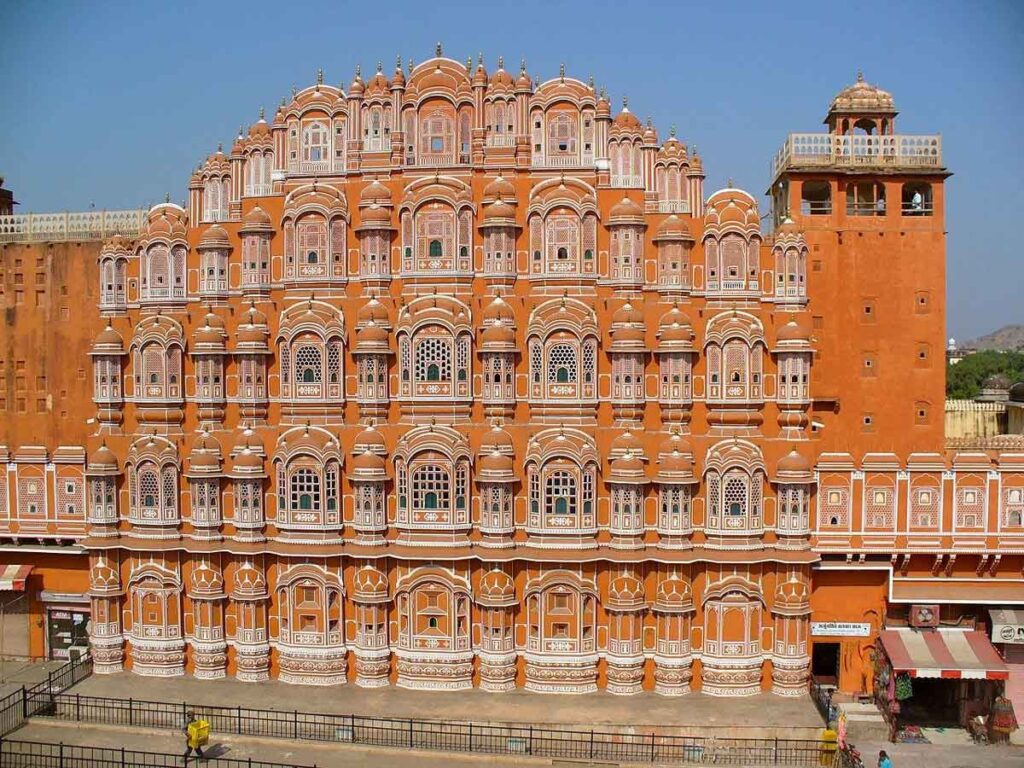
Here’s the official list of the world heritage sites in India By UNESCO
UNESCO World Heritage Sites in India
